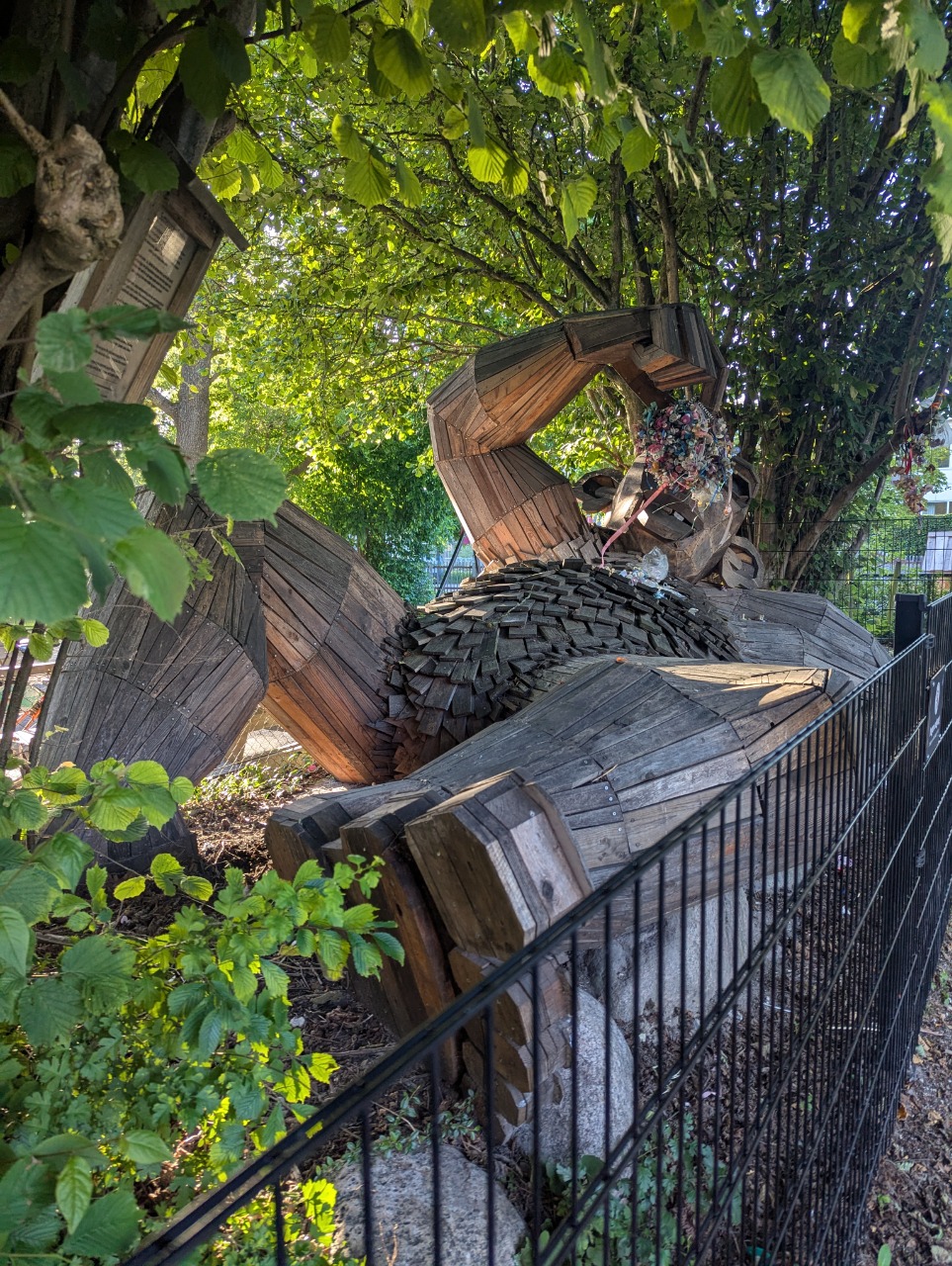Riding Betwixt East and West
1500 miles, sometimes along the course of the Iron Curtain
July 1 - 16, 2025 -- compiled by Jeff DePree
featured on jeffdepree.com
}
1500 miles, sometimes along the course of the Iron Curtain
July 1 - 16, 2025 -- compiled by Jeff DePree
featured on jeffdepree.com
Perhaps my favorite moment of any summer day in Englewood is when I ride along the one block of Dartmouth where, years ago, some collective decision was made to plant sunflowers with wild abandon. The drab grey sidewalk of the preceding blocks is abruptly supplanted by a thousand golden blossoms that erupt from every sidewalk crack and fence gap, and briefly turn your mind to mush with their all-consuming splendor.
And this is the feeling that pervaded much of my ride through Eastern Europe. Vast fields of sunflowers stood tall and bravely faced each new 4am sunrise, their glowing stares evocative of the heady optimism of a region that, after decades of sooty Soviet torpor, is charging boldly into a bright new future.
EuroVelos 13, 11, and 6
en.eurovelo.com/
I initially followed the EV13 west along the coast. After some spicier moments around Gdynia, this route follows a series of smooth, well-signed paths through the forests and along crowded beaches. I passed dozens of long-distance bikepackers each day, as well as hundreds of cyclists, commuters, and cruisers. There isn’t much in the way of scenery in this section, and the towns have largely opted for a garish, consumerist beach culture that I found a bit off-putting. After searching through German hotels and finding nothing under $100, I bailed on a convenient and comfortable night train to Krakow.
Traversing the border zone is surreal, as it involves riding for miles on a 30ft-wide bike highway amidst a solid stream of traffic. The first town on the German side, a Disney World-esque fairy tale of stately mansions along a promenade, has no car traffic, and is awesomely silent, despite buzzing with commerce, riders, and pedestrians.
The route south of Krakow largely follows bike paths and quiet roads along rivers and through farmland. This EV is unpopular with cycle tourists, and most of the traffic was local lycra types. Closer to the Slovakian border, you are treated with hills and shady valleys, harboring picturesque villages replete with castles and sophisticated topiaries.
Despite what the EV site may have you believe, the route ceases to exist in Slovakia. If you attempt to follow it, you will find yourself dragging your bike through steep fields of weeds, and pushing it under electrified cattle fences. But the road south of Ľubotín is largely empty and very scenic. Prešov and Košice present some problematic traffic before things quiet down again around the Hungarian border.
Hungary is planning to build 15,000km of cycle paths this decade, and from the looks of things, they’re making great progress. The northern reaches offer a long, peaceful stretch of quiet, hilly roads. Then at some point, you get put atop a dike, in a wide field apart from civilization, and don’t really see much of anything for a really long time. Sárospatak offered a sizable collection of Makoveczian buildings, reminiscent of alien spaceships. Szeged, with its grand facades and wide pedestrian avenues, could go toe-to-toe with many a major European city – if anyone outside of southern Hungary ever hears of the place.
Serbia has a long stretch of peaceful farmland riding, sometimes on terrible pavement, followed by a very scenic run along the Danube. An exceptional riverside path transitions into a beautiful but busy highway, punctuated by many scary tunnels.
The Romanian sections largely consisted of well-paved, quiet highways through fields of sunflowers and watermelons. Horse-drawn carts carry crops from one tiny village to the next. Frequent groceries ensure that you don’t perish in the relentless sun.
Prior to the glitz and glamor of touristy Vidin, the short Bulgarian section feels largely abandoned and populated by aggressive street dogs. I tried to buy water from a bar/grocery that had taken over the vestibule of an old church, but found that cash was king and my Serbian dinars were worthless. In the city, I stayed amidst the weathered khrushchevkas that encircle the bustling medieval center.
Bike
I got quite lucky this time around – while the Gdansk shops were rather expensive, the first person I messaged on FB Marketplace got back to me quickly and had the perfect ride. All markings had been painted over, but it appeared to be a 90s hybrid that was in good repair and exactly the right size. It had a rack preinstalled and cost under $100. The Gdansk bikeshare is absurdly expansive, extending as much as 50 miles from the city center, and I was able to rent one for $2 to ride 45 minutes to the seller.
I slowly acquired tools over the course of the trip, but had no issues beyond a single flat tire. The penultimate hotel of the trip happened to offer bike rentals, and I traded my bike, its various accoutrements, and a bottle of sunscreen, to the proprietors for my night’s stay.
Weather
Since I started this trip during a heatwave, I initially planned to hug the Baltic/North Sea coast and enjoy weeks of cold, blustery weather. The coast was actually quite warm, and frequently offered unrelenting sun from 4 in the morning till 11 at night. It would’ve certainly gotten hotter as I headed south, but a couple days of rain brought a nice reprieve, and the only really suffery stretch was the last bit through the farmlands of southern Romania. I spent much time wandering the aisles of air-conditioned supermarkets that day.
Lodging
I generally got a comfortable private apartment, with a desk and kitchen, for $25-$50. Serbia had plenty of cheap options, while most everything was full along the coast of Poland. The residents of southern Romania had never really considered the possibility of a tourist rolling through.
Food
Gone are the days when you could waltz into the fanciest restaurant in town and order a multi-course meal for a couple bucks. The success of the various economies, coupled with the slide of the dollar, have brought the price of the average plate above $10 – though Serbia and Bulgaria remain cheaper. Coffee tends to be absurdly overpriced, often coming in around $4 for an espresso. I mostly survived on baked goods from the ever-present bakeries – a pickle mini-pizza or spinach burek still costs under $2.
Internet
For 15 cents at any Polish airport, you can get a simcard that's good for 30 days and gives you calls, texts, and 25gb of data -- and it works anywhere in the EU, so I was covered for the entire trip except for Serbia. I guess these exist to lure residents into a multi-year contract with a given company, but it’s a pretty amazing deal for tourists.
Borders
Crossings were practically non-existent for most of the trip, and I never once had to pull out my passport between my landing in Copenhagen and reaching the Serbian border. Likely because the EuroVelo system is primarily used by Europeans, it was never conveyed to me that the EV13 crossing south of Szeged is only open to EU and Serbian passports, and I ended up adding about 25 miles to my mileage for the day. The 13 zig-zags back and forth across the Romanian border, and I ended up with 7 additional stamps by the time I reached Bucharest. There was someone on hand to check my passport at the Bulgaria/Romania border, though this station theoretically should’ve been dismantled on July 1st.
Currencies
Every one of the seven countries on this trip had its own currency, which was sometimes annoying. All businesses in Poland, Denmark, and Hungary take credit cards, so you never actually have to carry cash. I made the mistake of getting a bunch of zloty, then leaving Poland on a Sunday when all the exchanges were closed. Cash is often necessary at stores in Serbia and Bulgaria, or when paying for rooms in private guesthouses, or when buying bicycles off Marketplace.
Ten Troll Hunt
I’m usually not overly excited about an 11-hour layover, but in my SAS flight to Gdansk, I saw a unique opportunity to enjoy Copenhagen’s world-renowned cycling infrastructure and visit many of the whimsical creations of Thomas Dambo, a Danish artist who has constructed over 130 trolls across the globe, largely from recycled wood (trollmap.com/). While my dysfunctional eSim presented some challenges, I was eventually able to wrestle a Donkey Republic bike into the range of the airport’s wifi. For $20, you get a continuous 24-hour rental on a heavy, but functional, city bike, and this enabled me to ride nearly 70 miles to 10 different trolls before I had to return for my connection.
www.strava.com/activities/14965357338
And this is the feeling that pervaded much of my ride through Eastern Europe. Vast fields of sunflowers stood tall and bravely faced each new 4am sunrise, their glowing stares evocative of the heady optimism of a region that, after decades of sooty Soviet torpor, is charging boldly into a bright new future.
EuroVelos 13, 11, and 6
en.eurovelo.com/
I initially followed the EV13 west along the coast. After some spicier moments around Gdynia, this route follows a series of smooth, well-signed paths through the forests and along crowded beaches. I passed dozens of long-distance bikepackers each day, as well as hundreds of cyclists, commuters, and cruisers. There isn’t much in the way of scenery in this section, and the towns have largely opted for a garish, consumerist beach culture that I found a bit off-putting. After searching through German hotels and finding nothing under $100, I bailed on a convenient and comfortable night train to Krakow.
Traversing the border zone is surreal, as it involves riding for miles on a 30ft-wide bike highway amidst a solid stream of traffic. The first town on the German side, a Disney World-esque fairy tale of stately mansions along a promenade, has no car traffic, and is awesomely silent, despite buzzing with commerce, riders, and pedestrians.
The route south of Krakow largely follows bike paths and quiet roads along rivers and through farmland. This EV is unpopular with cycle tourists, and most of the traffic was local lycra types. Closer to the Slovakian border, you are treated with hills and shady valleys, harboring picturesque villages replete with castles and sophisticated topiaries.
Despite what the EV site may have you believe, the route ceases to exist in Slovakia. If you attempt to follow it, you will find yourself dragging your bike through steep fields of weeds, and pushing it under electrified cattle fences. But the road south of Ľubotín is largely empty and very scenic. Prešov and Košice present some problematic traffic before things quiet down again around the Hungarian border.
Hungary is planning to build 15,000km of cycle paths this decade, and from the looks of things, they’re making great progress. The northern reaches offer a long, peaceful stretch of quiet, hilly roads. Then at some point, you get put atop a dike, in a wide field apart from civilization, and don’t really see much of anything for a really long time. Sárospatak offered a sizable collection of Makoveczian buildings, reminiscent of alien spaceships. Szeged, with its grand facades and wide pedestrian avenues, could go toe-to-toe with many a major European city – if anyone outside of southern Hungary ever hears of the place.
Serbia has a long stretch of peaceful farmland riding, sometimes on terrible pavement, followed by a very scenic run along the Danube. An exceptional riverside path transitions into a beautiful but busy highway, punctuated by many scary tunnels.
The Romanian sections largely consisted of well-paved, quiet highways through fields of sunflowers and watermelons. Horse-drawn carts carry crops from one tiny village to the next. Frequent groceries ensure that you don’t perish in the relentless sun.
Prior to the glitz and glamor of touristy Vidin, the short Bulgarian section feels largely abandoned and populated by aggressive street dogs. I tried to buy water from a bar/grocery that had taken over the vestibule of an old church, but found that cash was king and my Serbian dinars were worthless. In the city, I stayed amidst the weathered khrushchevkas that encircle the bustling medieval center.
Bike
I got quite lucky this time around – while the Gdansk shops were rather expensive, the first person I messaged on FB Marketplace got back to me quickly and had the perfect ride. All markings had been painted over, but it appeared to be a 90s hybrid that was in good repair and exactly the right size. It had a rack preinstalled and cost under $100. The Gdansk bikeshare is absurdly expansive, extending as much as 50 miles from the city center, and I was able to rent one for $2 to ride 45 minutes to the seller.
I slowly acquired tools over the course of the trip, but had no issues beyond a single flat tire. The penultimate hotel of the trip happened to offer bike rentals, and I traded my bike, its various accoutrements, and a bottle of sunscreen, to the proprietors for my night’s stay.
Weather
Since I started this trip during a heatwave, I initially planned to hug the Baltic/North Sea coast and enjoy weeks of cold, blustery weather. The coast was actually quite warm, and frequently offered unrelenting sun from 4 in the morning till 11 at night. It would’ve certainly gotten hotter as I headed south, but a couple days of rain brought a nice reprieve, and the only really suffery stretch was the last bit through the farmlands of southern Romania. I spent much time wandering the aisles of air-conditioned supermarkets that day.
Lodging
I generally got a comfortable private apartment, with a desk and kitchen, for $25-$50. Serbia had plenty of cheap options, while most everything was full along the coast of Poland. The residents of southern Romania had never really considered the possibility of a tourist rolling through.
Food
Gone are the days when you could waltz into the fanciest restaurant in town and order a multi-course meal for a couple bucks. The success of the various economies, coupled with the slide of the dollar, have brought the price of the average plate above $10 – though Serbia and Bulgaria remain cheaper. Coffee tends to be absurdly overpriced, often coming in around $4 for an espresso. I mostly survived on baked goods from the ever-present bakeries – a pickle mini-pizza or spinach burek still costs under $2.
Internet
For 15 cents at any Polish airport, you can get a simcard that's good for 30 days and gives you calls, texts, and 25gb of data -- and it works anywhere in the EU, so I was covered for the entire trip except for Serbia. I guess these exist to lure residents into a multi-year contract with a given company, but it’s a pretty amazing deal for tourists.
Borders
Crossings were practically non-existent for most of the trip, and I never once had to pull out my passport between my landing in Copenhagen and reaching the Serbian border. Likely because the EuroVelo system is primarily used by Europeans, it was never conveyed to me that the EV13 crossing south of Szeged is only open to EU and Serbian passports, and I ended up adding about 25 miles to my mileage for the day. The 13 zig-zags back and forth across the Romanian border, and I ended up with 7 additional stamps by the time I reached Bucharest. There was someone on hand to check my passport at the Bulgaria/Romania border, though this station theoretically should’ve been dismantled on July 1st.
Currencies
Every one of the seven countries on this trip had its own currency, which was sometimes annoying. All businesses in Poland, Denmark, and Hungary take credit cards, so you never actually have to carry cash. I made the mistake of getting a bunch of zloty, then leaving Poland on a Sunday when all the exchanges were closed. Cash is often necessary at stores in Serbia and Bulgaria, or when paying for rooms in private guesthouses, or when buying bicycles off Marketplace.
Ten Troll Hunt
I’m usually not overly excited about an 11-hour layover, but in my SAS flight to Gdansk, I saw a unique opportunity to enjoy Copenhagen’s world-renowned cycling infrastructure and visit many of the whimsical creations of Thomas Dambo, a Danish artist who has constructed over 130 trolls across the globe, largely from recycled wood (trollmap.com/). While my dysfunctional eSim presented some challenges, I was eventually able to wrestle a Donkey Republic bike into the range of the airport’s wifi. For $20, you get a continuous 24-hour rental on a heavy, but functional, city bike, and this enabled me to ride nearly 70 miles to 10 different trolls before I had to return for my connection.
www.strava.com/activities/14965357338
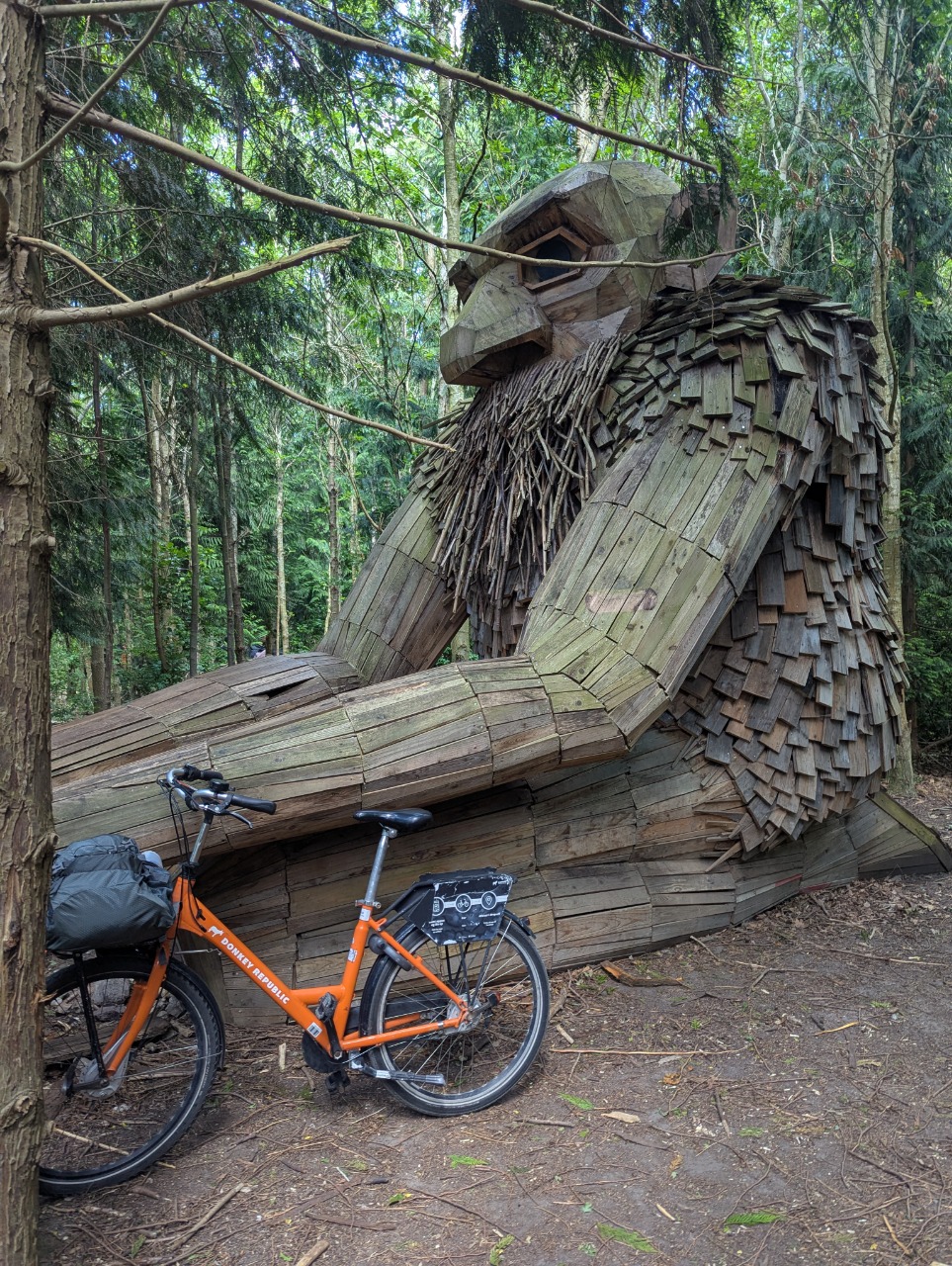
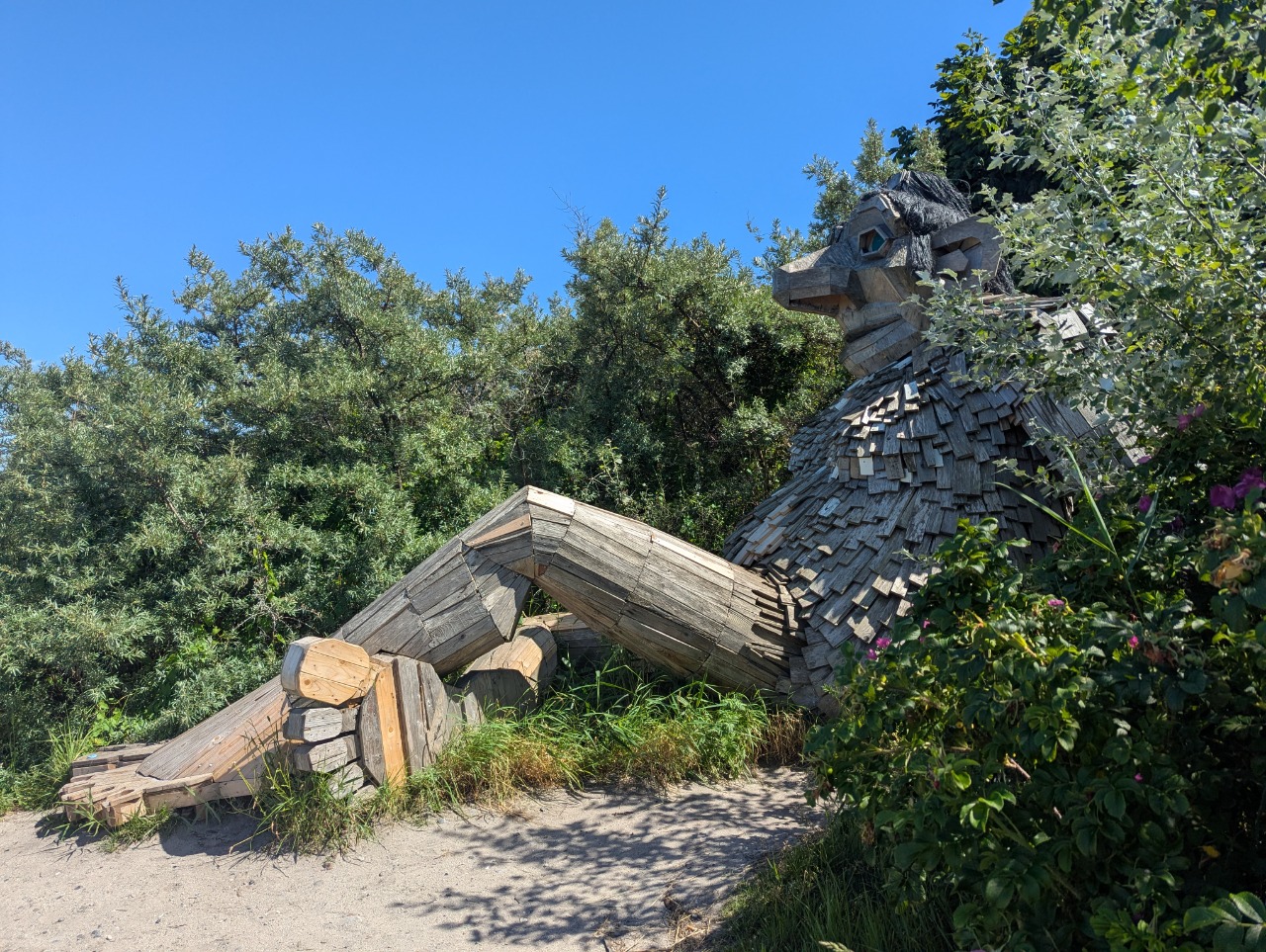
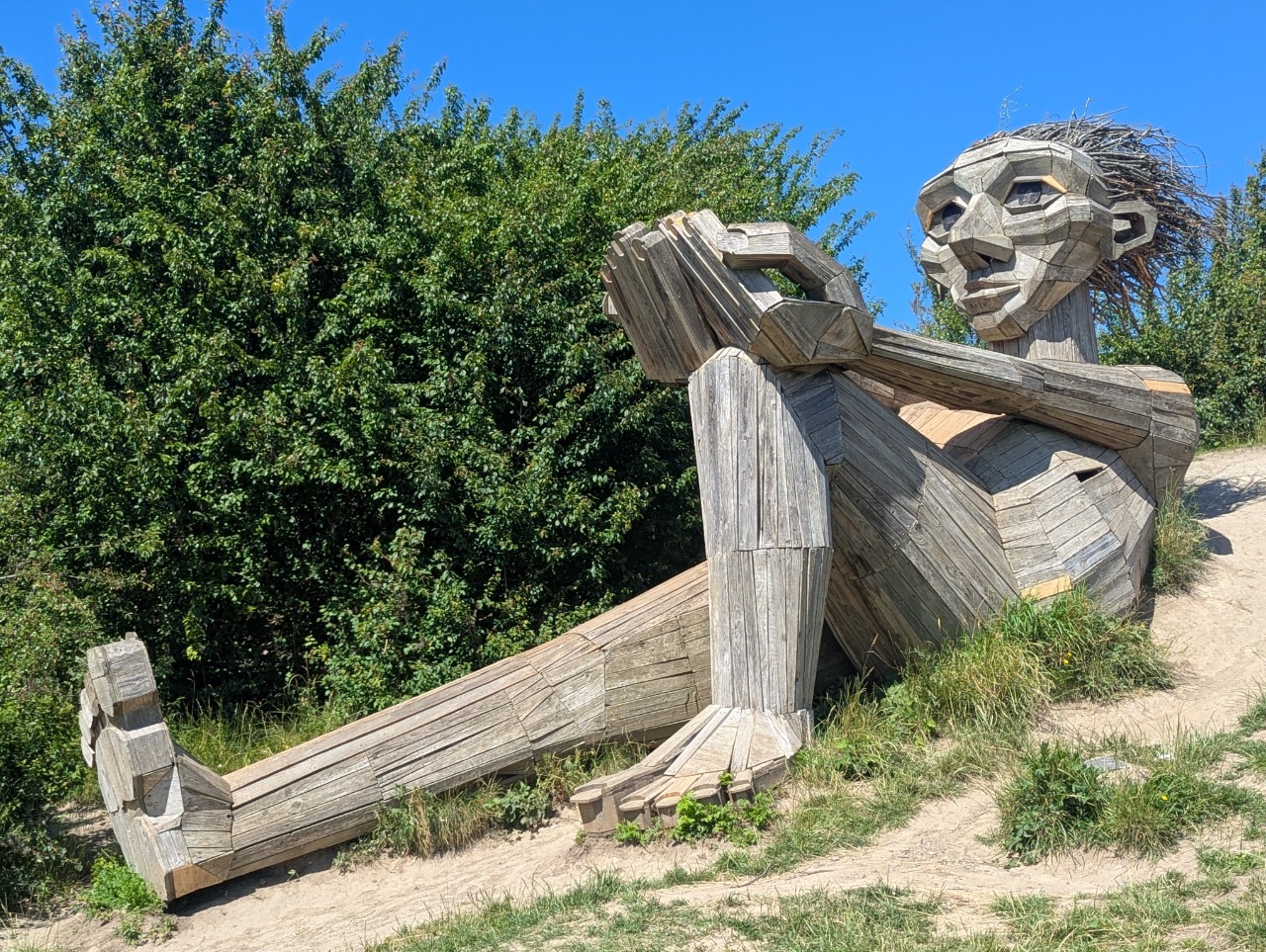

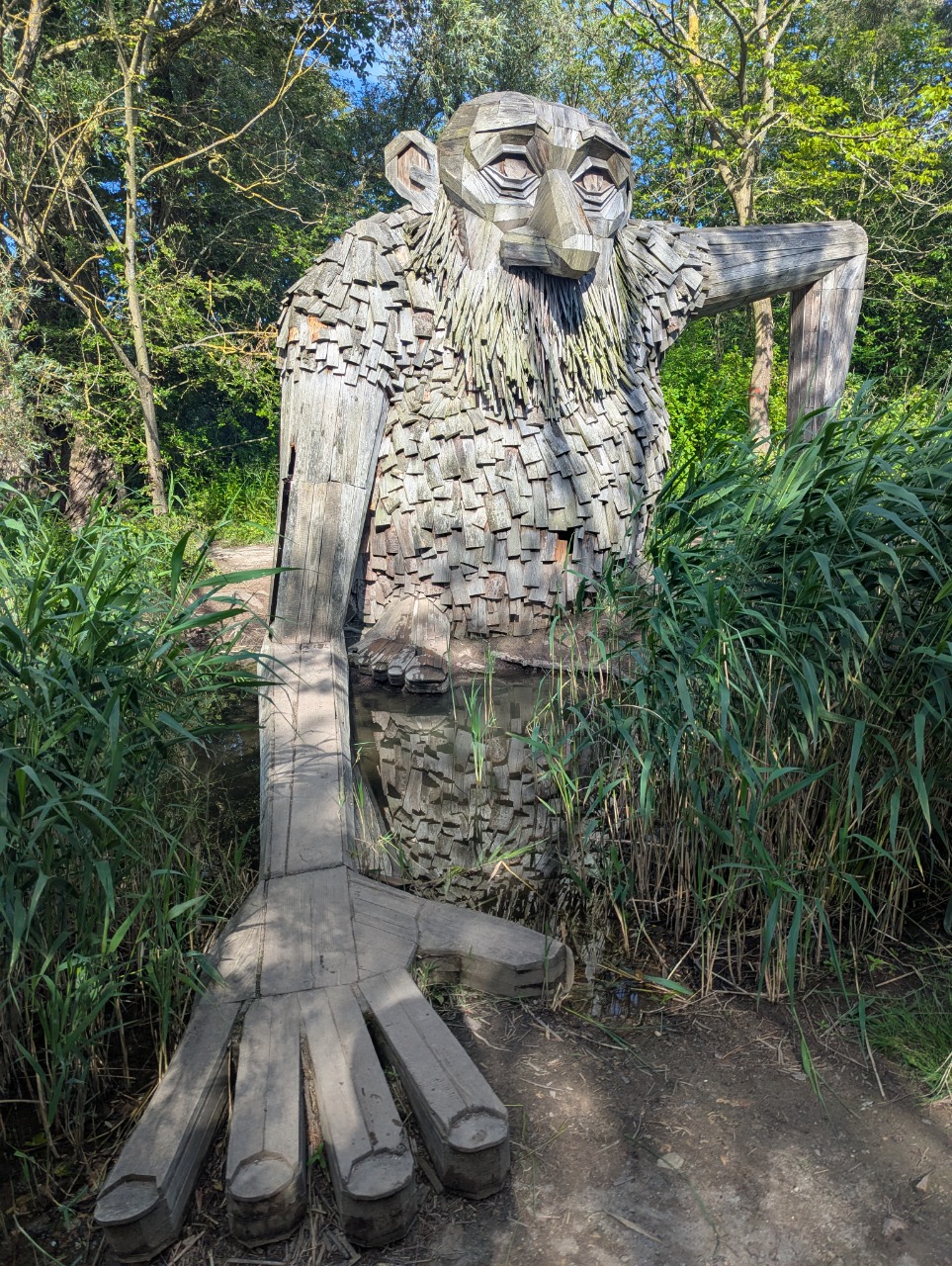
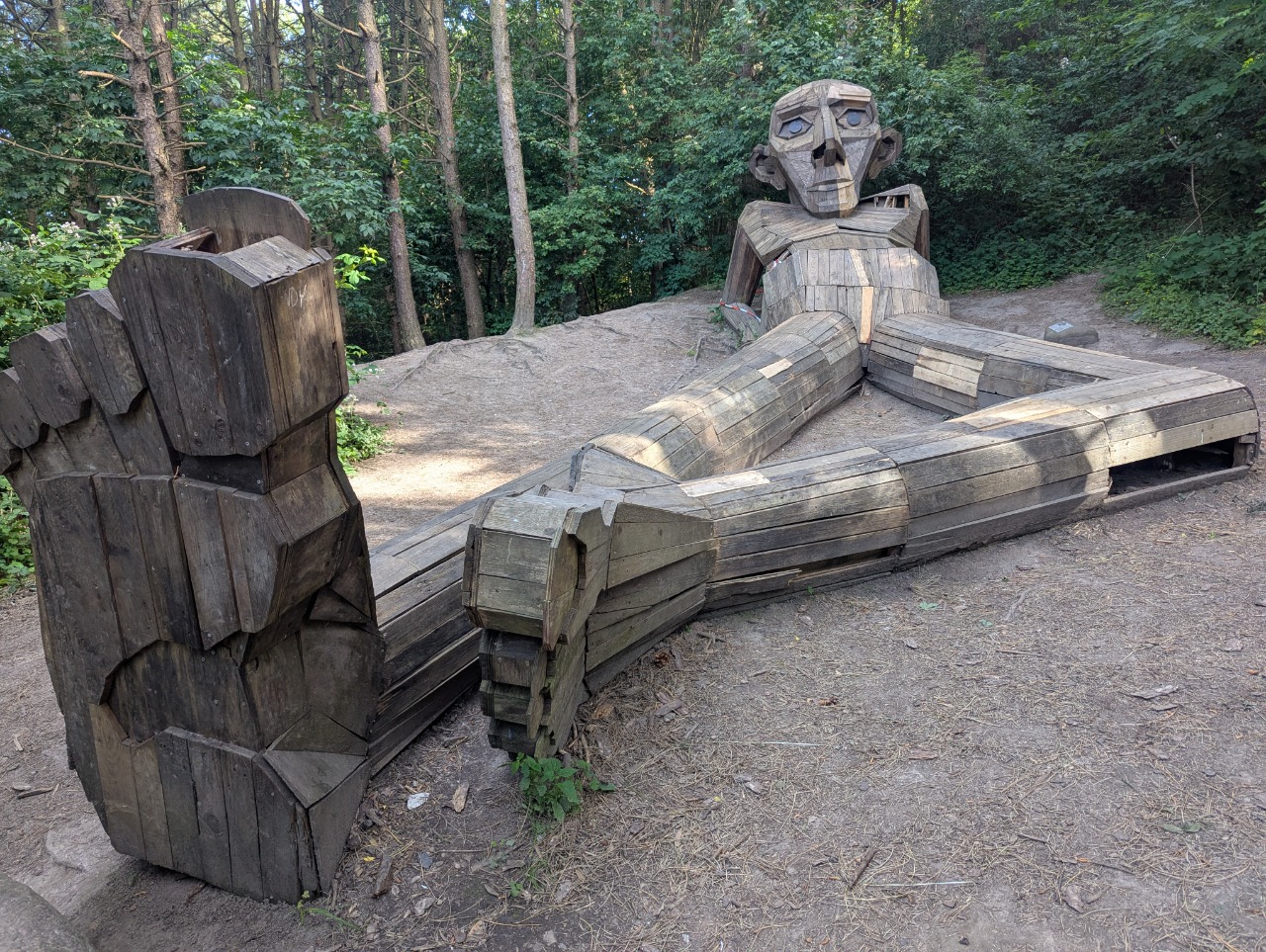
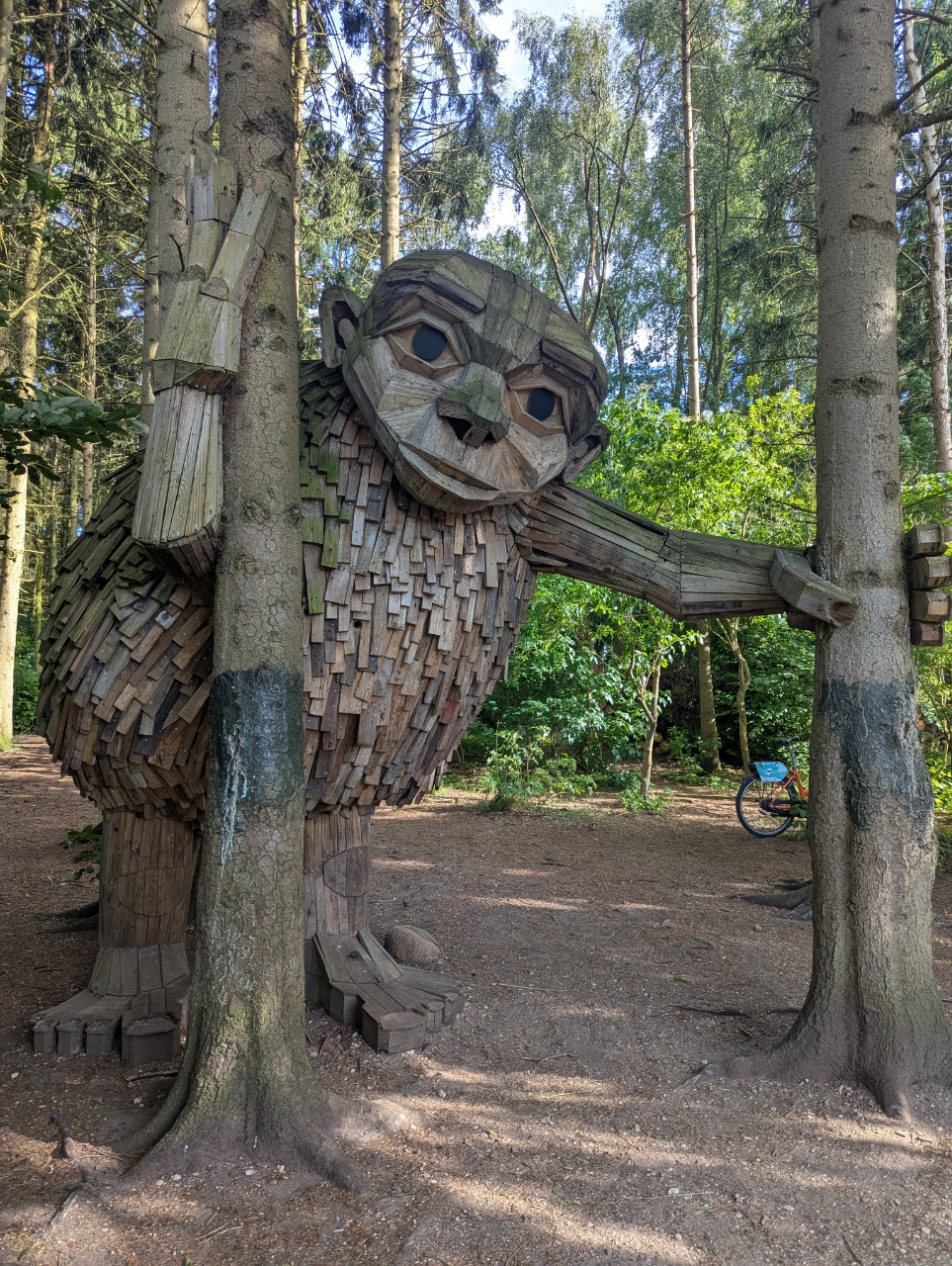

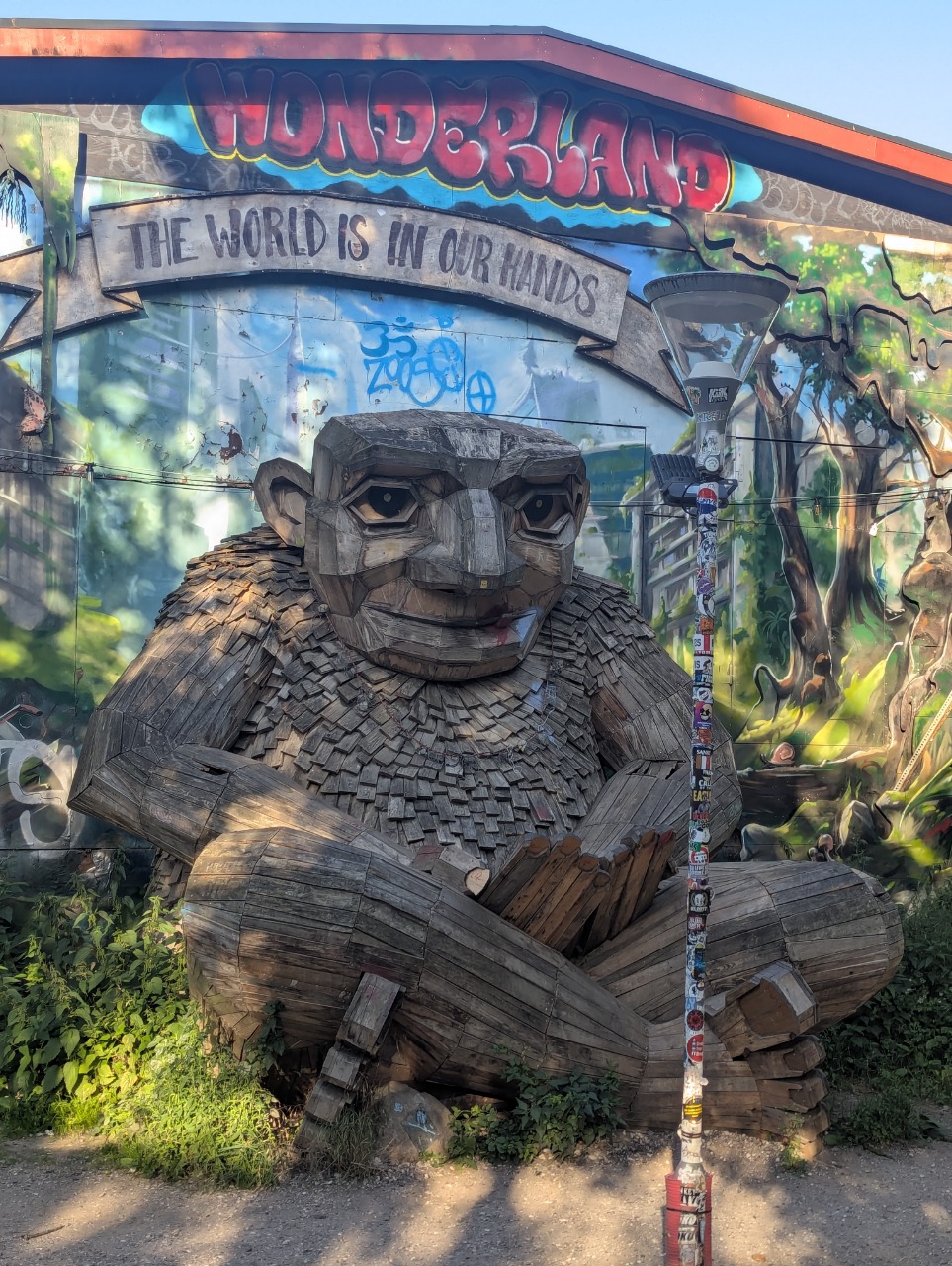

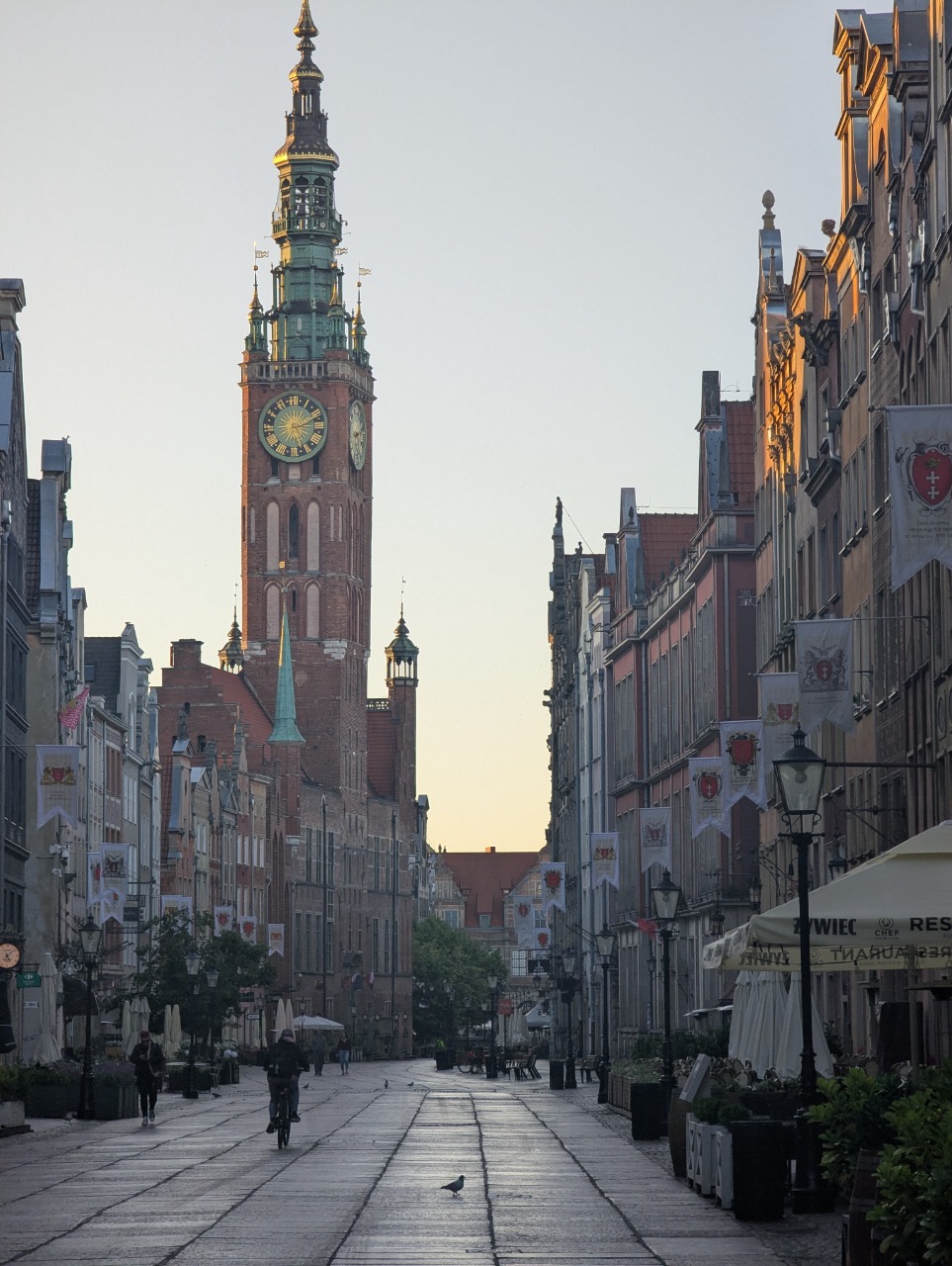


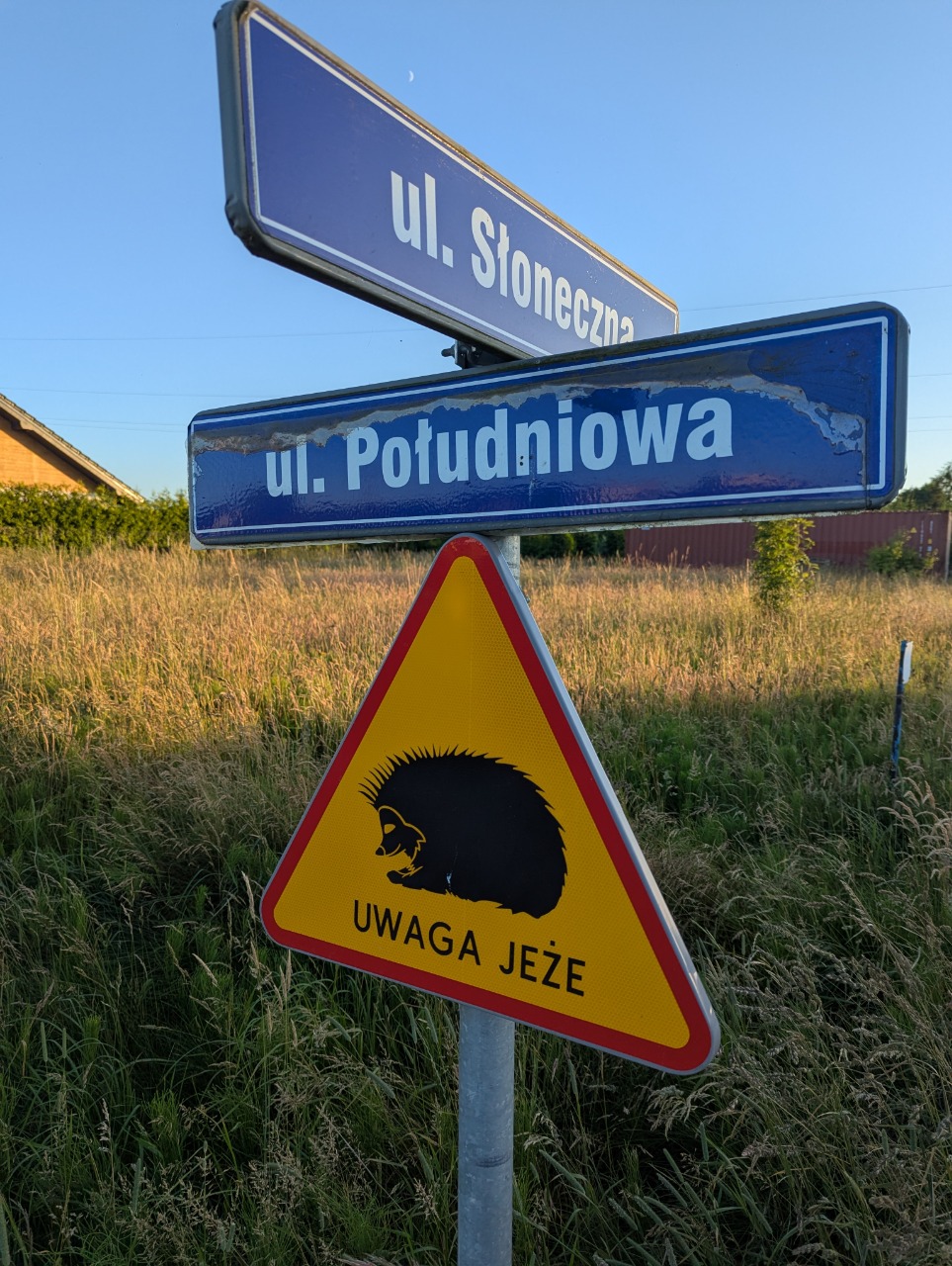

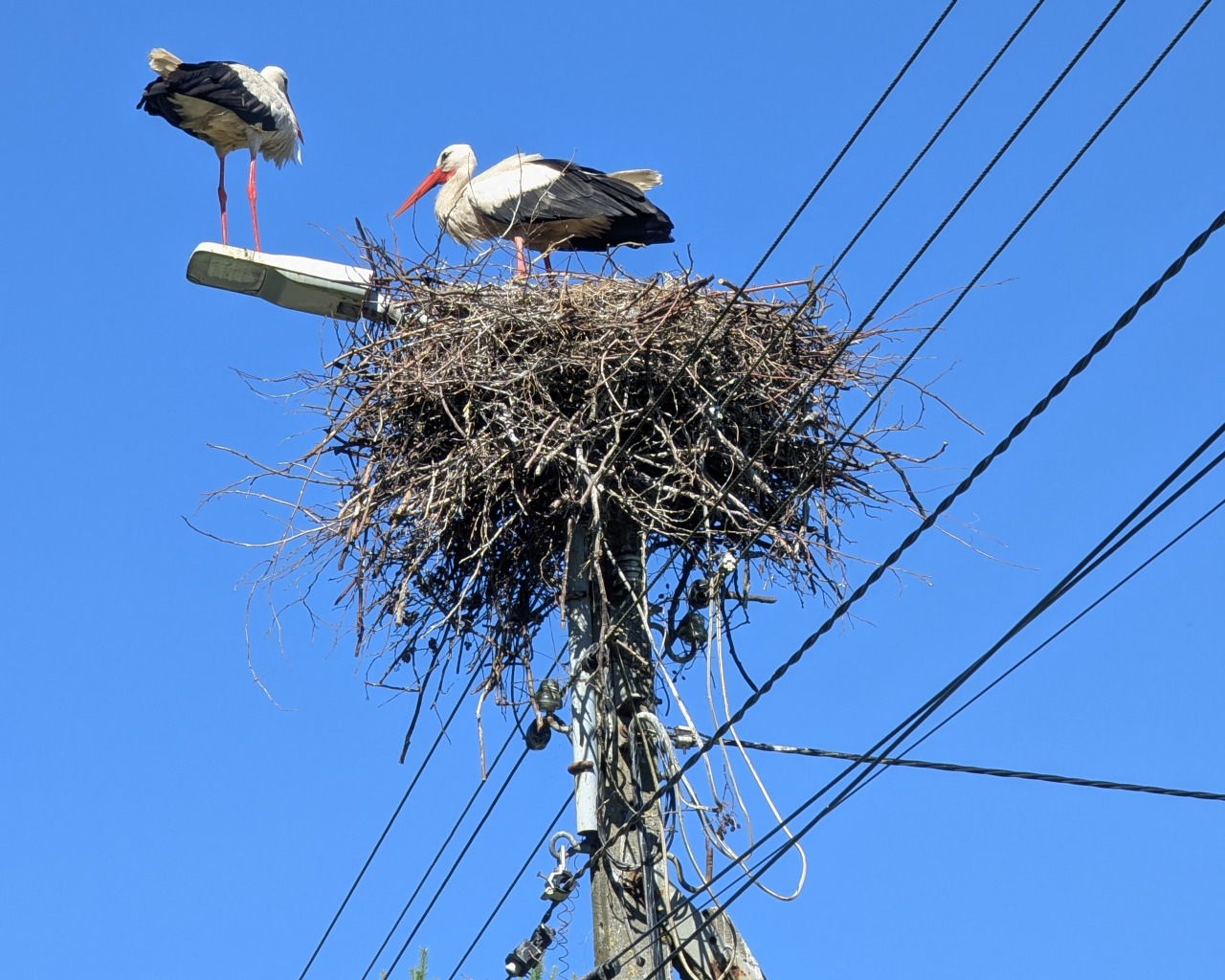



A problematic tandem arrangement.
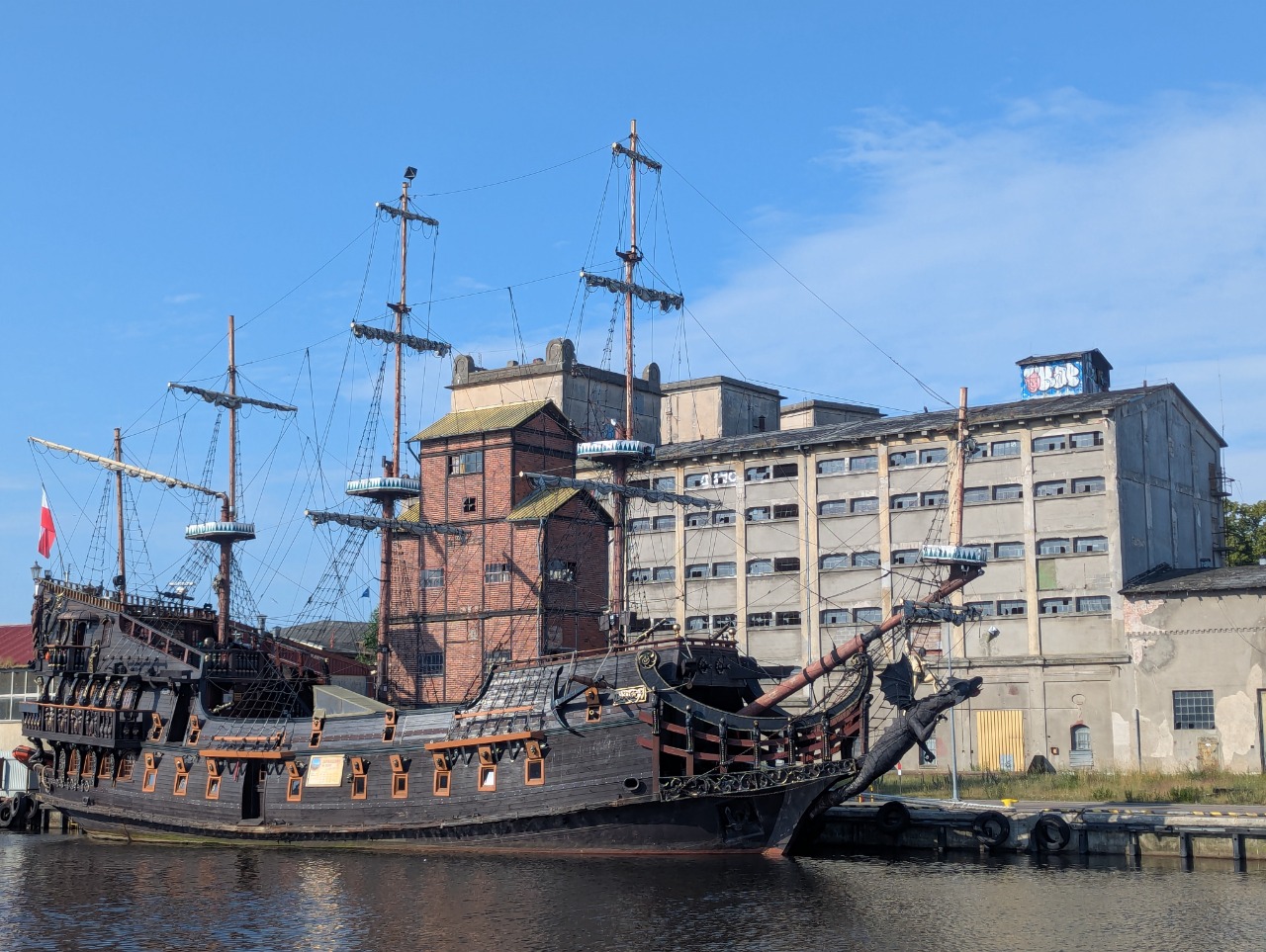
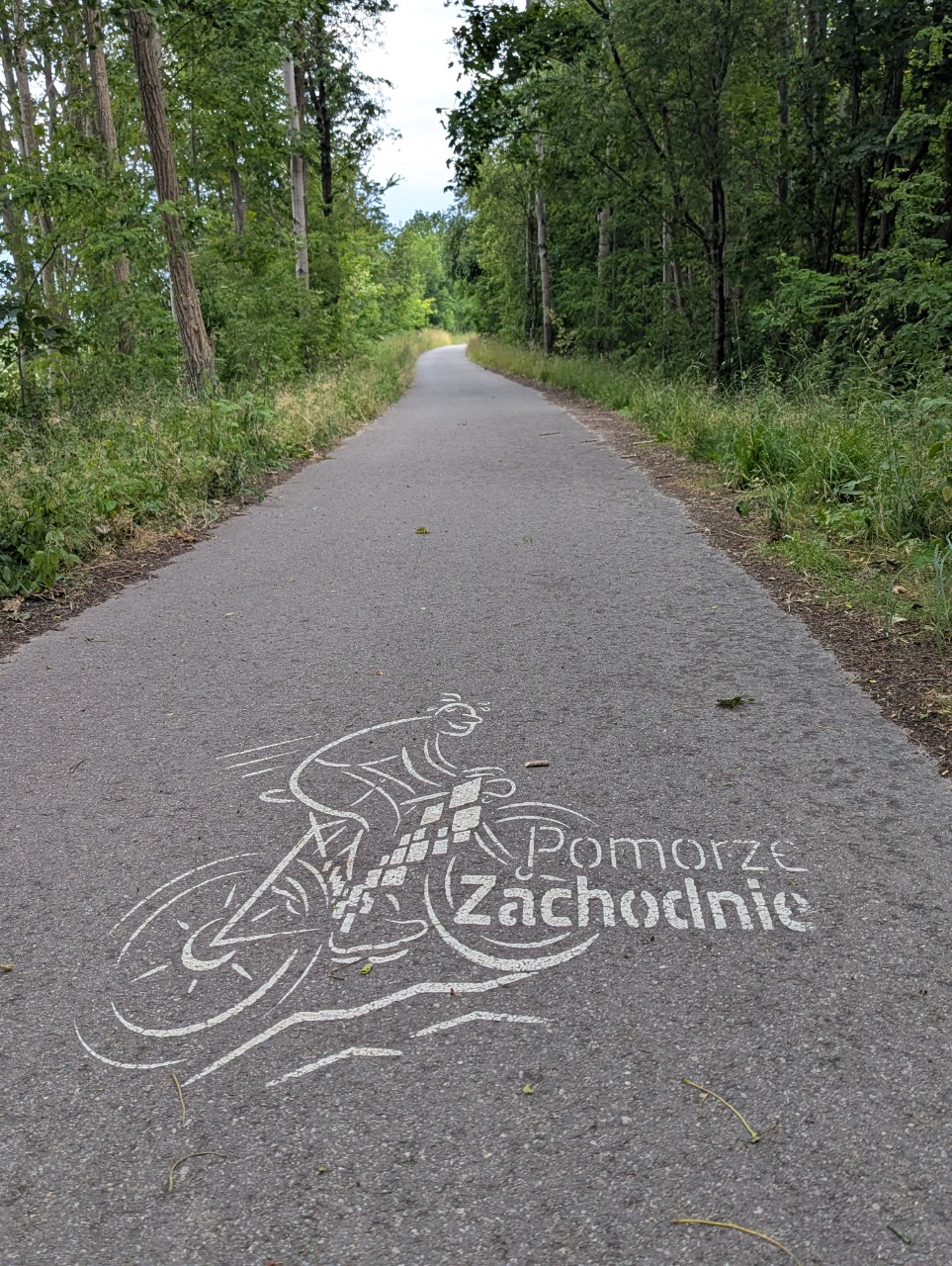





Yet another camino
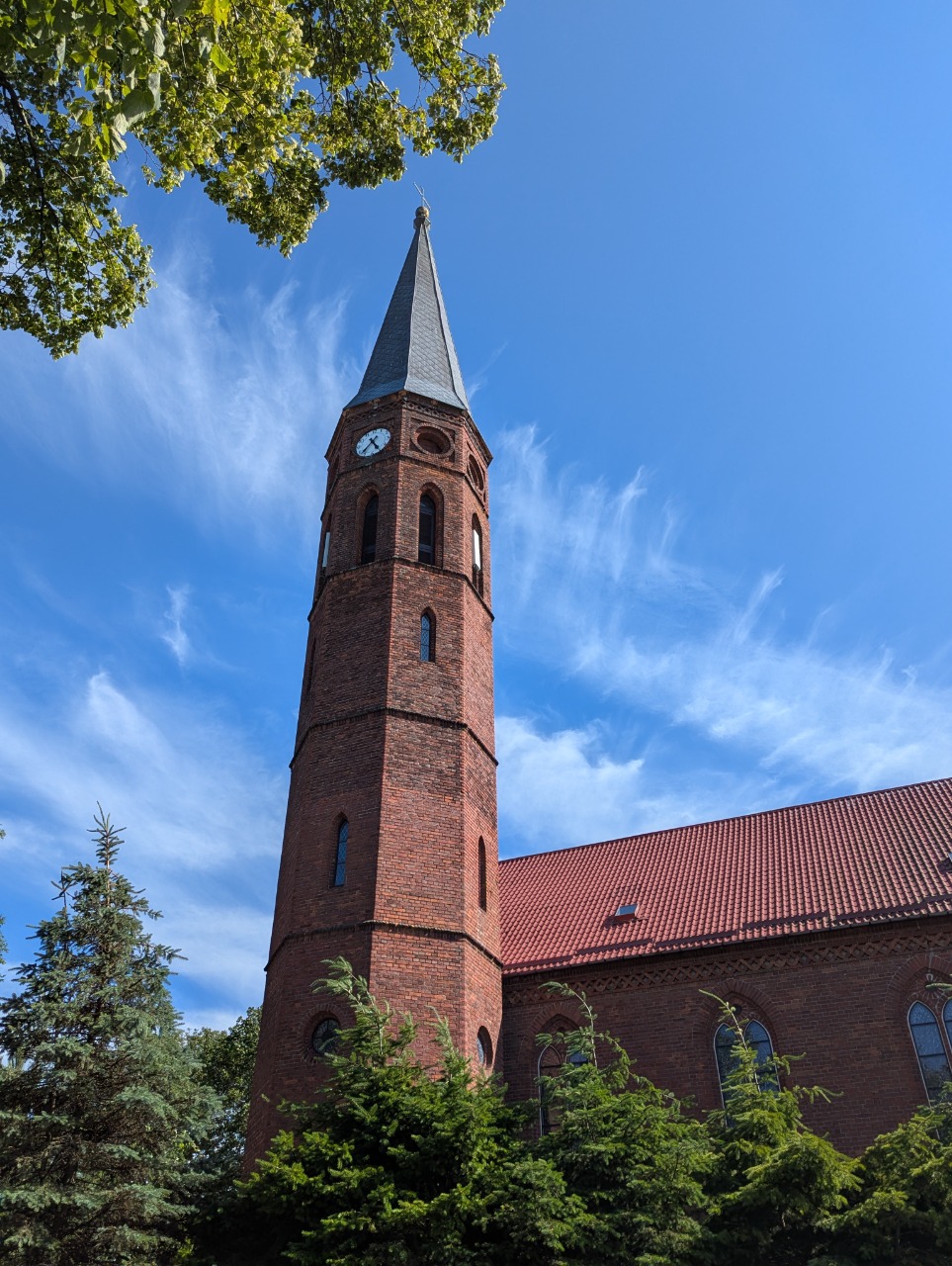
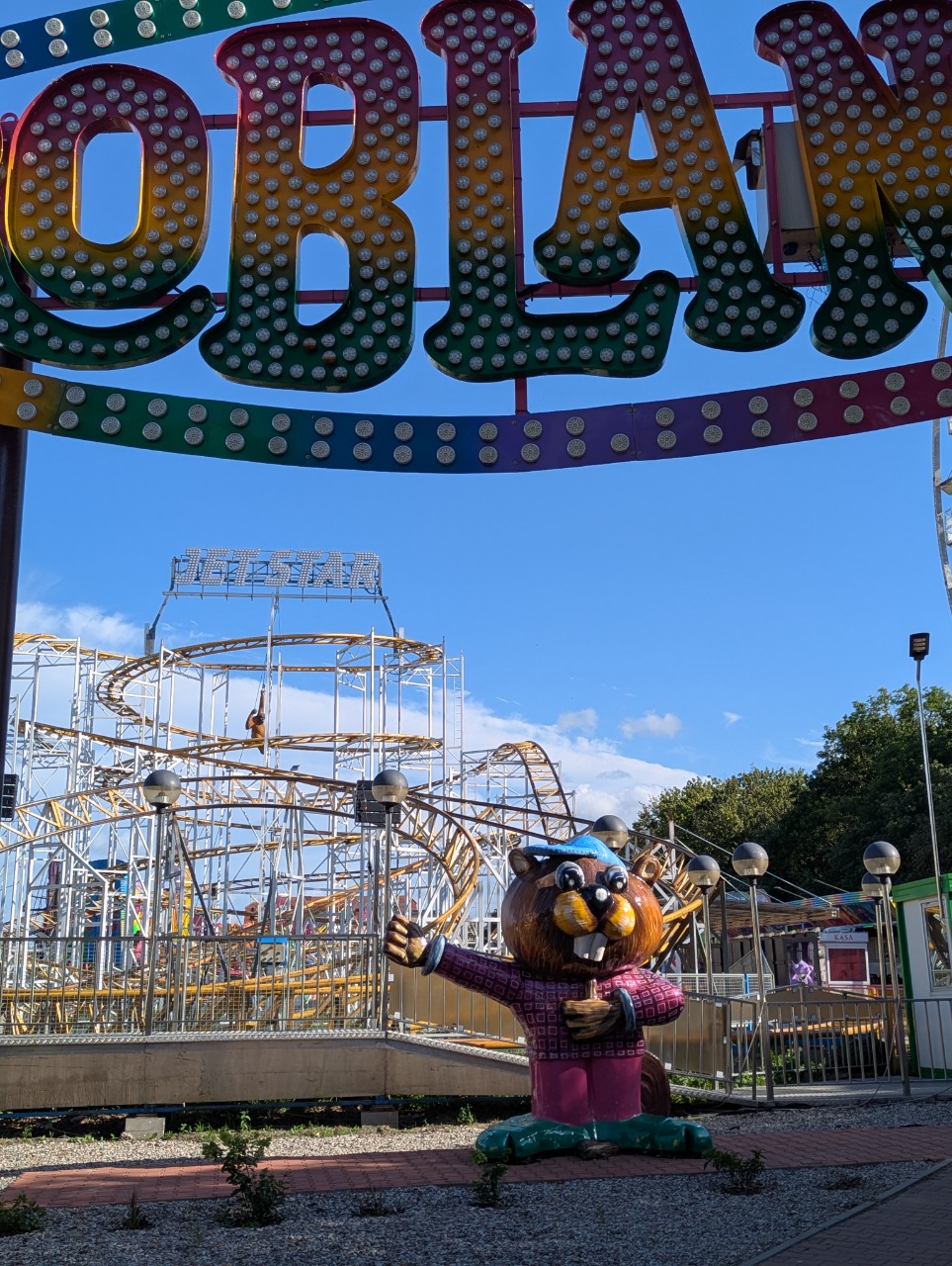


Ever since I learned that Europe had ticks, and that they caused encephalitis, they have been my worst fear.
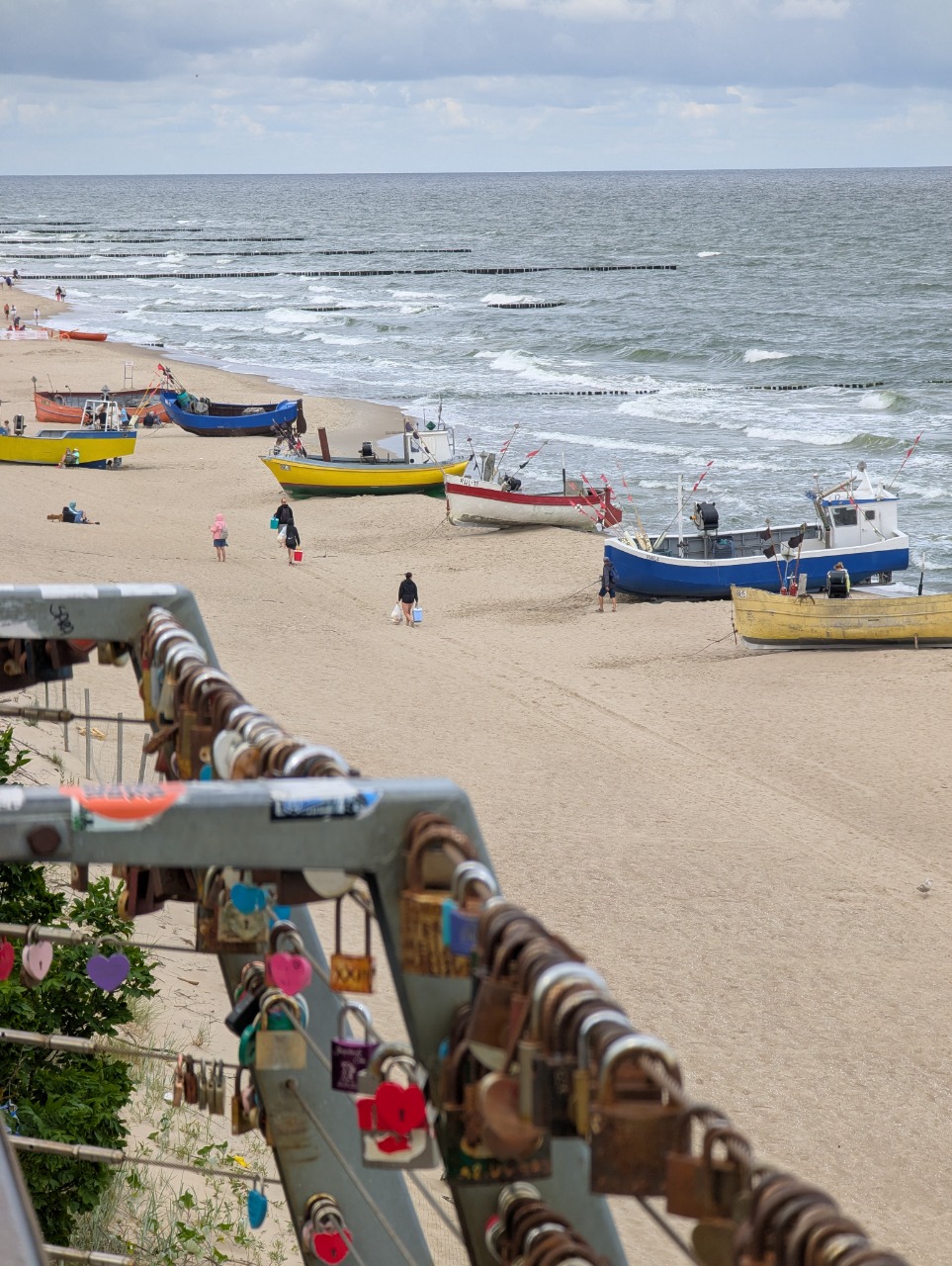

The EV13 west of Gdansk is a nearly non-stop string of garish beach towns.

A military-themed goulash restaurant.


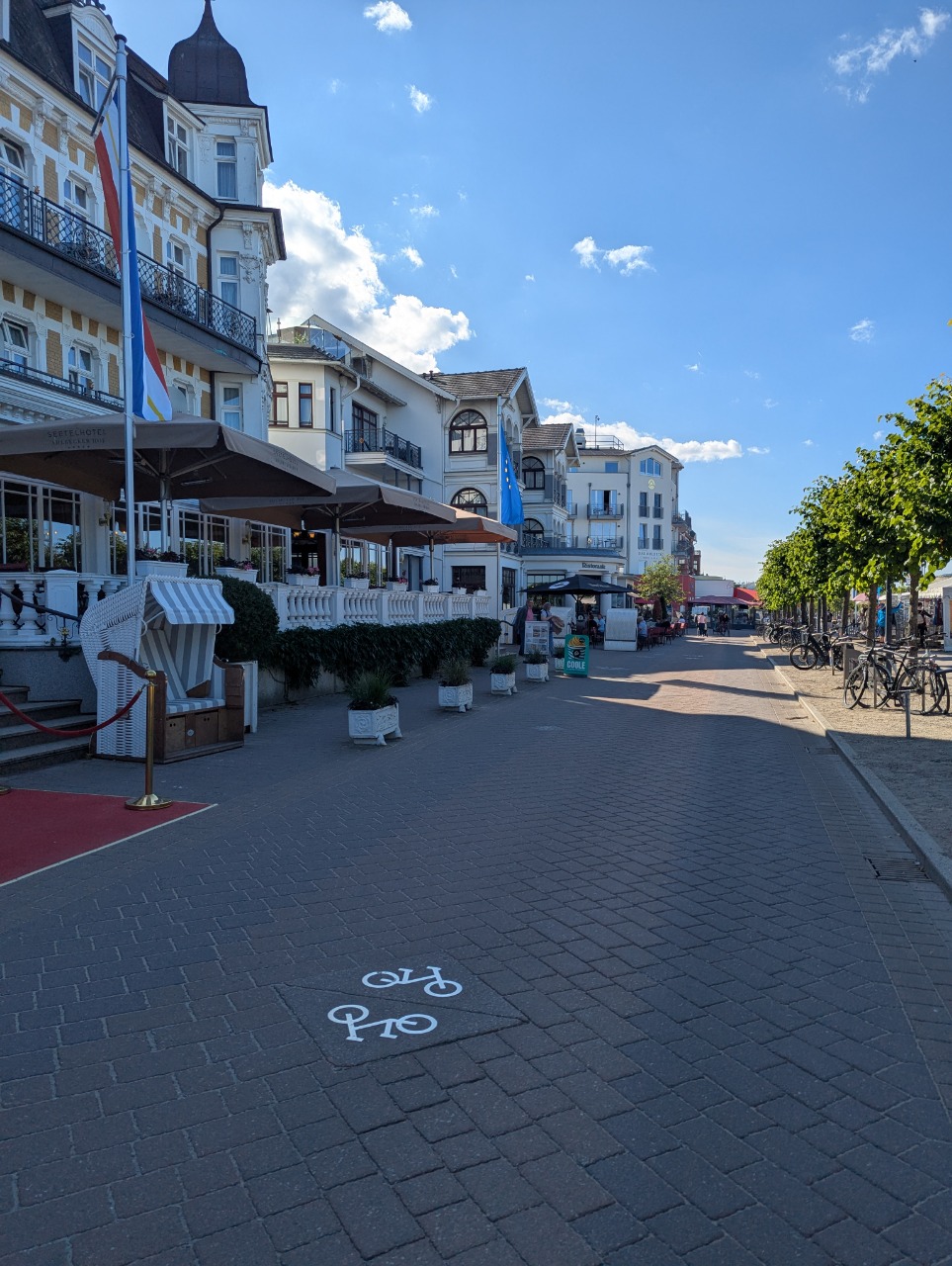
This Disney-esque German town had a large bike road and zero car traffic -- and was remarkably quiet.
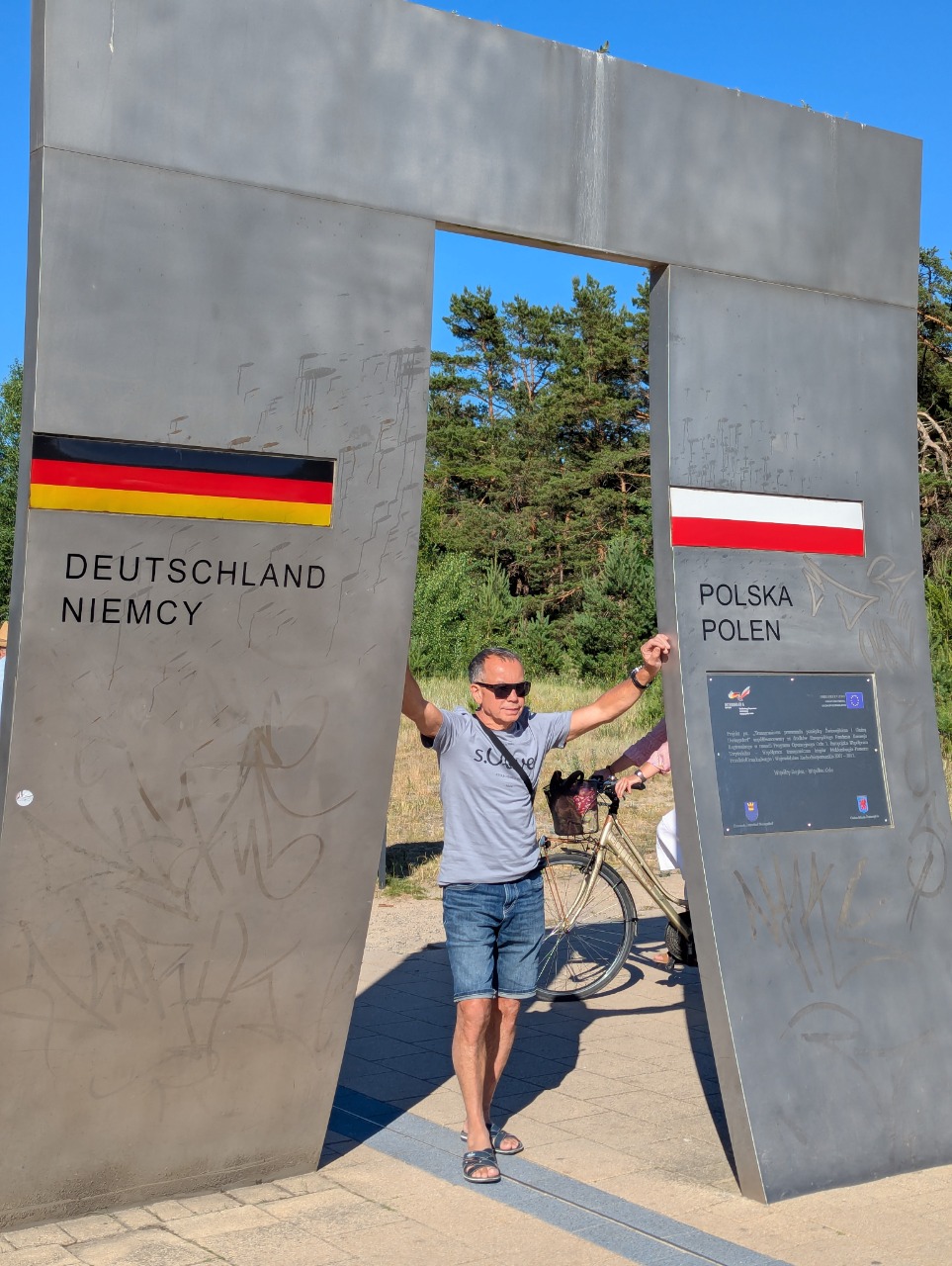
There was a line for the photo opp, so I just snapped this random guy.
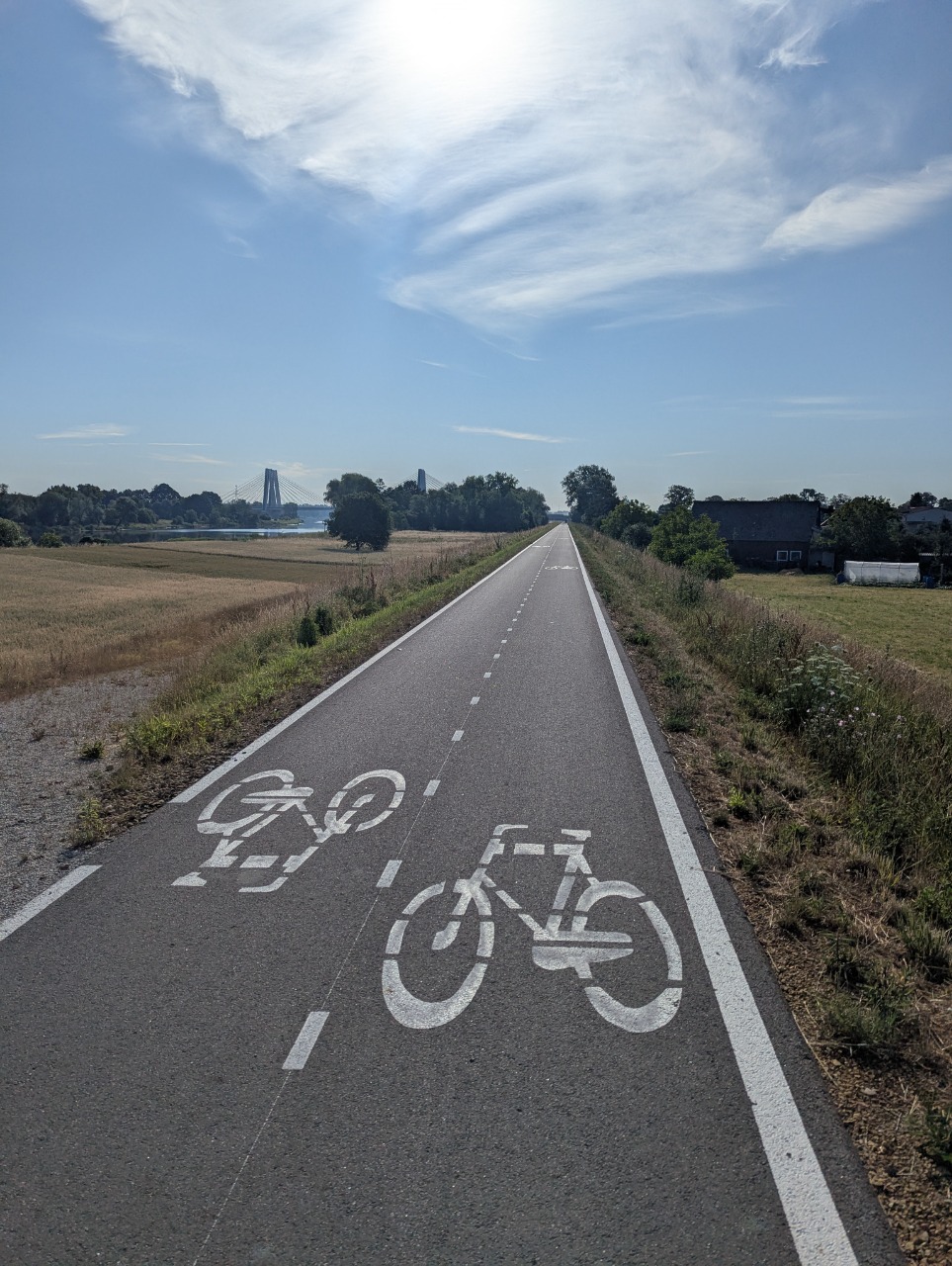
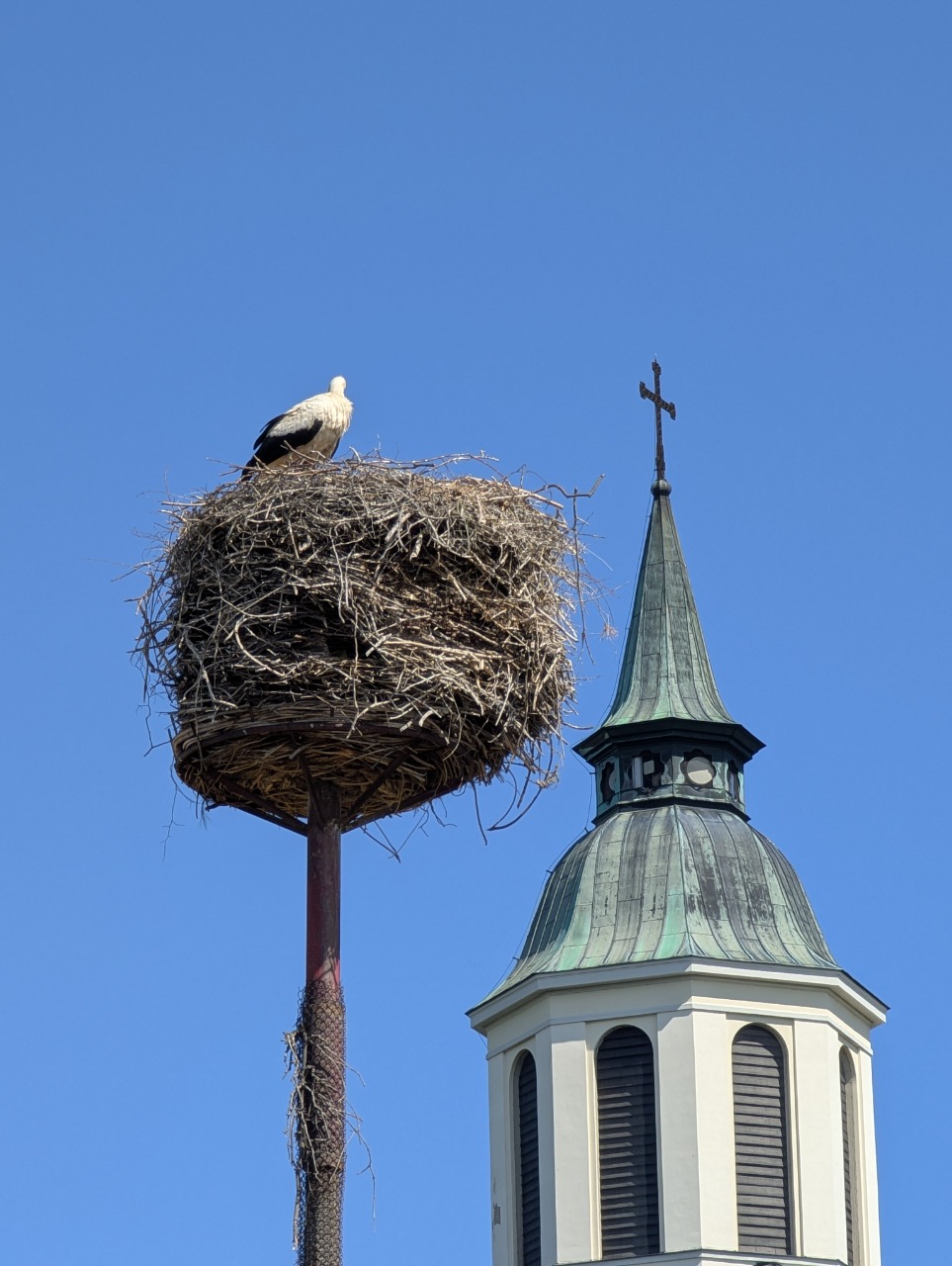
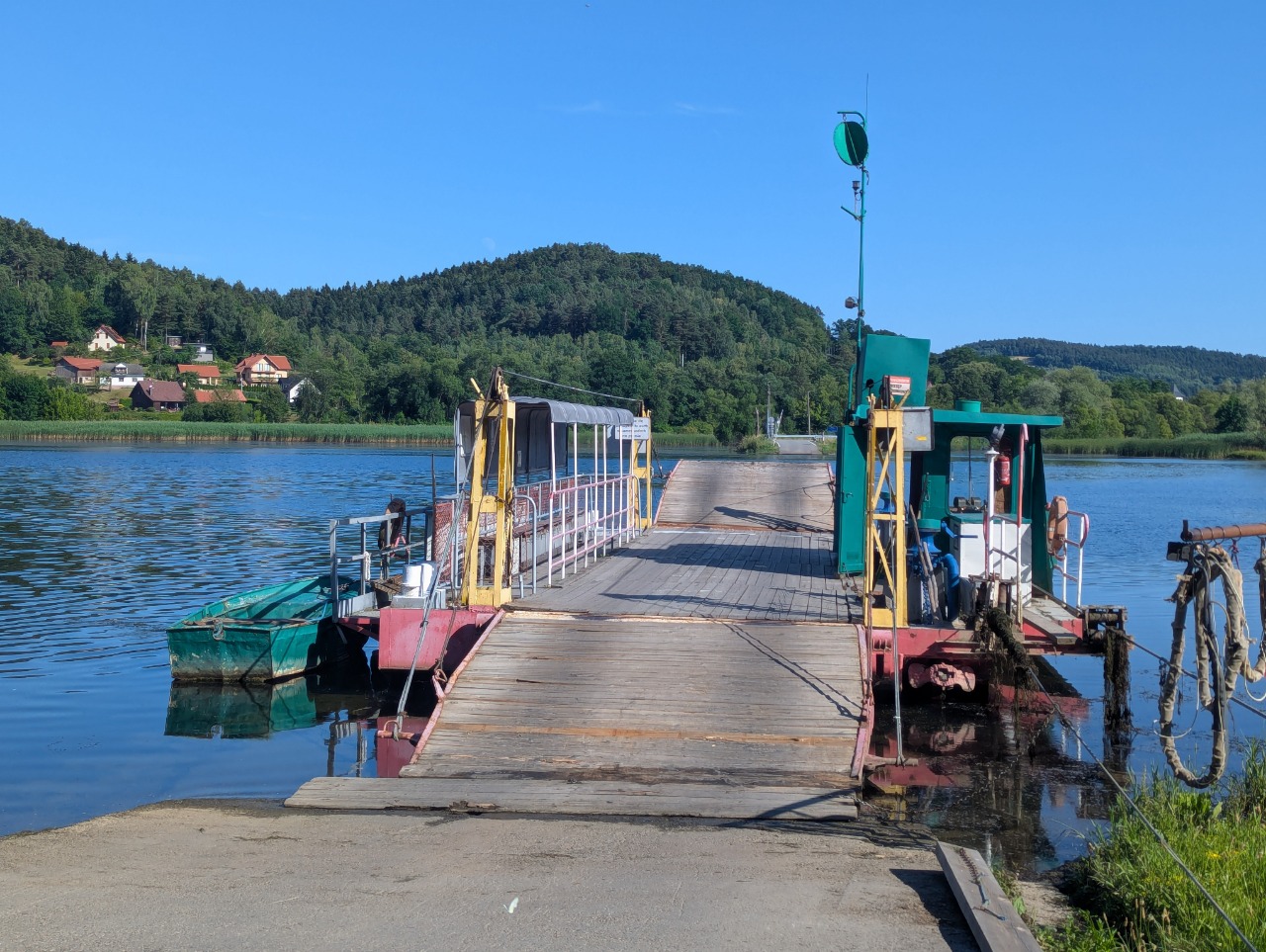
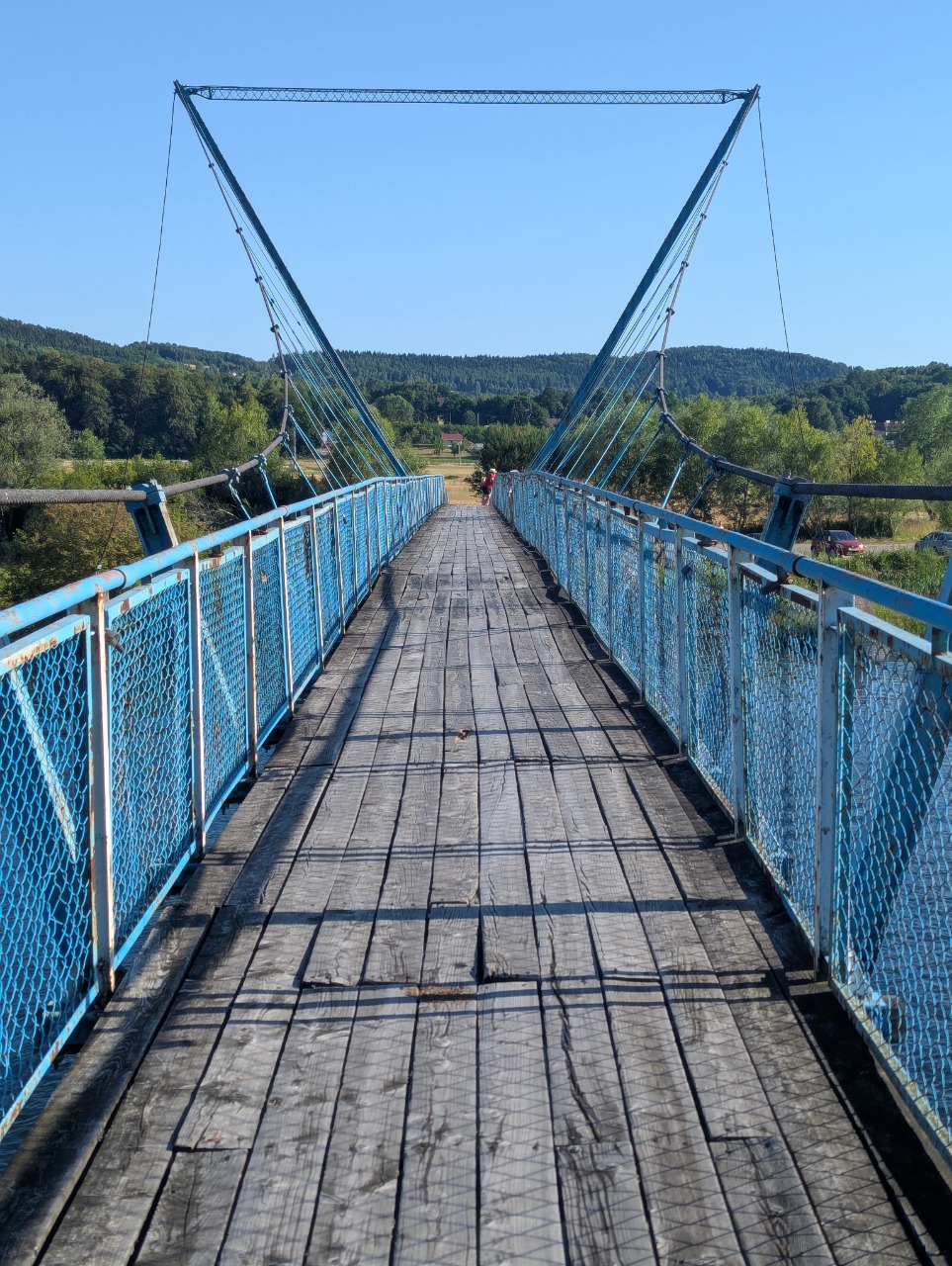


Zig-zagging along the border

Slovakia's portion of the EV11 barely existed, but that didn't stop them from signing it extensively.


This town's topiary game was strong.




Despite being well-signed to this point, the EuroVelo mysteriously ended here - with no workaround provided.
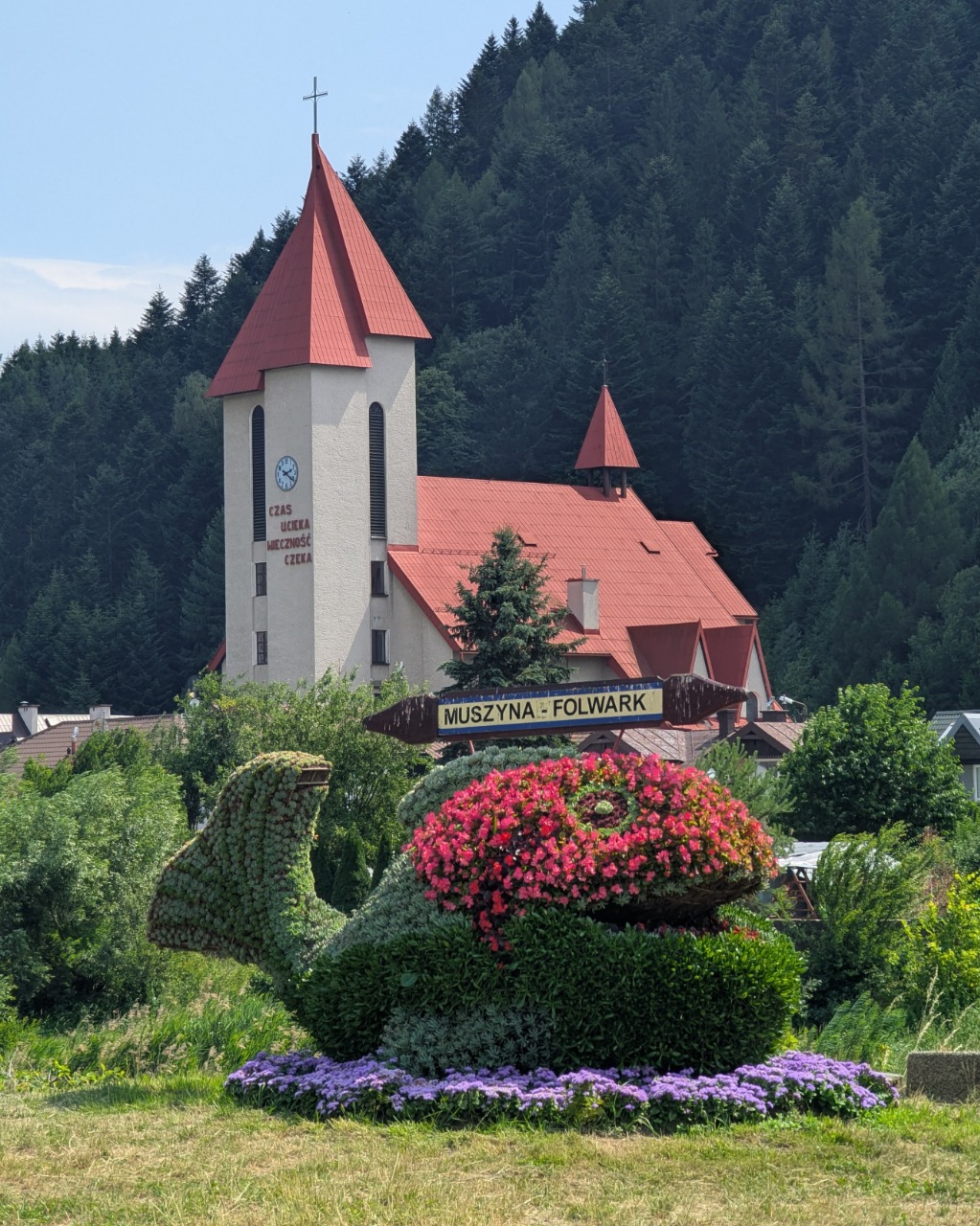




Supposedly a dinner entrée, this is pasta sitting in a pool of butter, covered in way too many poppy seeds, and doused in powdered sugar.


This must be where the 2000 poppyseeds on my dinner originated.


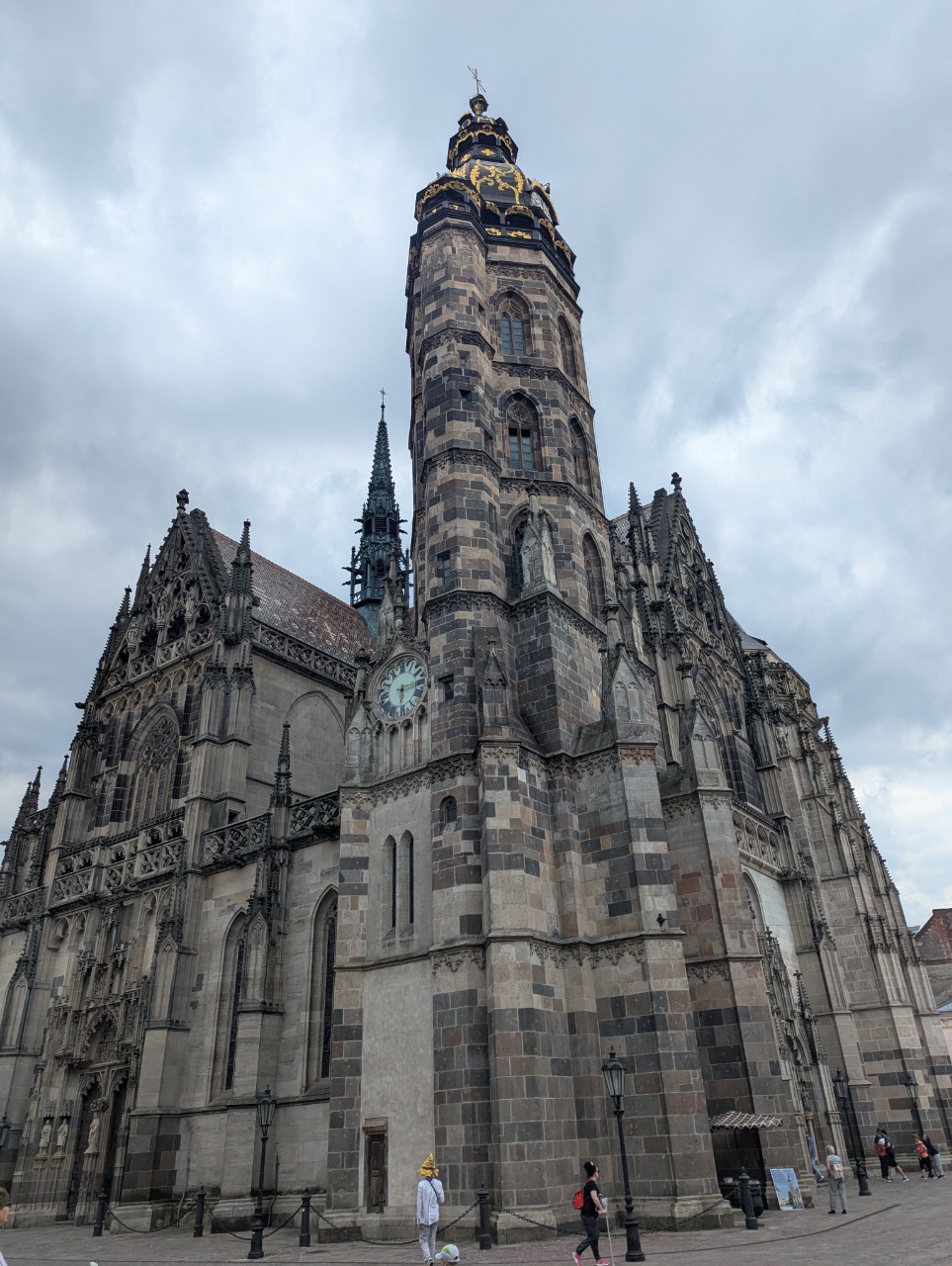

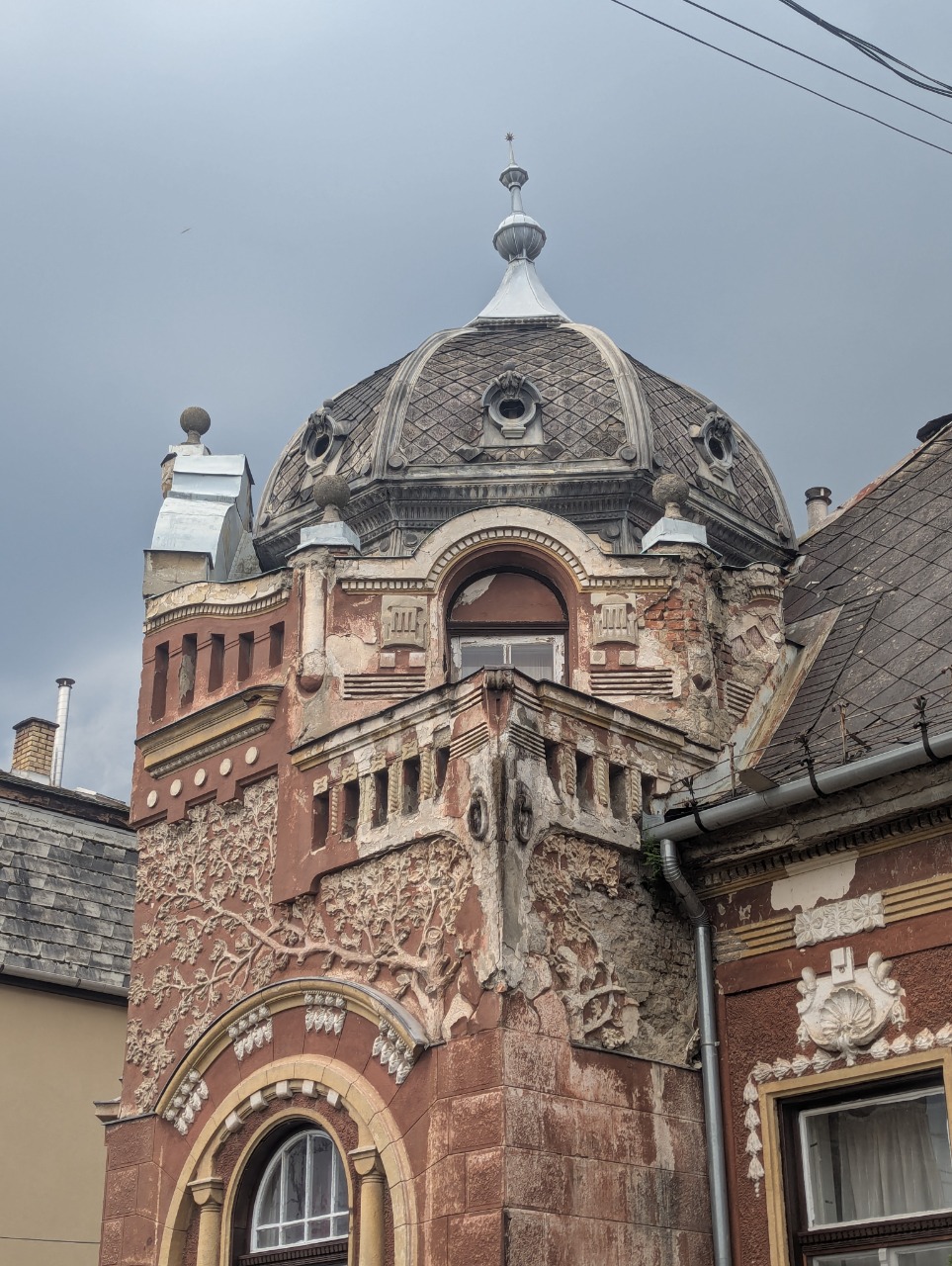

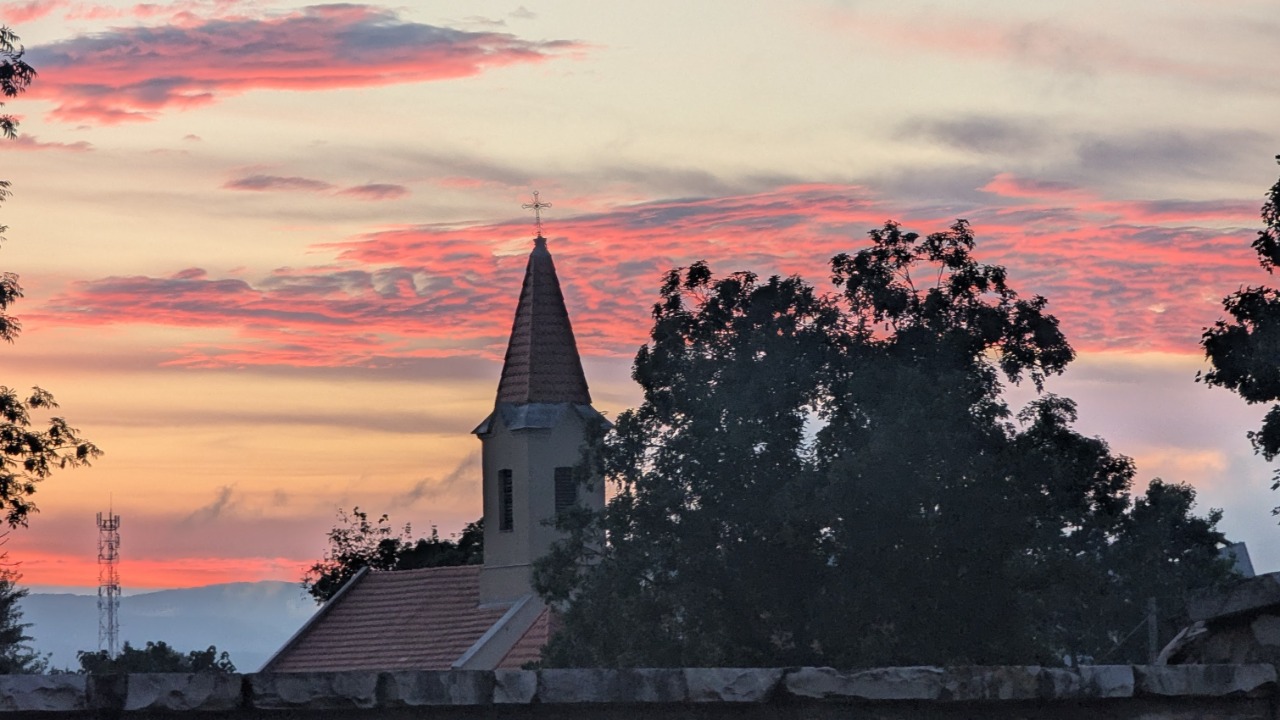
Sometimes, after a long day of riding, once the storms and sun have both taken their leave, what I want more than anything is to strip the weight from my bike and go for a ride - coasting to and fro in the breeze, impossibly light, like the wisps of a cotton candy sky.
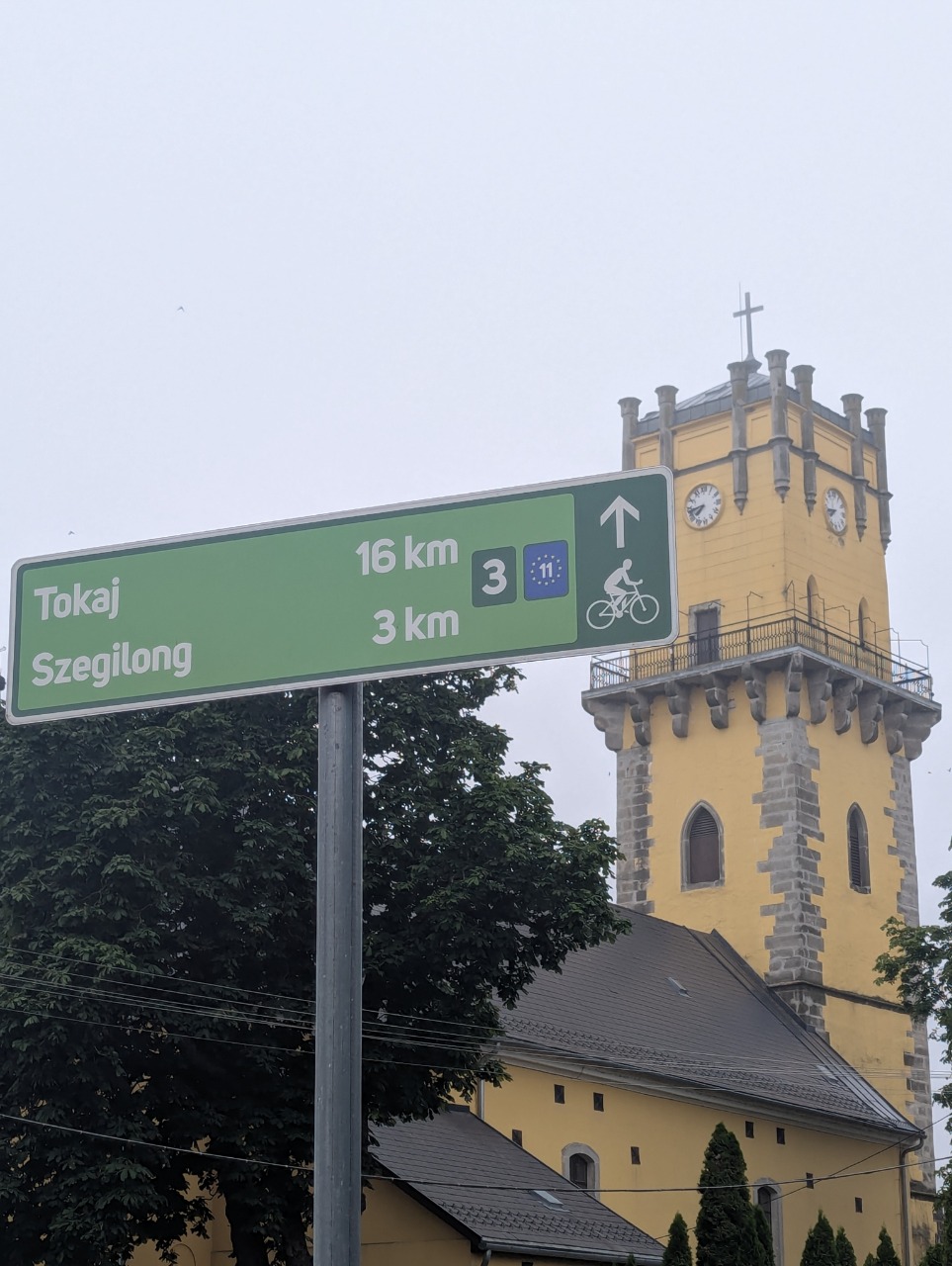
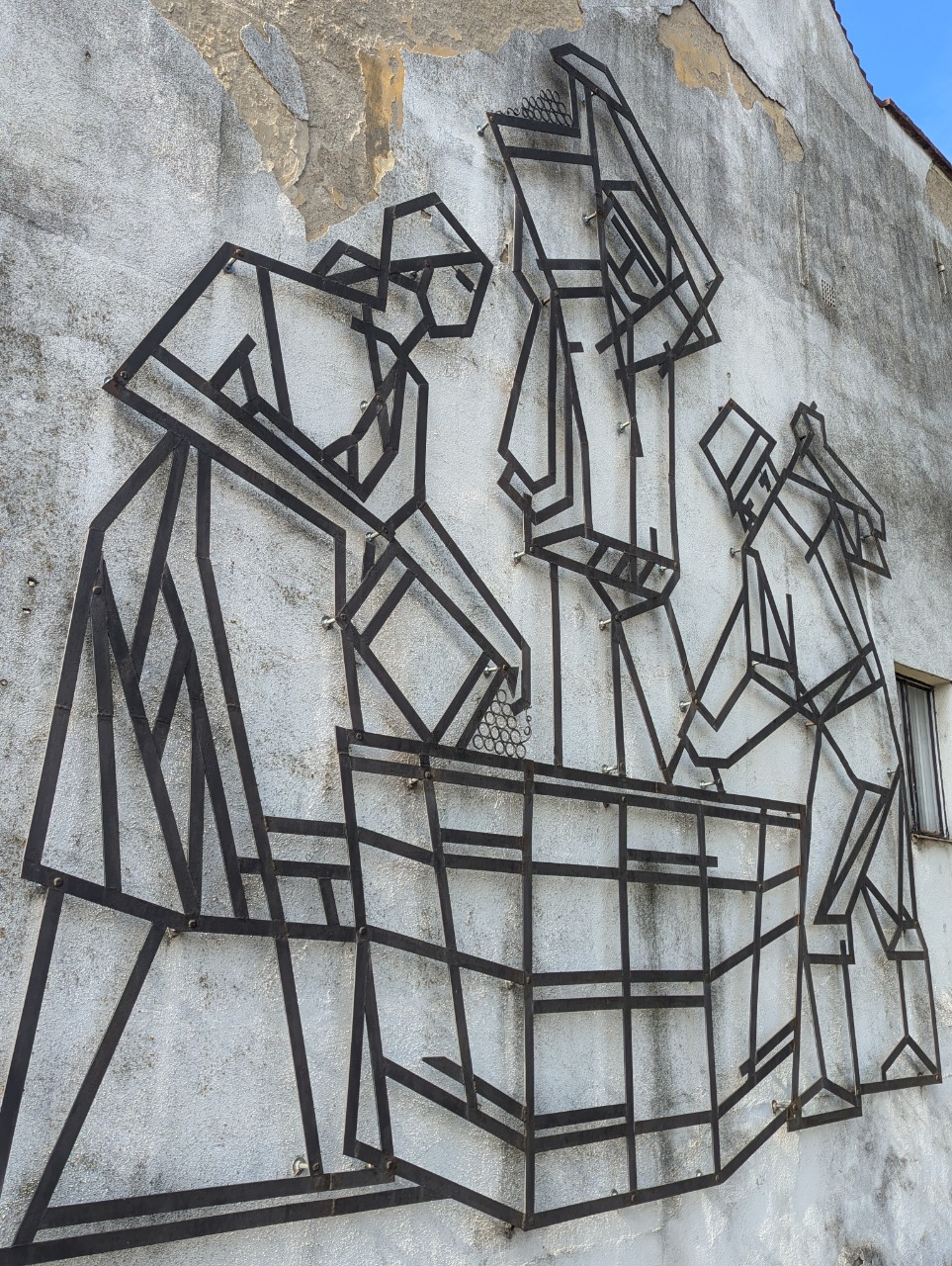
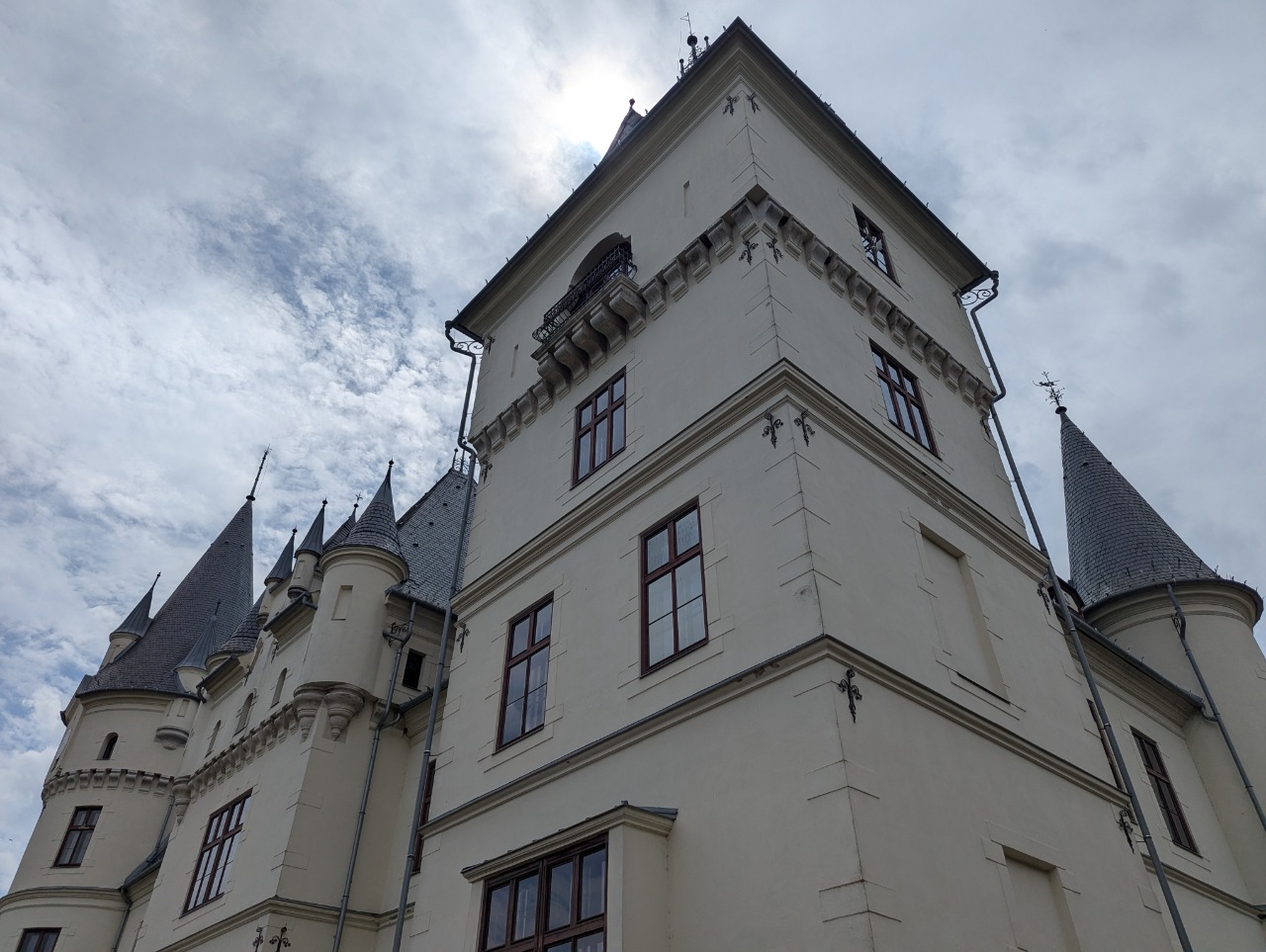
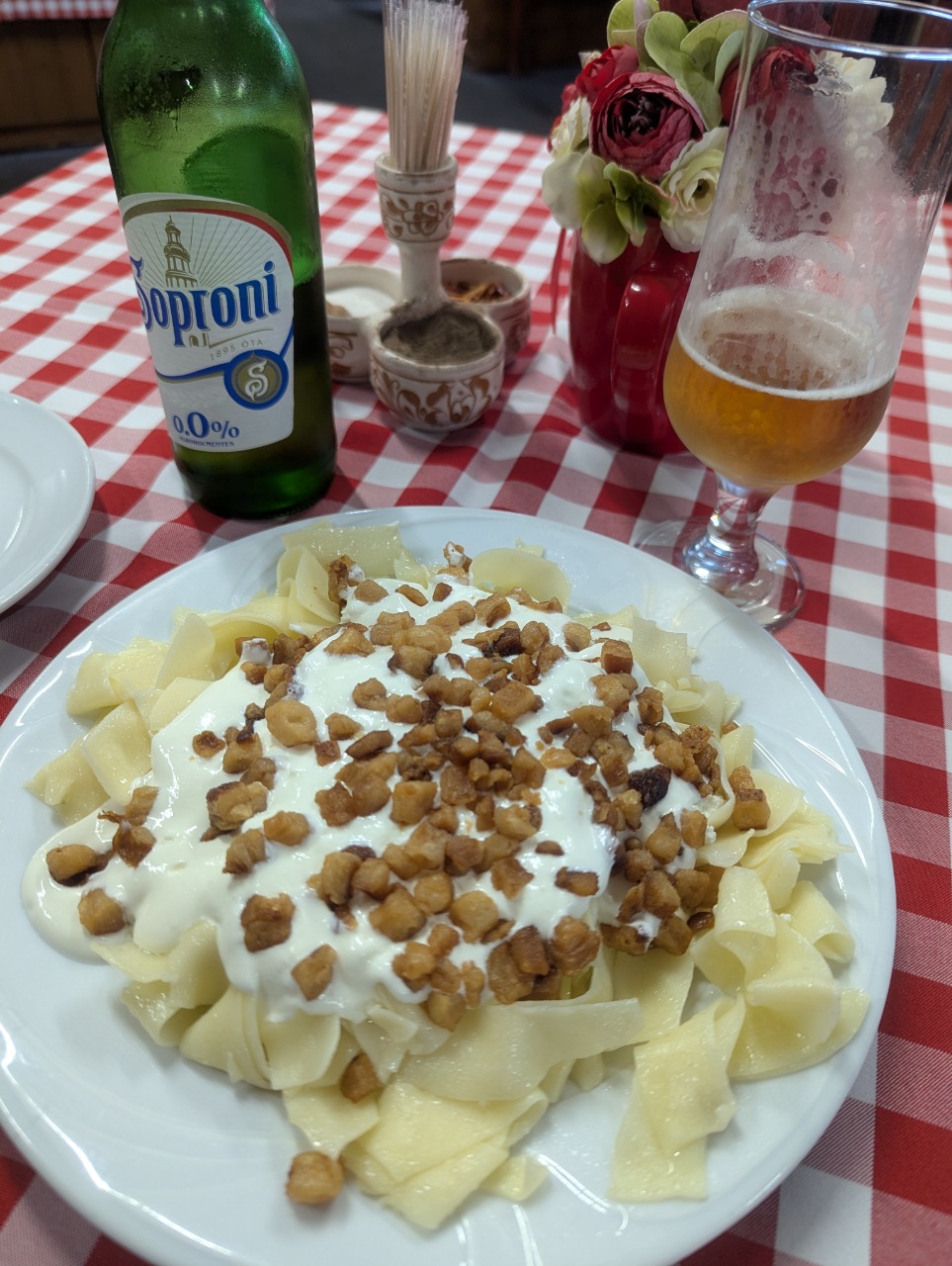
Cheapest dinner on the menu -- noodles topped with cheese and what was likely pork cracklings.


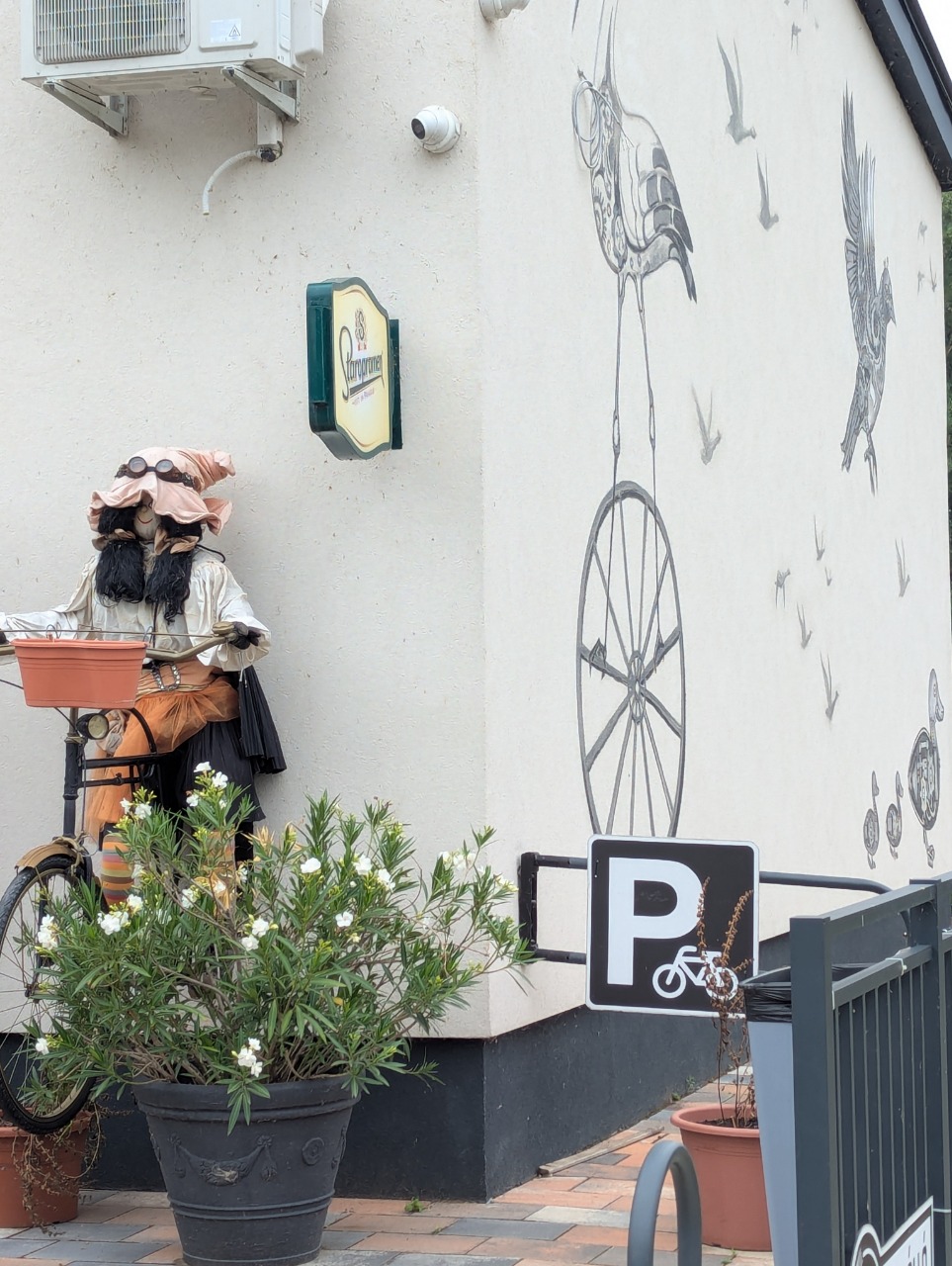


Only flat of the trip!

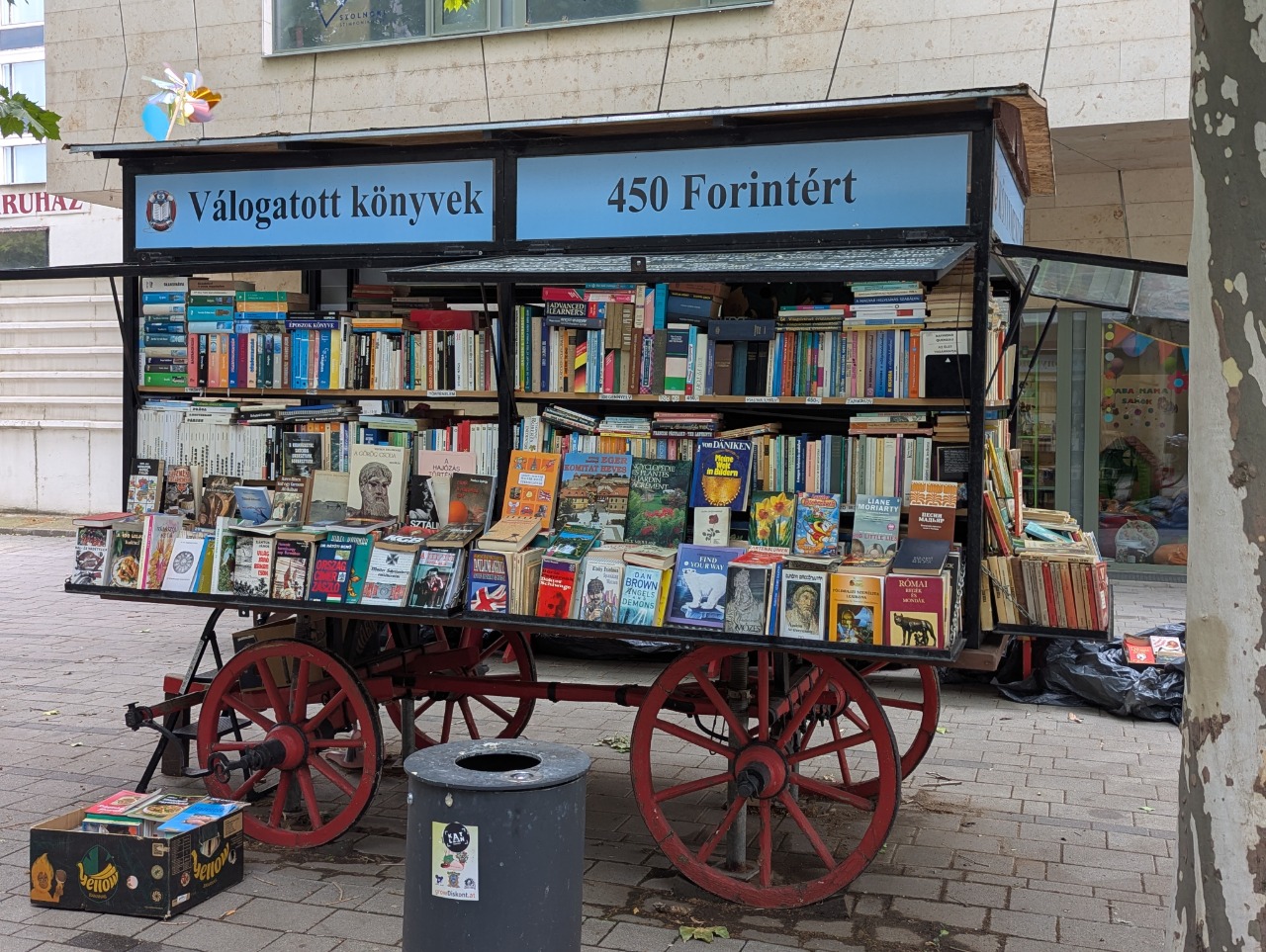





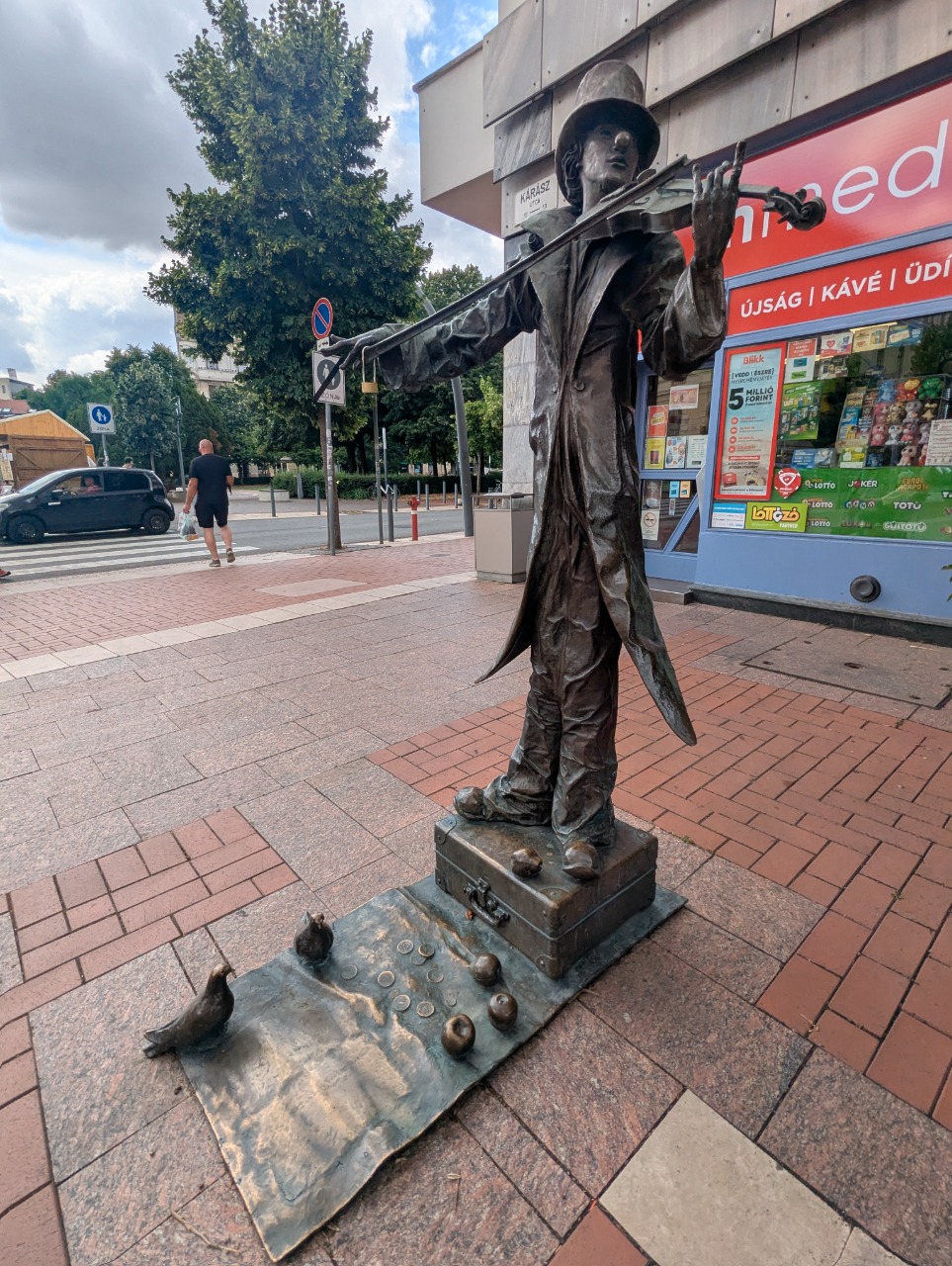


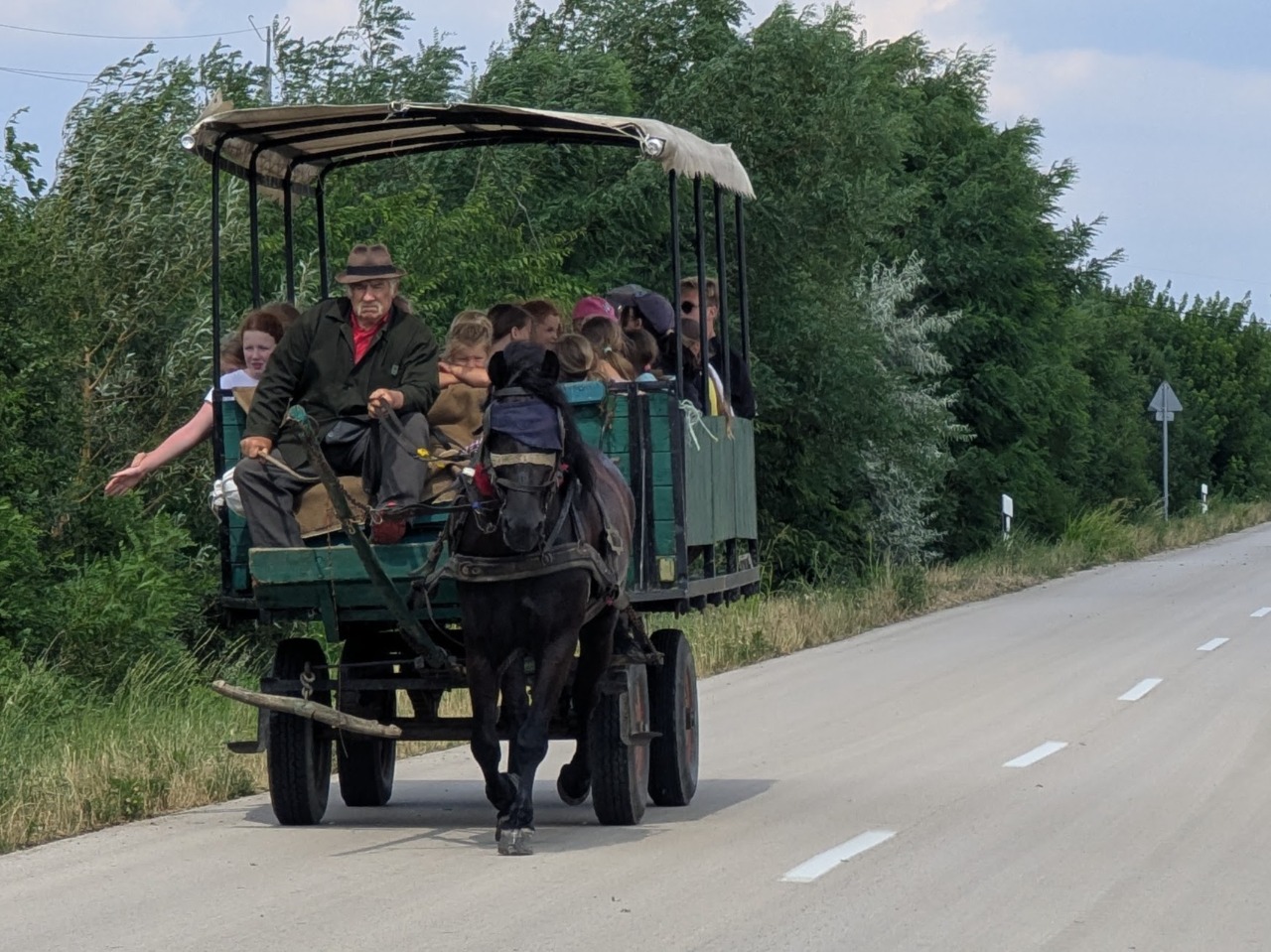




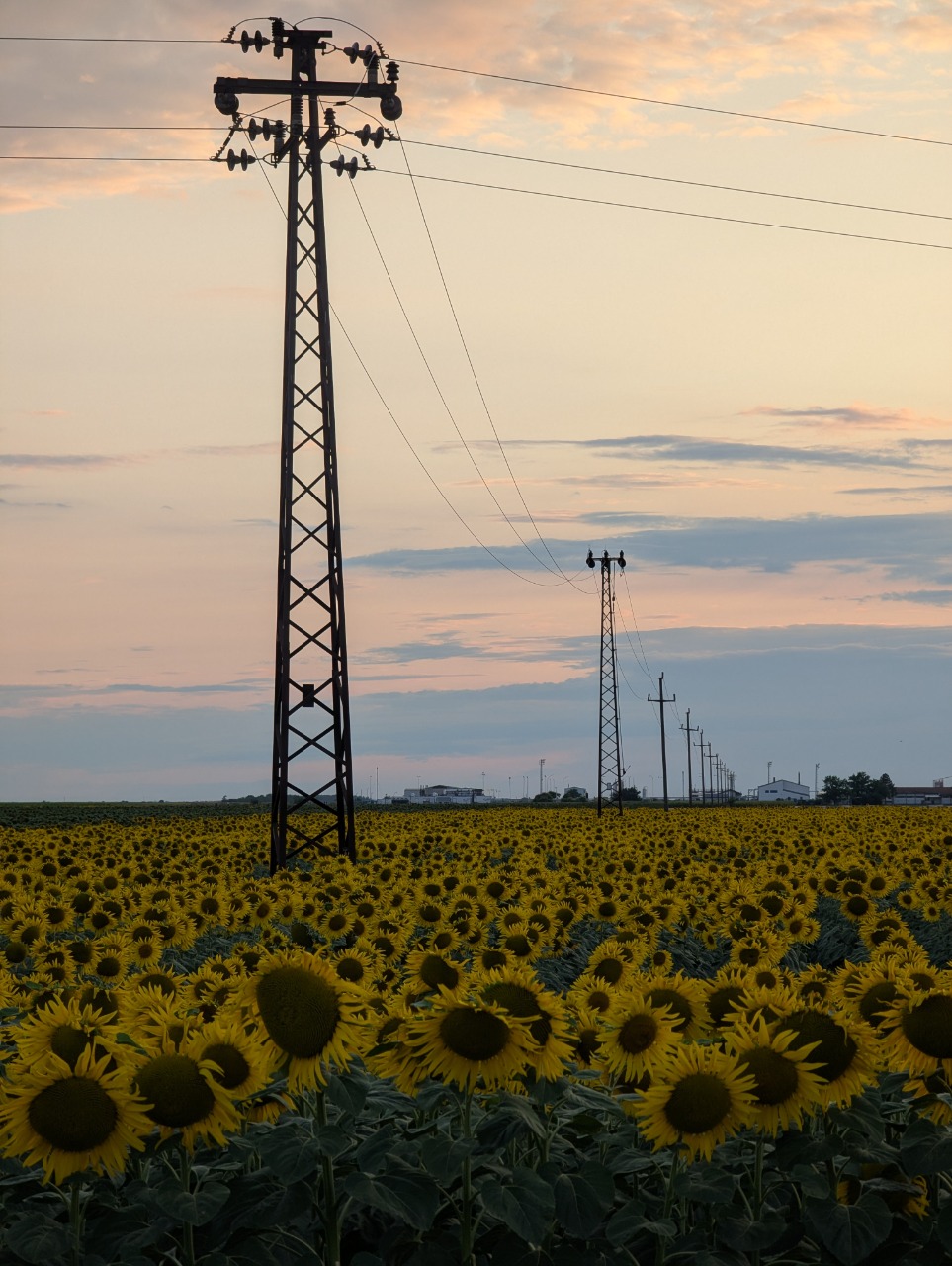
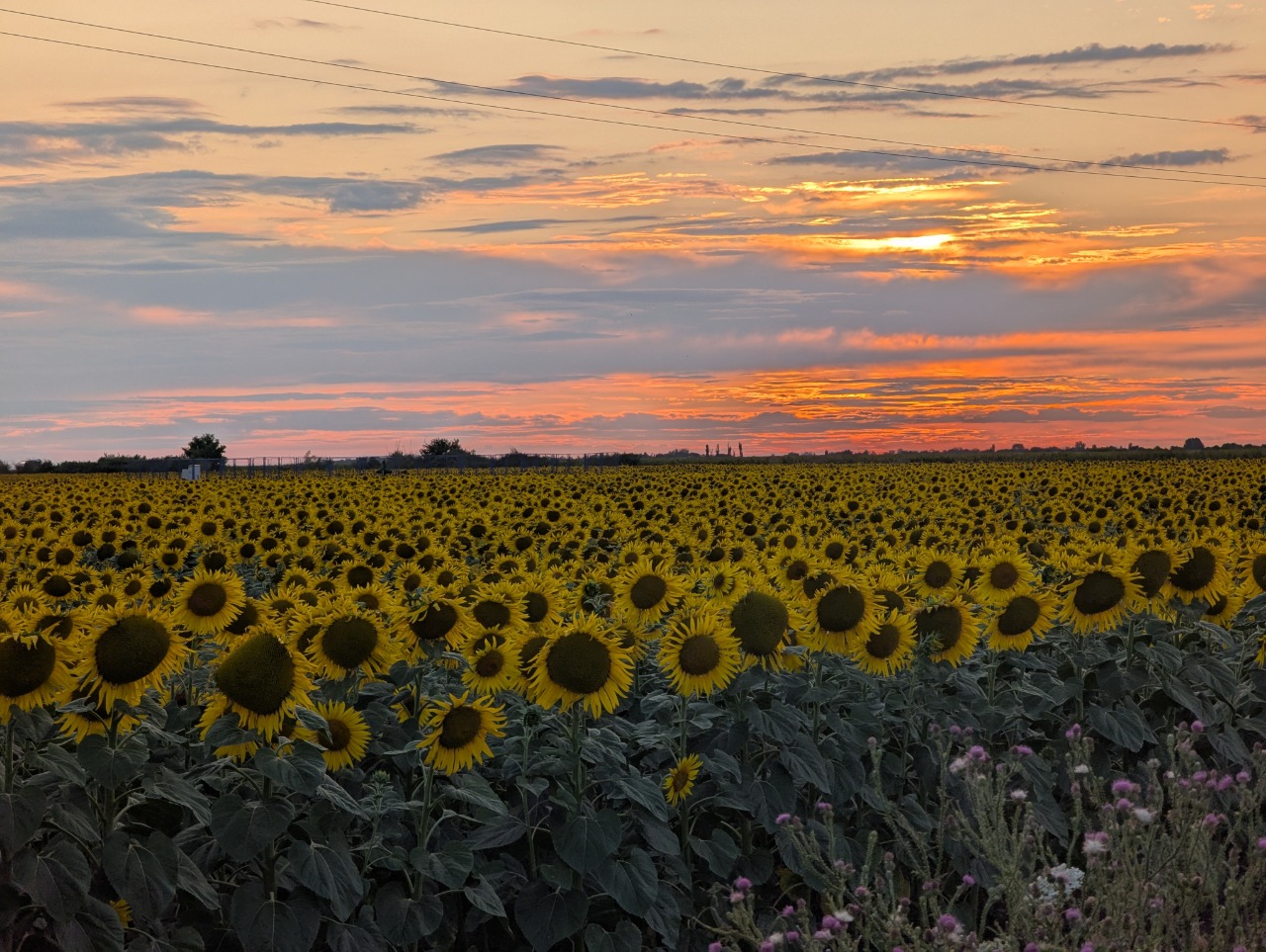
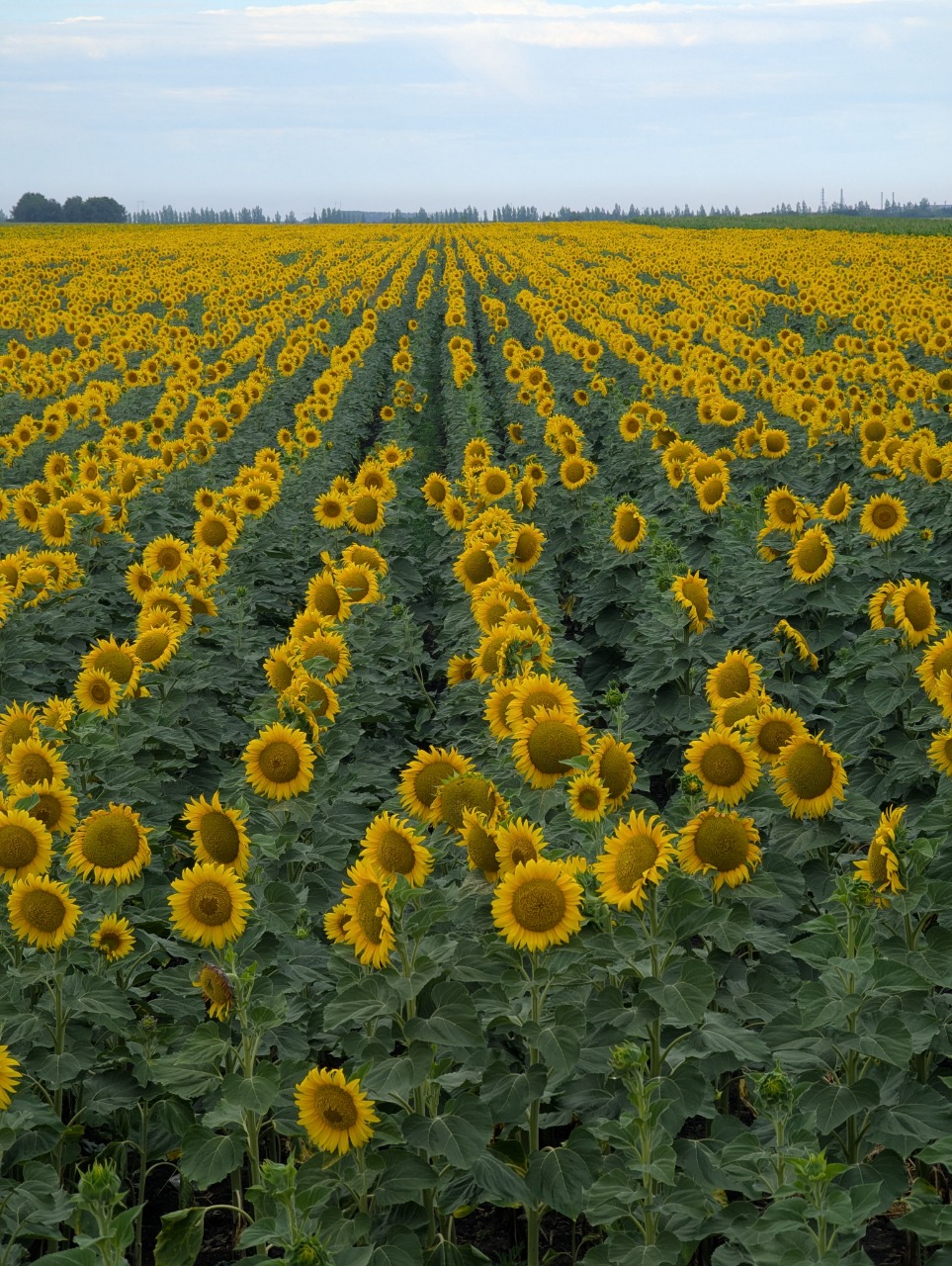



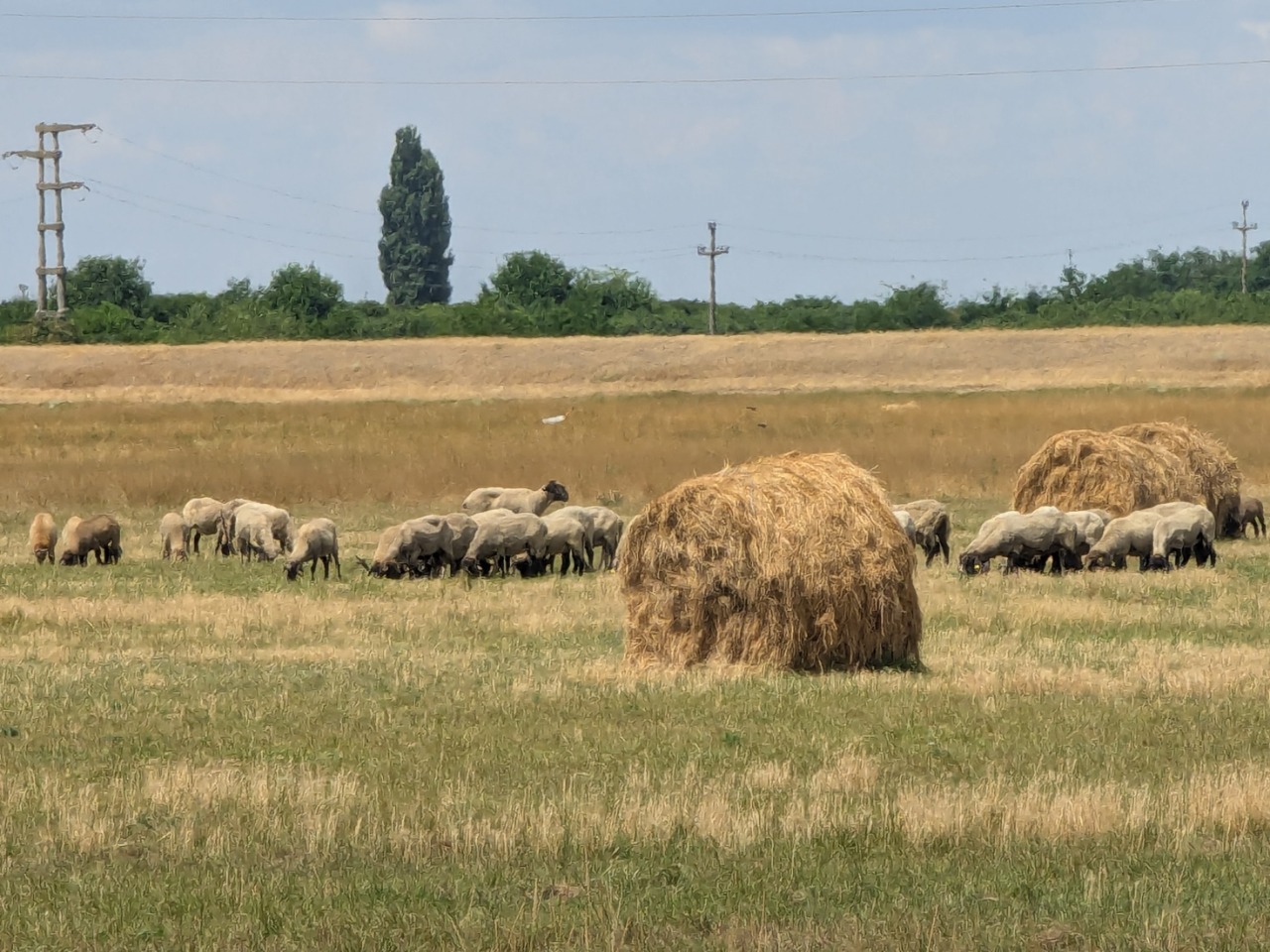
Romania had the most picturesque hay bales.

Every country I passed through had constructed frequent platforms for stork nesting.

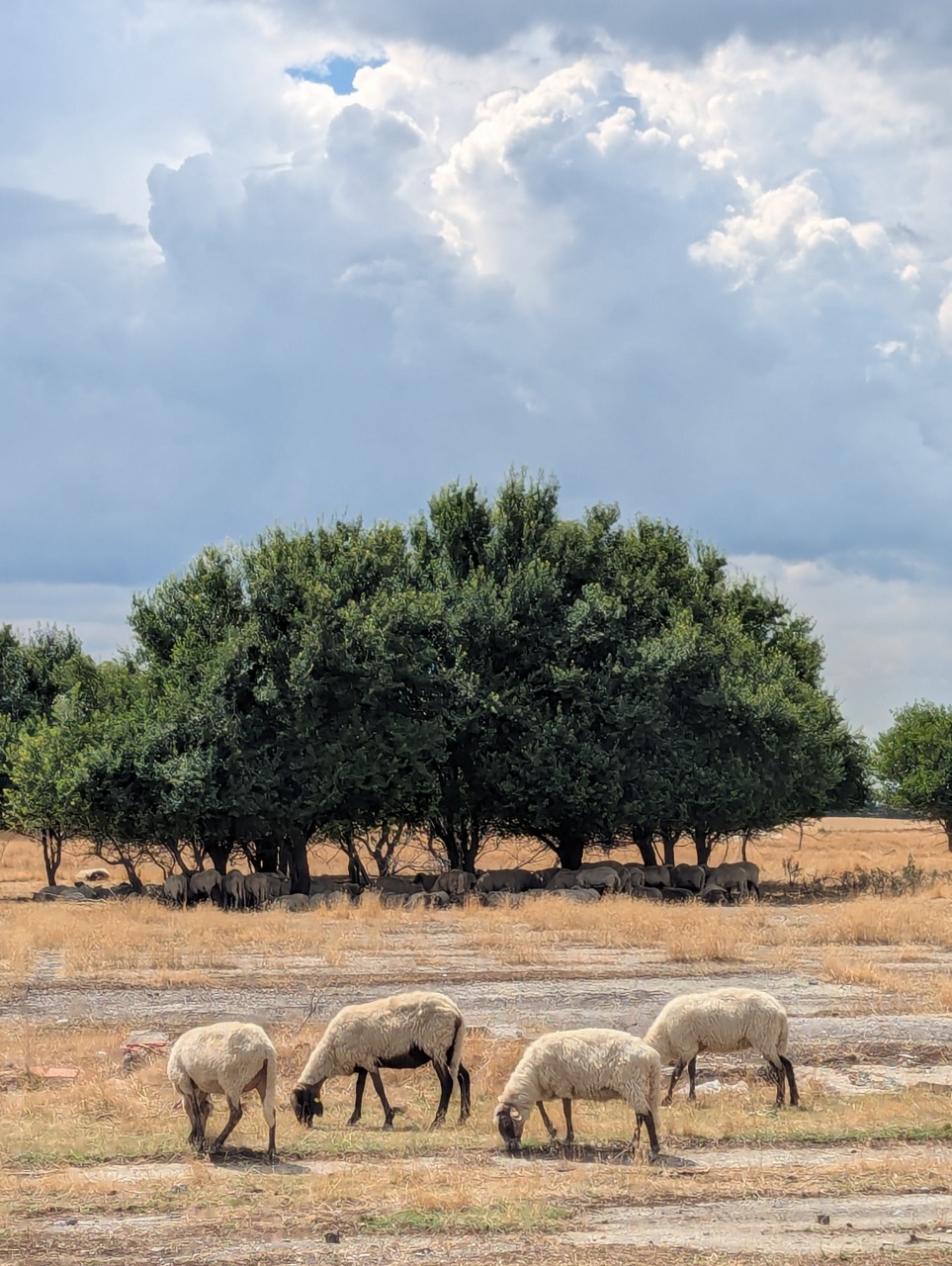


Traditional Romanian restaurant
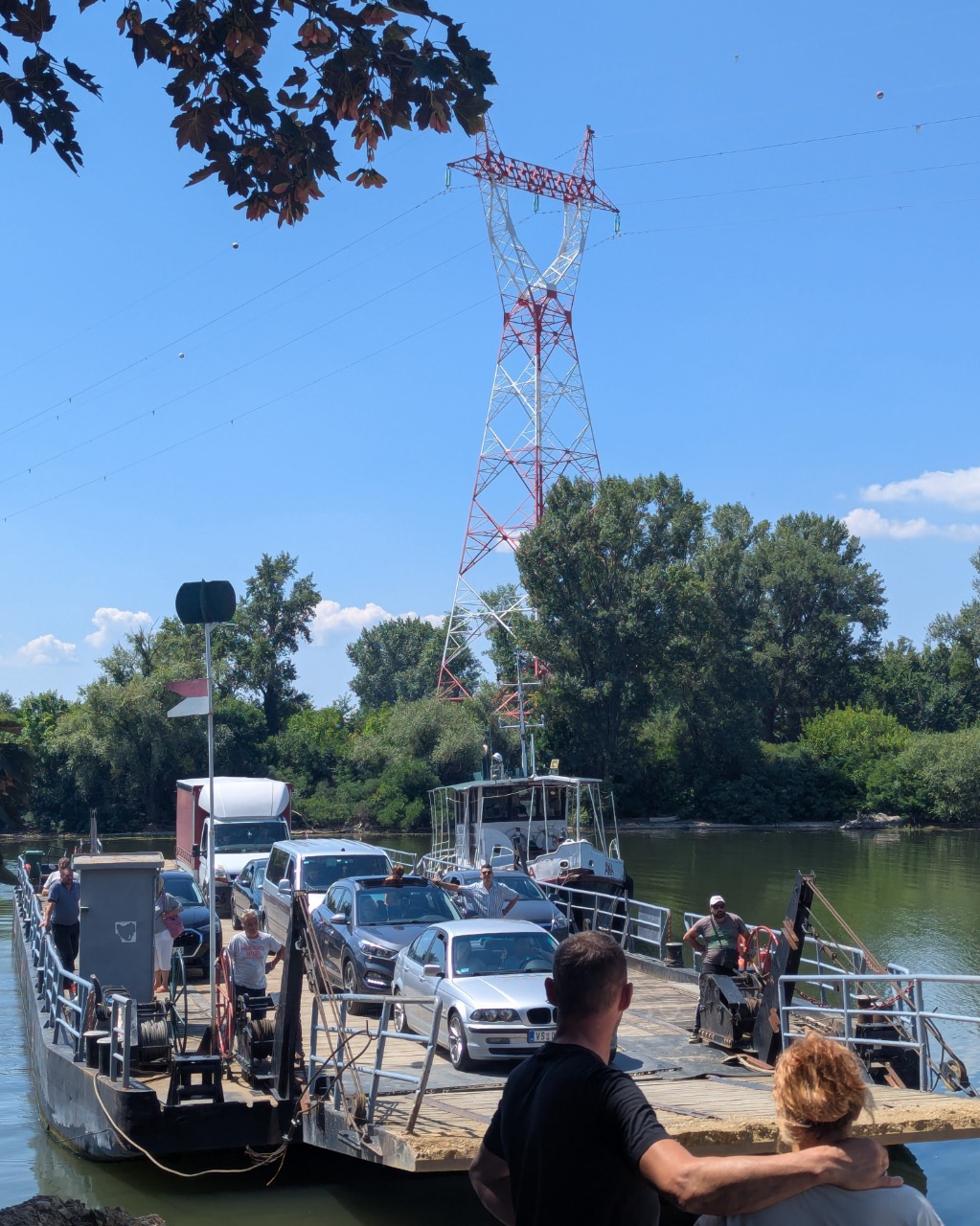
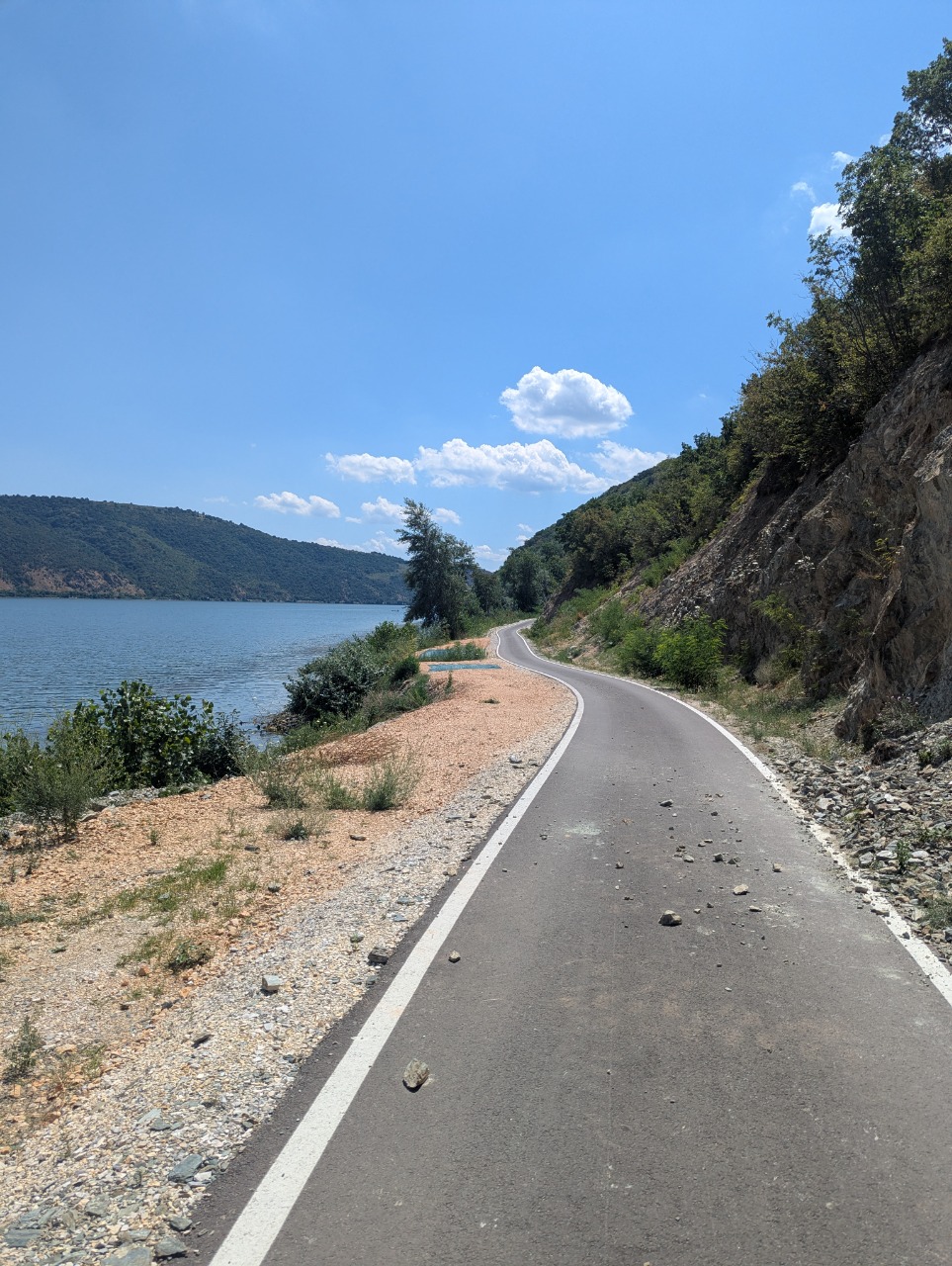
This narrow bike road along the Danube was a highlight of the ride.

The signage was quite extensive on parts of this route.

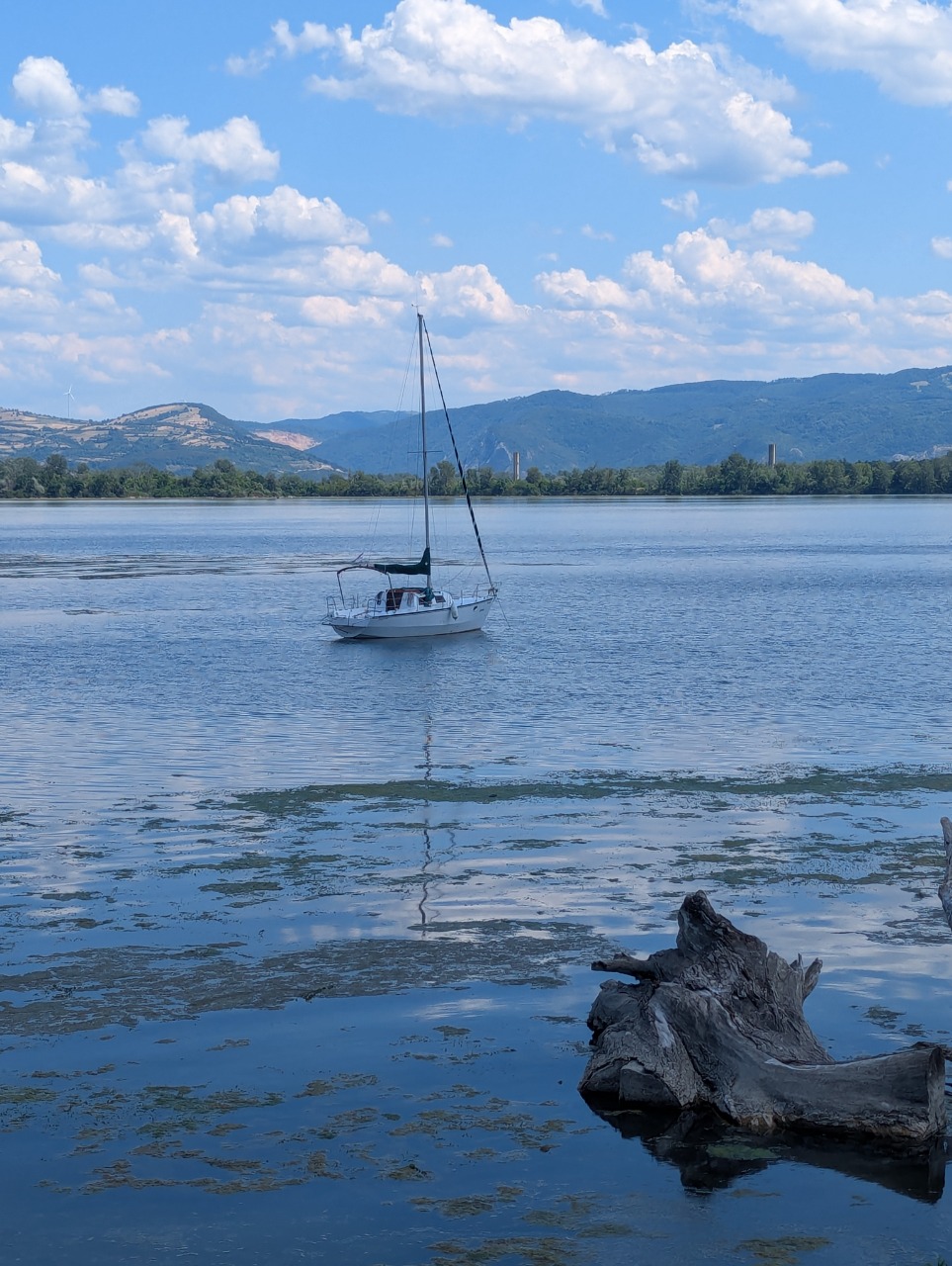

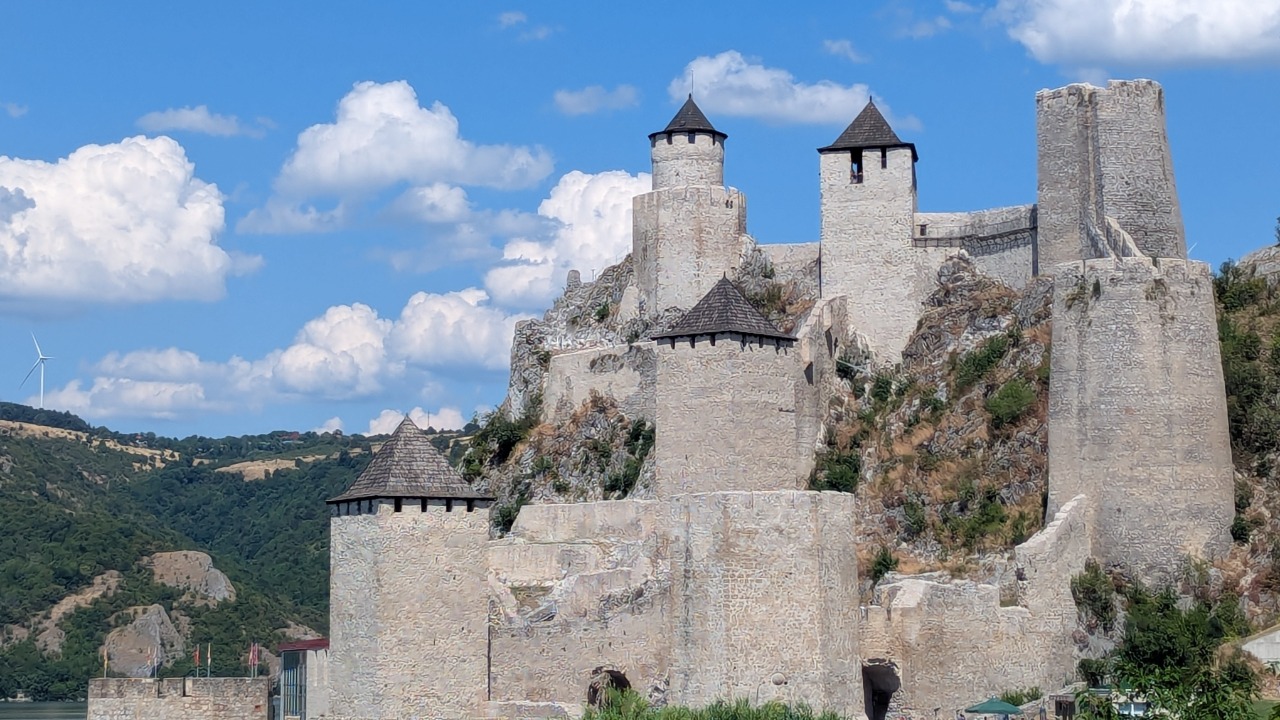
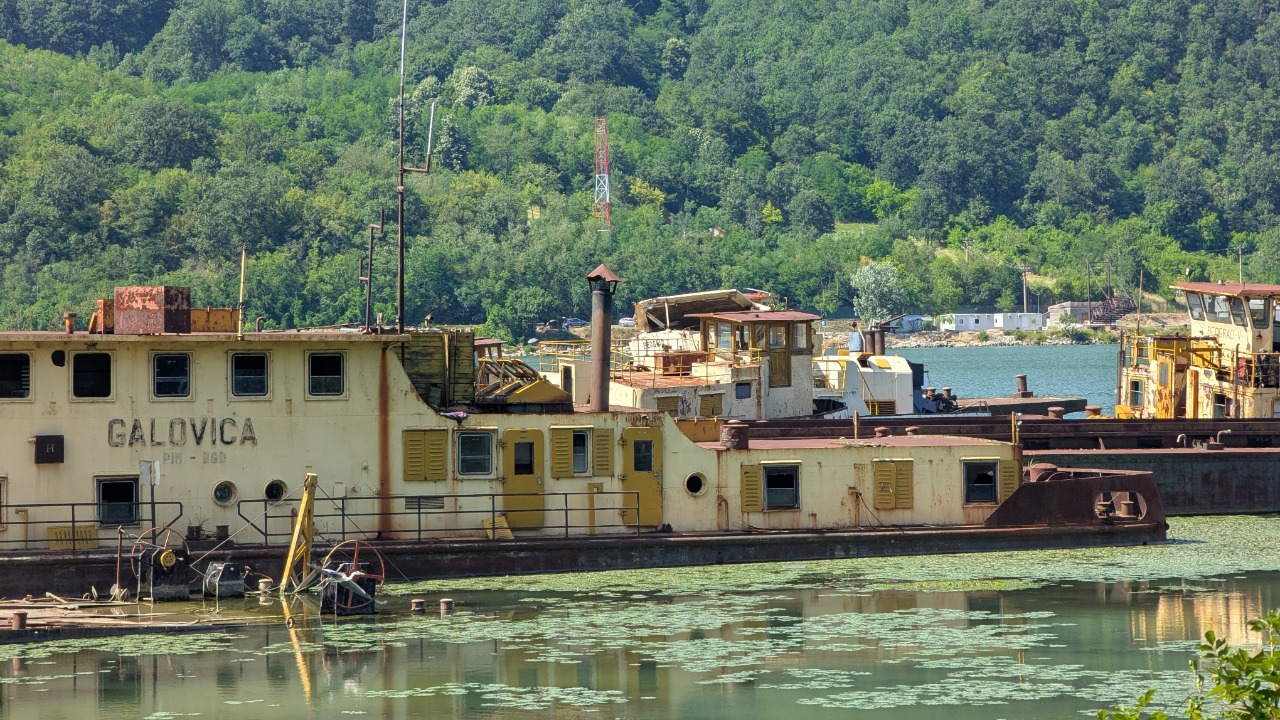

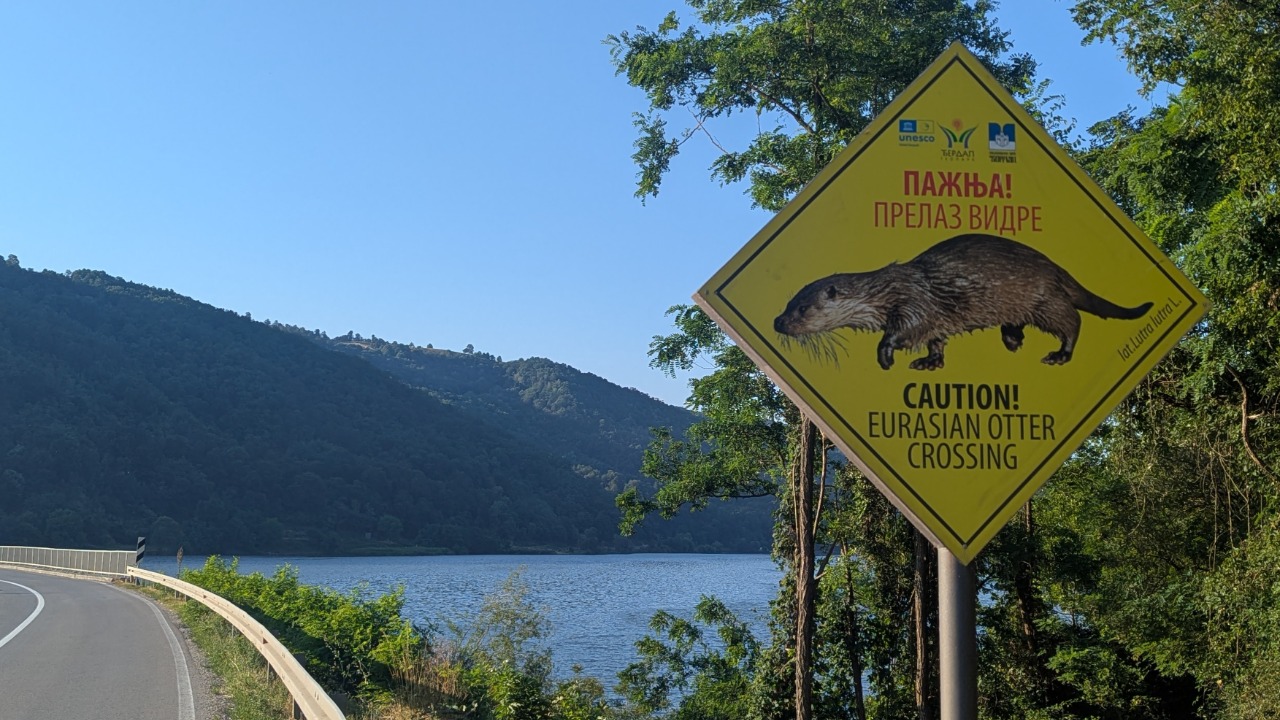
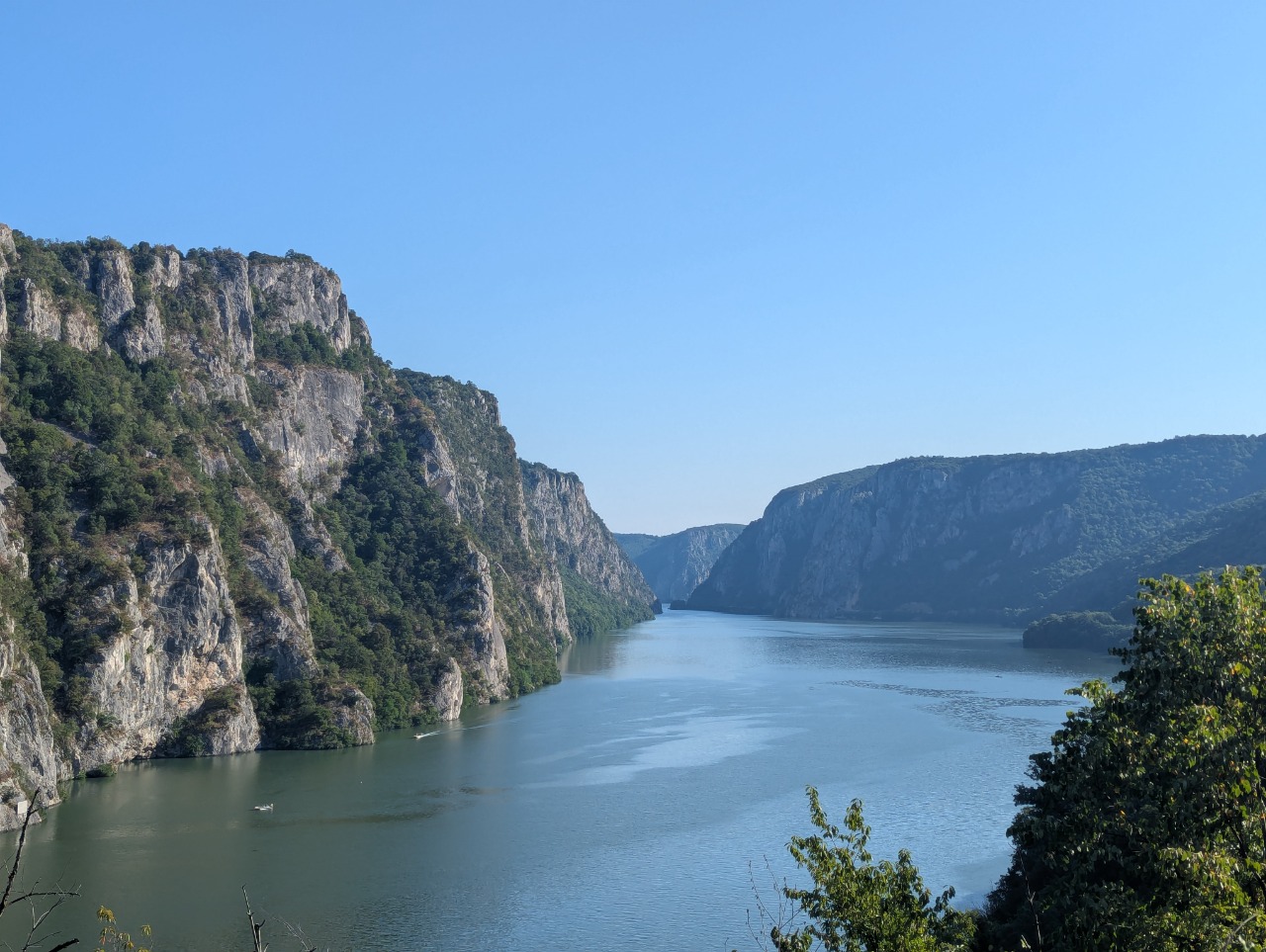

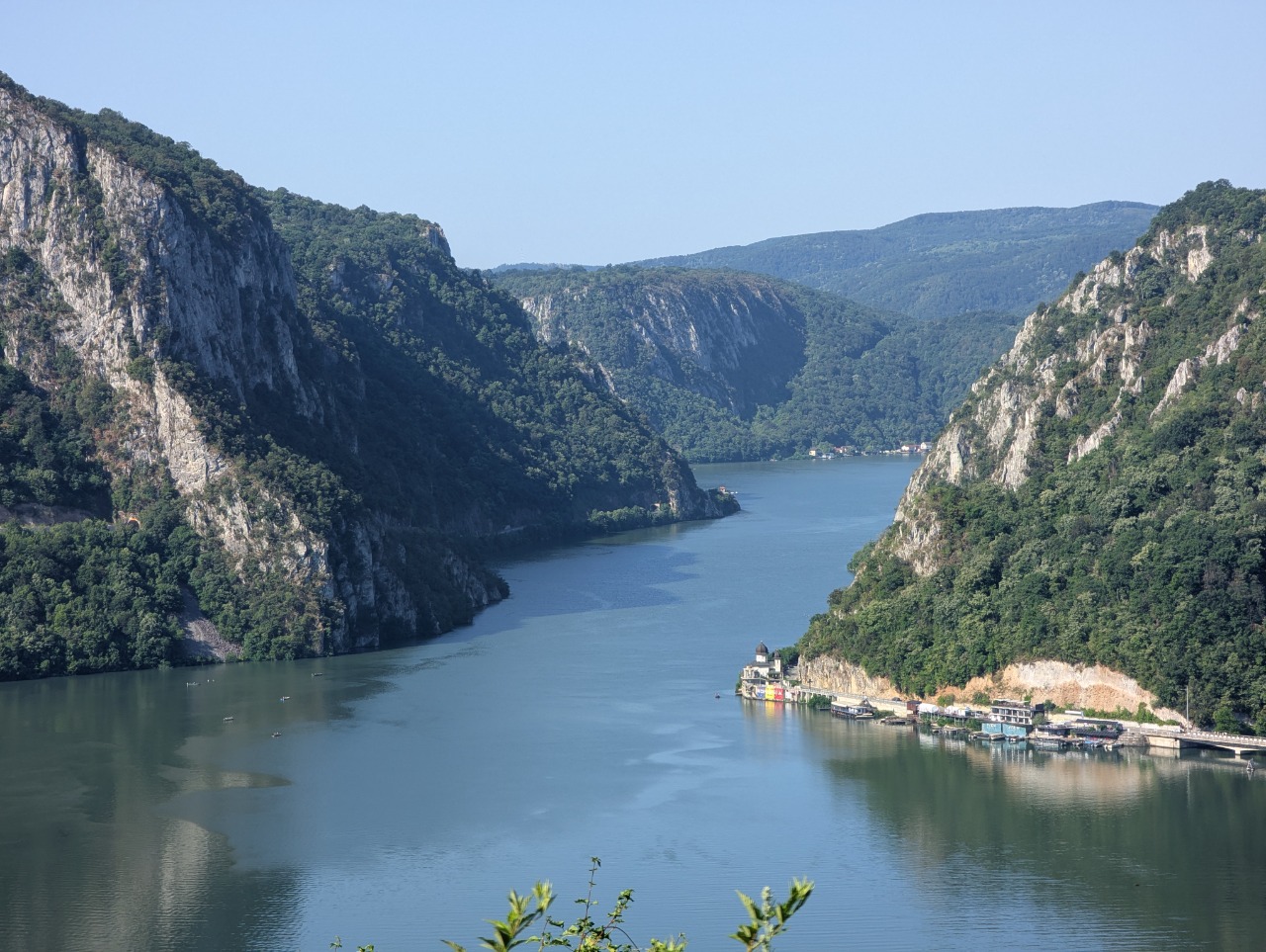

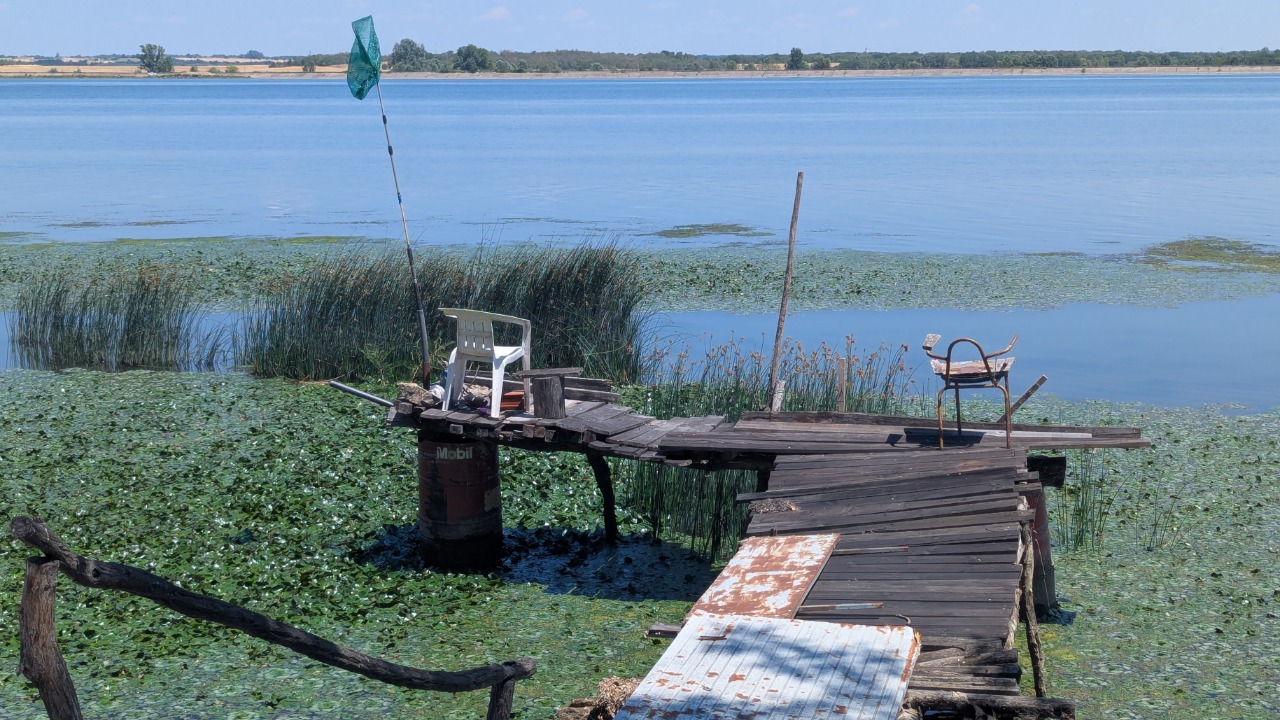
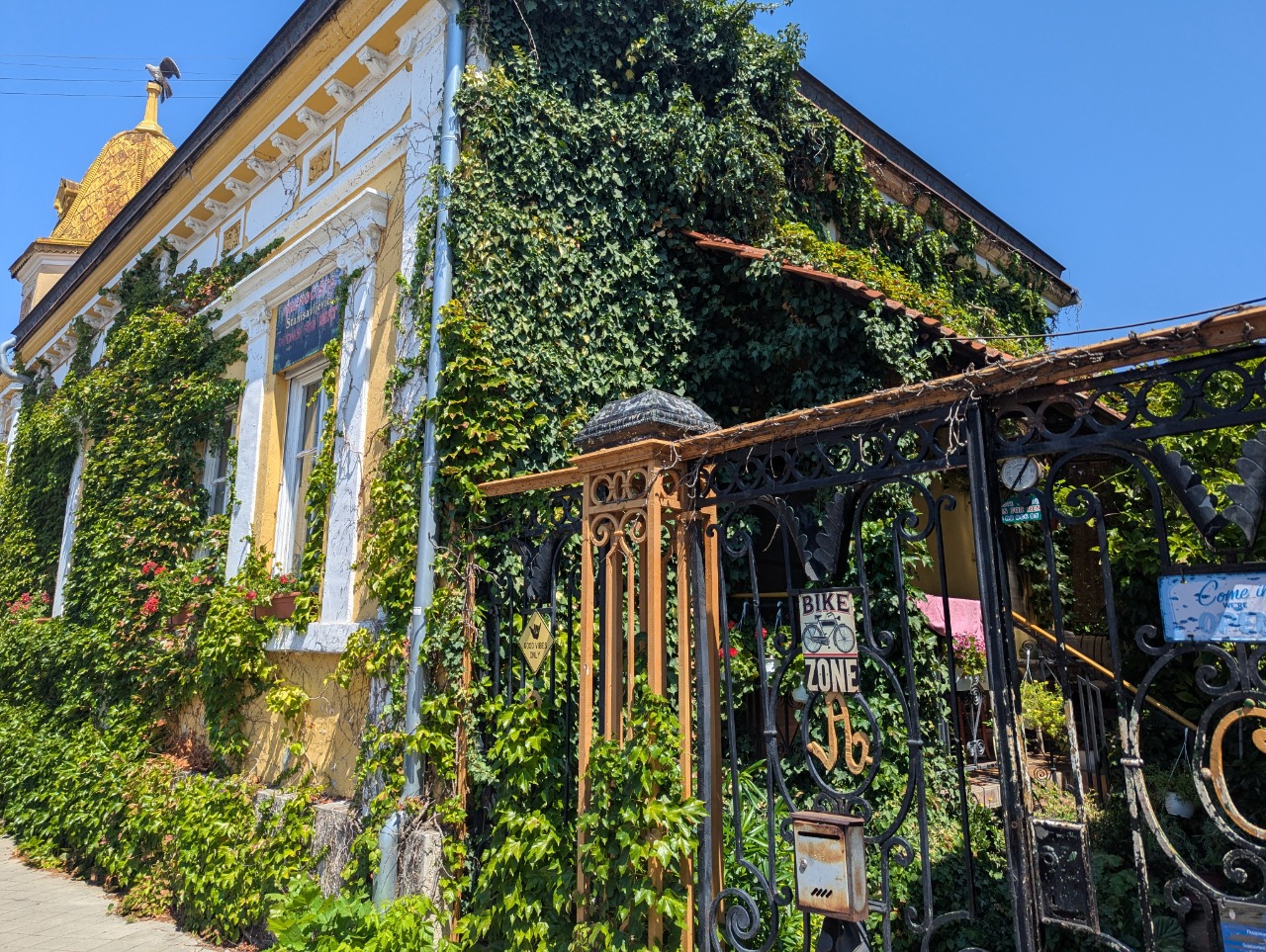
Bike hostel!


Accurate.
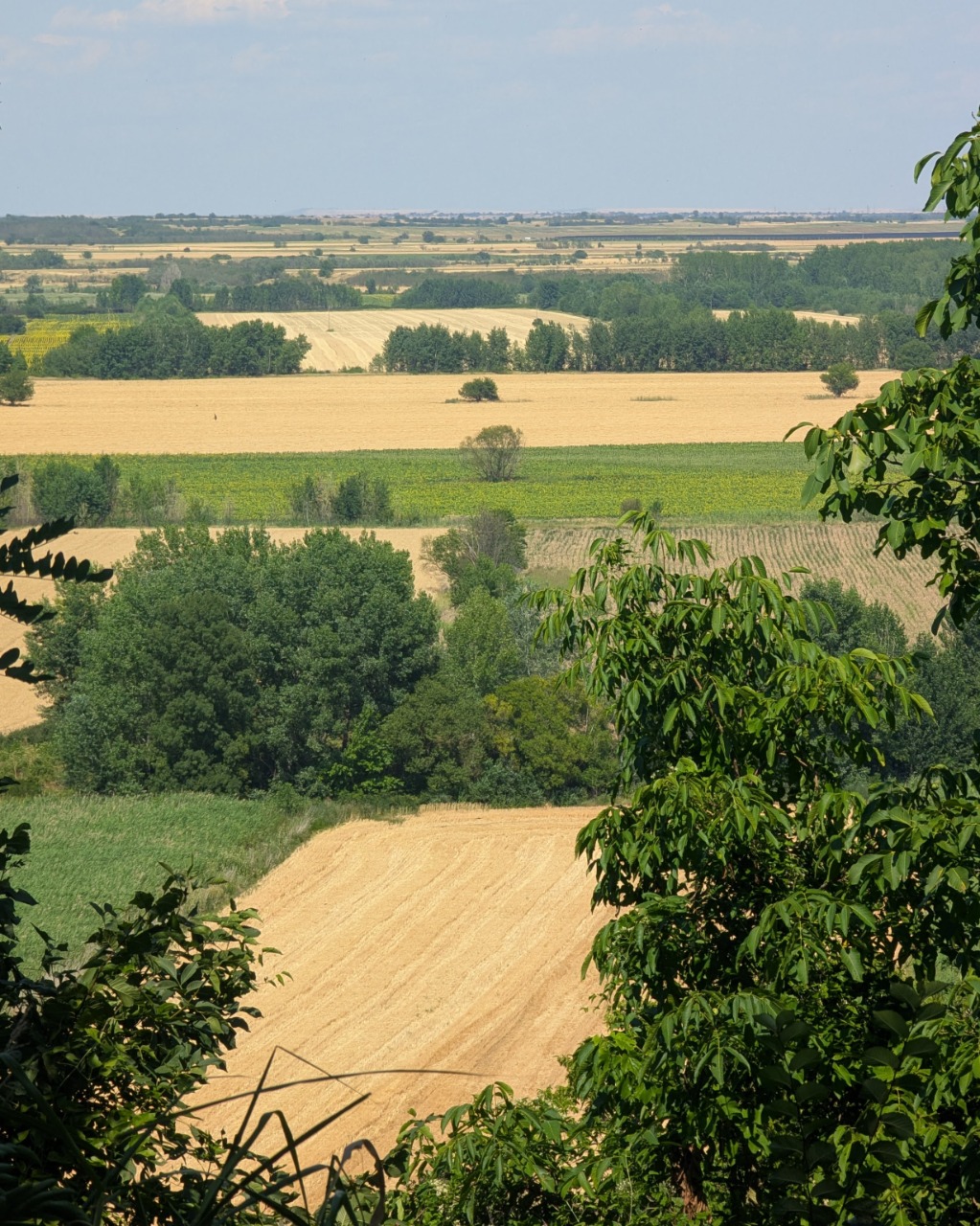

Somehow, it took this village to trigger my memory of having ridden the preceding 200 miles on a trip in 2020.

Sunset over the Soviet mid-rises.
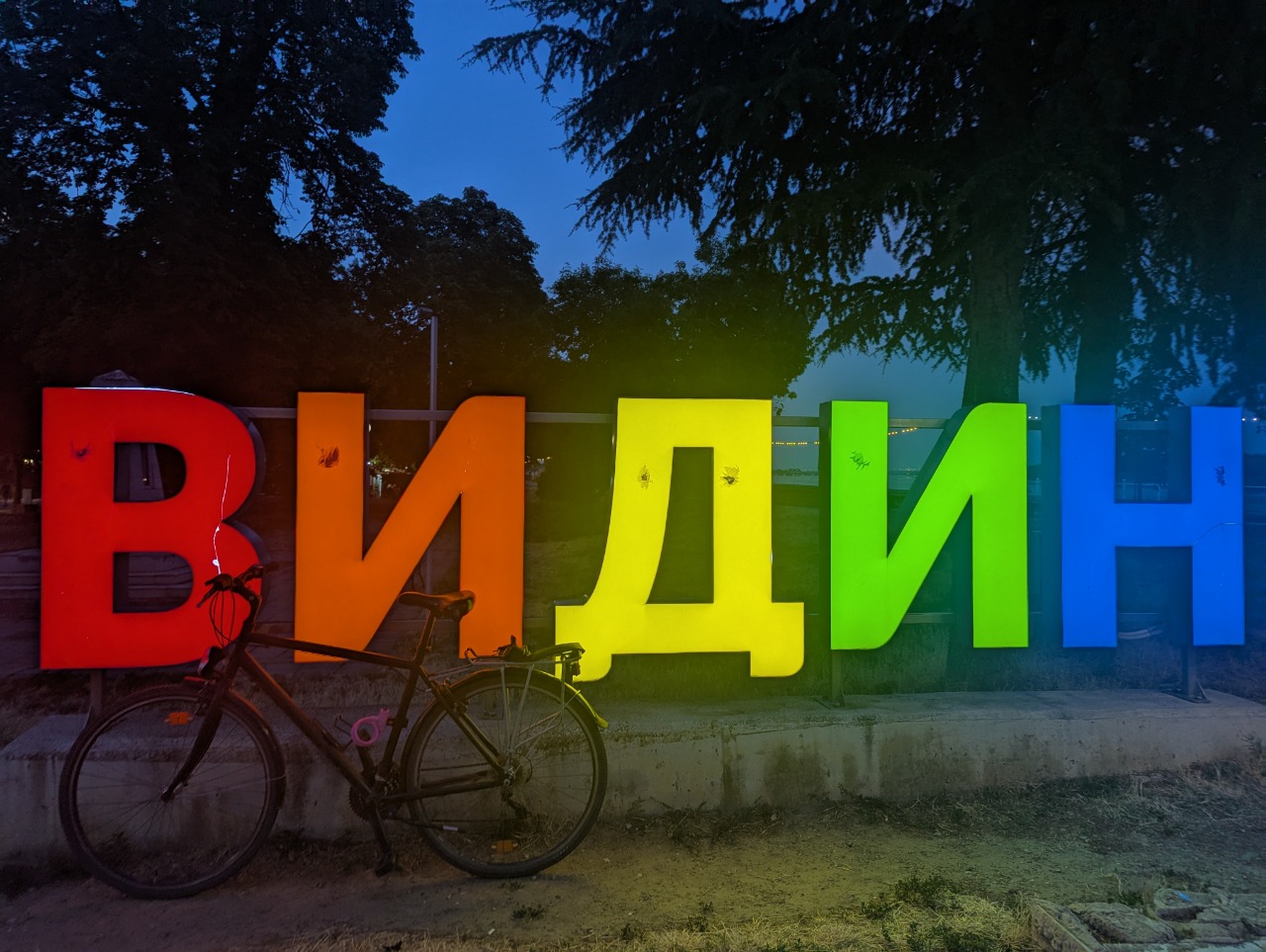
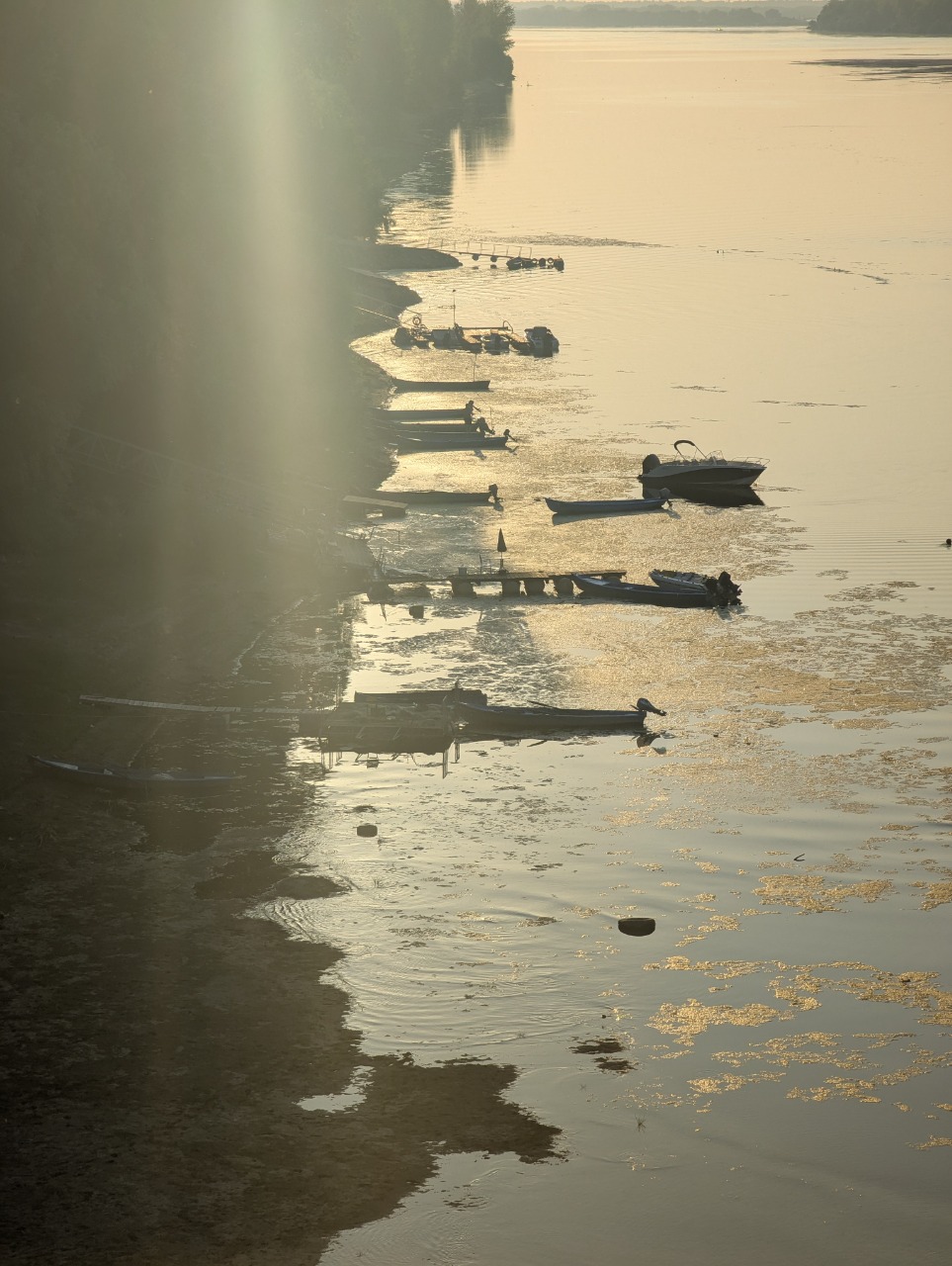

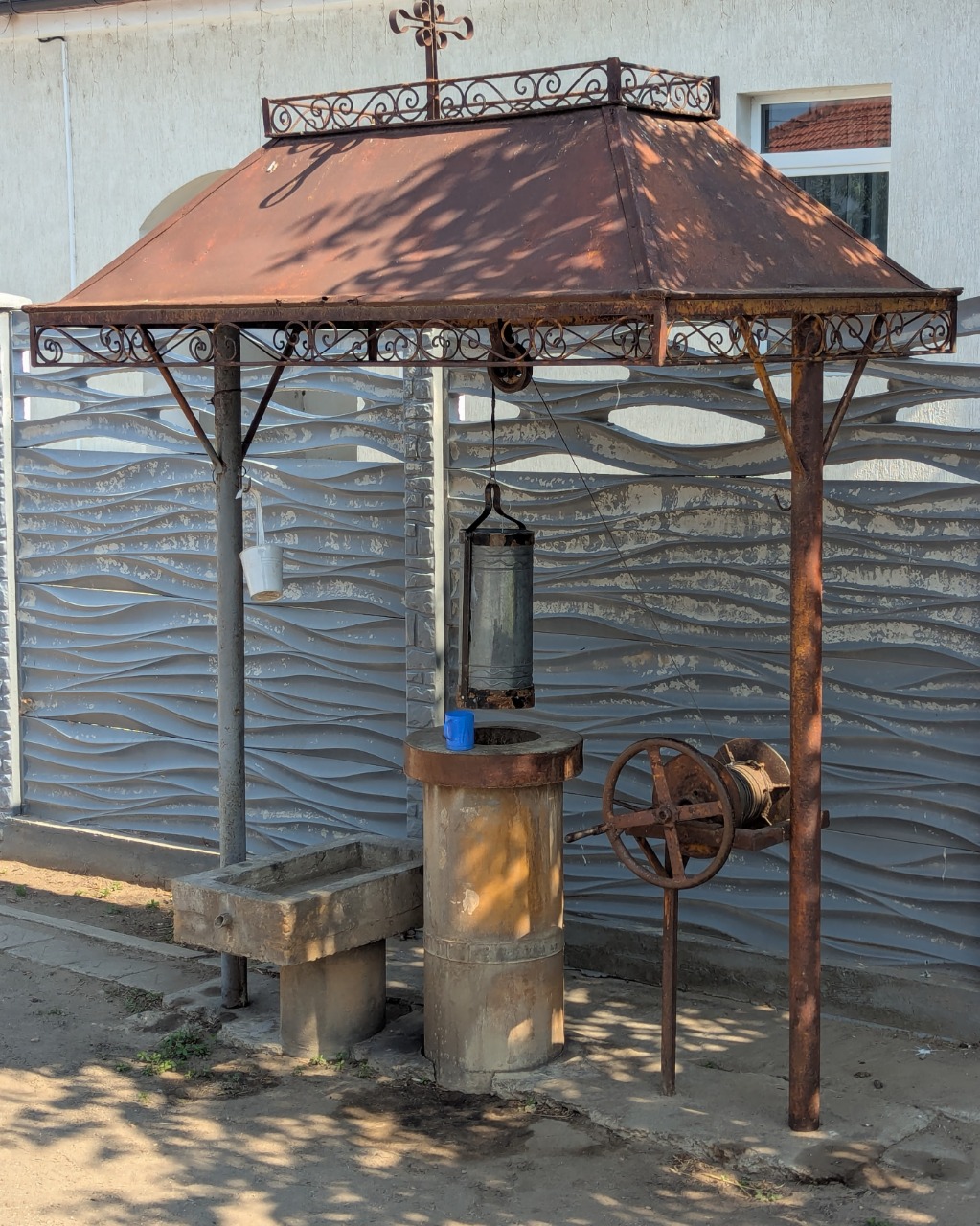
Every house and church had one of these wells out front.

Horse-drawn carts are still a common mode of transport in rural Romania.



I drank a solid gallon of free still water.
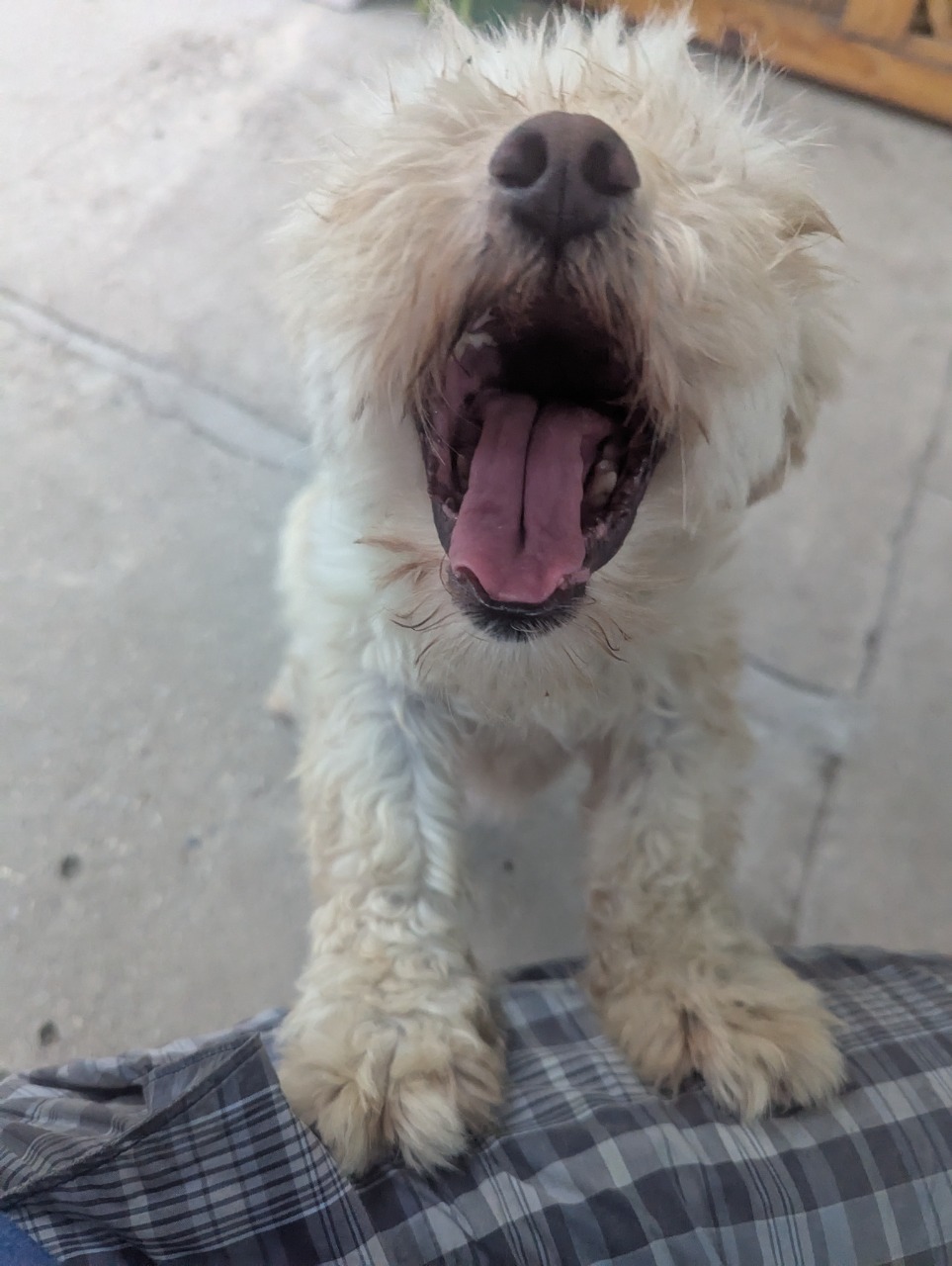
Aggressive dog
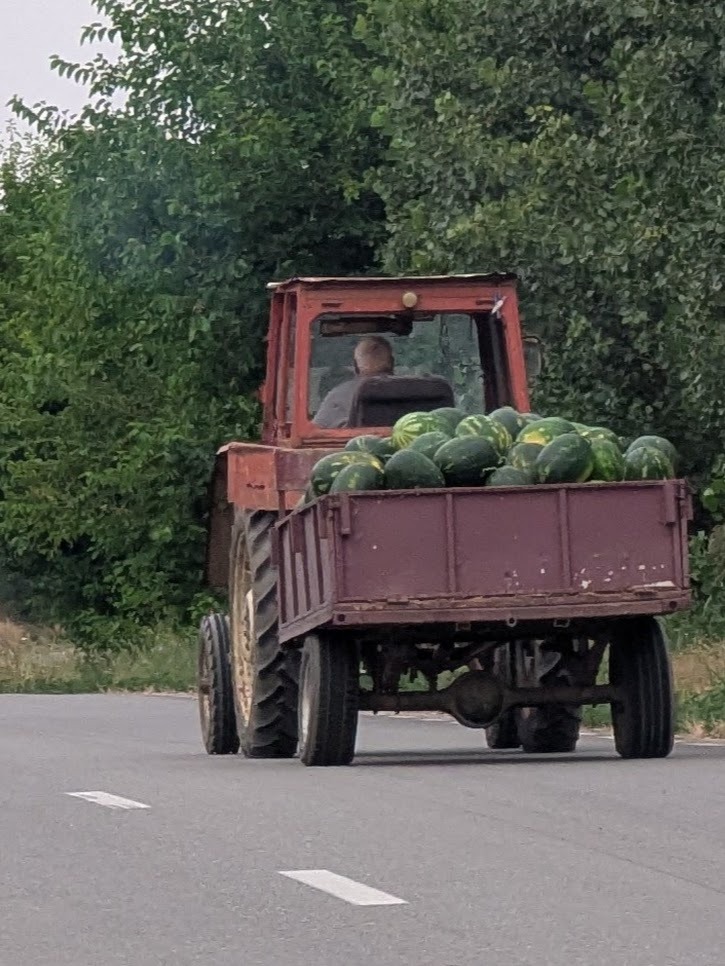
Watermelon season is in full-swing in southern Romania.



It inexplicably cost more than twice the price of my ticket to tote my bike along.
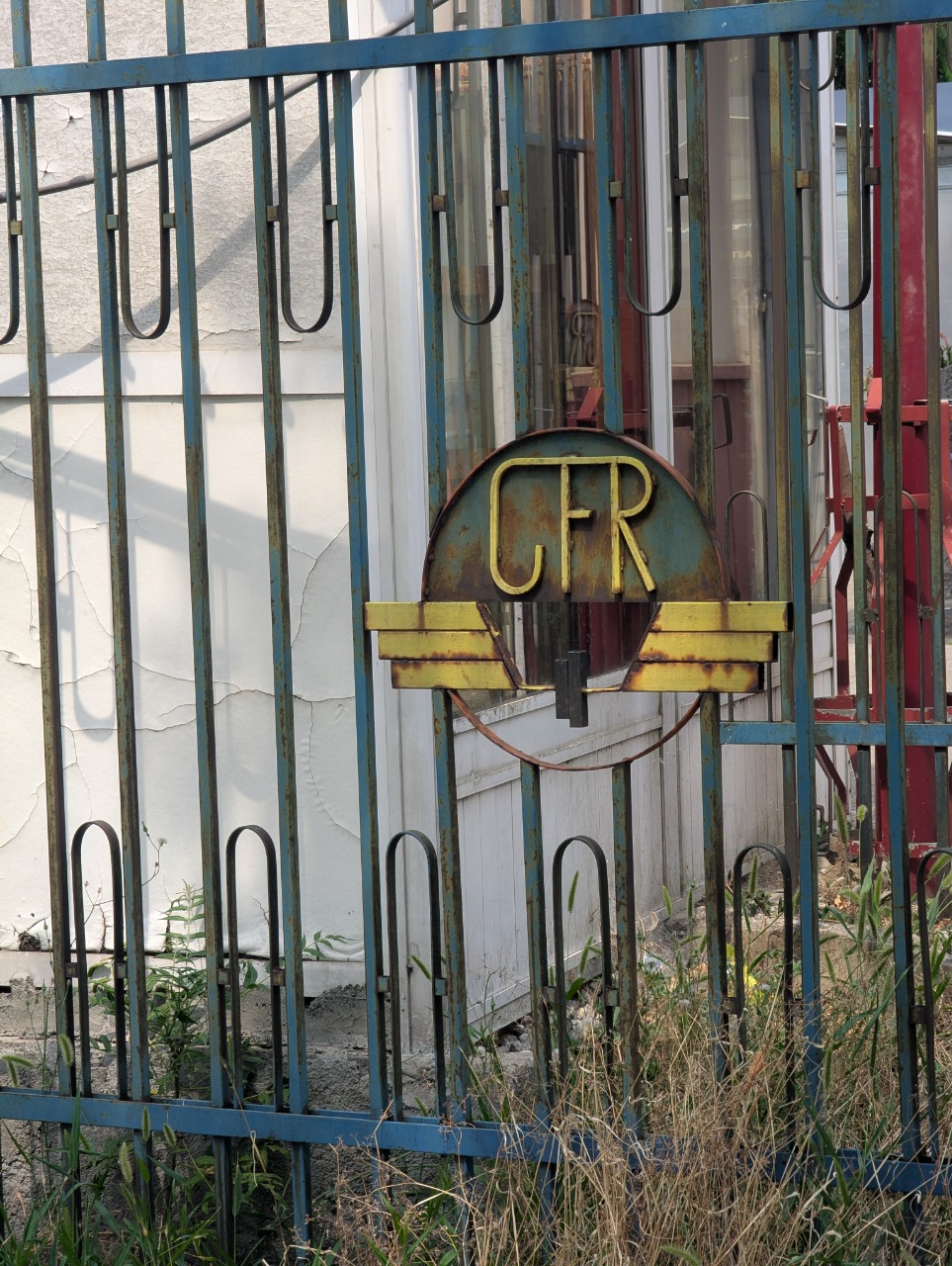

Vegetarian bean goulash
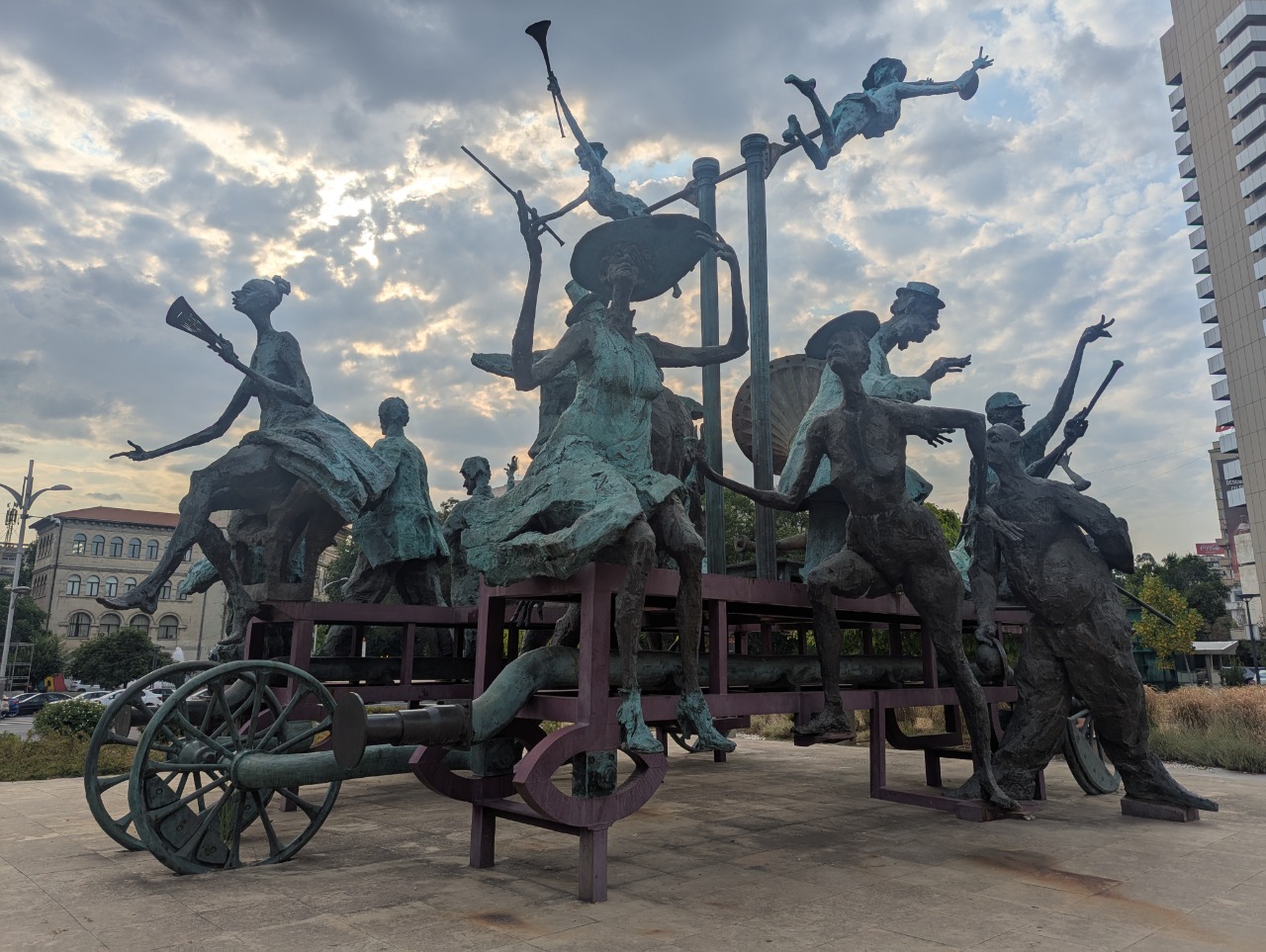

Bucharest’s primary airport checks all the wrong boxes; it offers no outlets, slow wifi, zero lounges, very overpriced food, and non-potable water. I had been summoned there by the promise of a cheap flight, direct to New York, offered by the discount carrier HiSky. This airline primarily flies small jets around Romania, but it does have a single Airbus A330 for their one transatlantic route. And unlike Norse, they offer two free meals, a mini-bottle of wine, and frequent cups of water.
When I reached my gate, I noticed someone wearing a puffy coat, and mused as to whether she might be from Denver. When they called her up for a passport check, I realized that she was in fact someone I knew. We soon learned that we were both on the same midnight Frontier flight from LaGuardia that would theoretically be leaving 10 hours after our landing at JFK. Sadly, Chicago weather would cancel this flight, along with many others, and strand us both in the city for an extra 24 hours.
When I reached my gate, I noticed someone wearing a puffy coat, and mused as to whether she might be from Denver. When they called her up for a passport check, I realized that she was in fact someone I knew. We soon learned that we were both on the same midnight Frontier flight from LaGuardia that would theoretically be leaving 10 hours after our landing at JFK. Sadly, Chicago weather would cancel this flight, along with many others, and strand us both in the city for an extra 24 hours.
